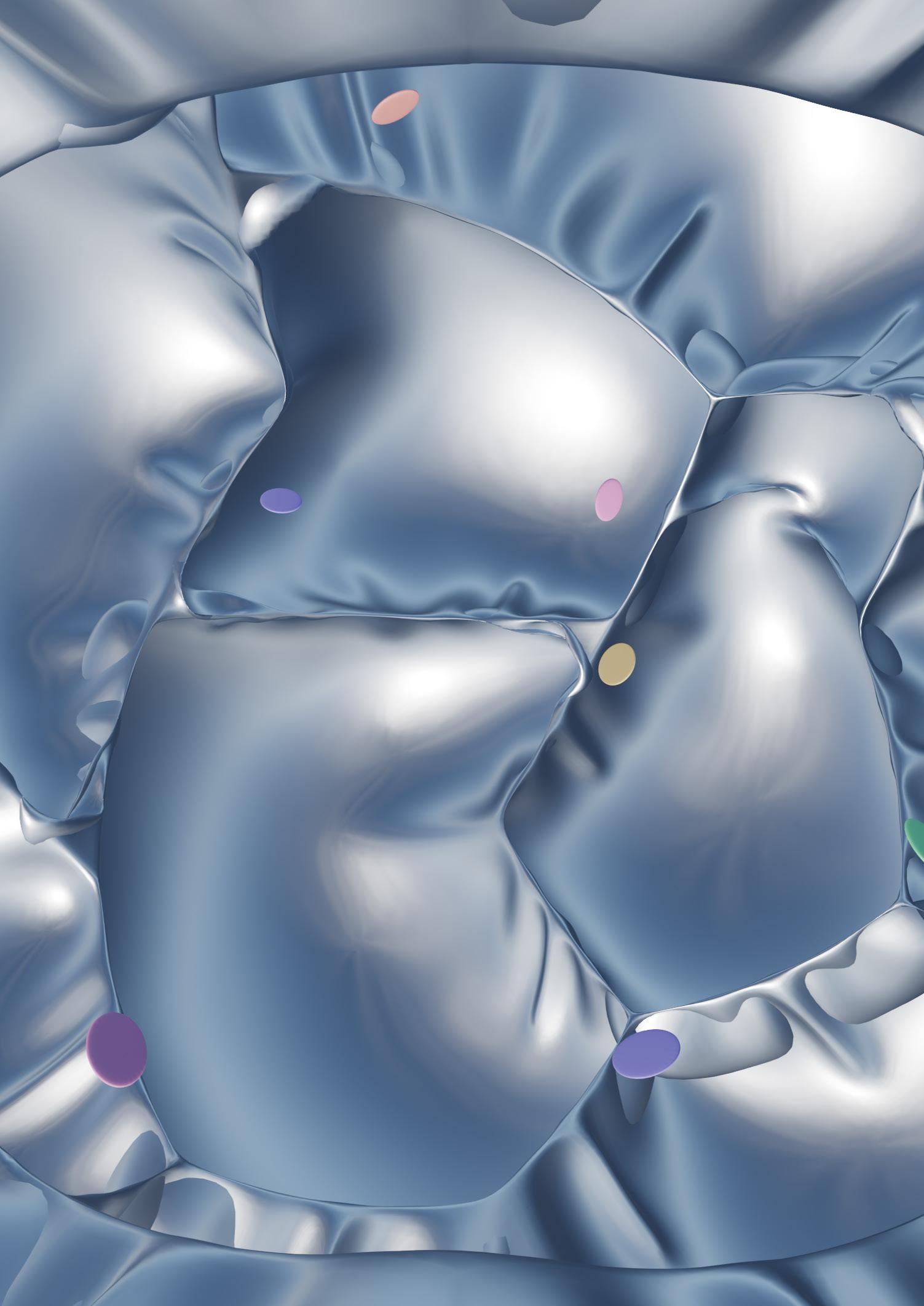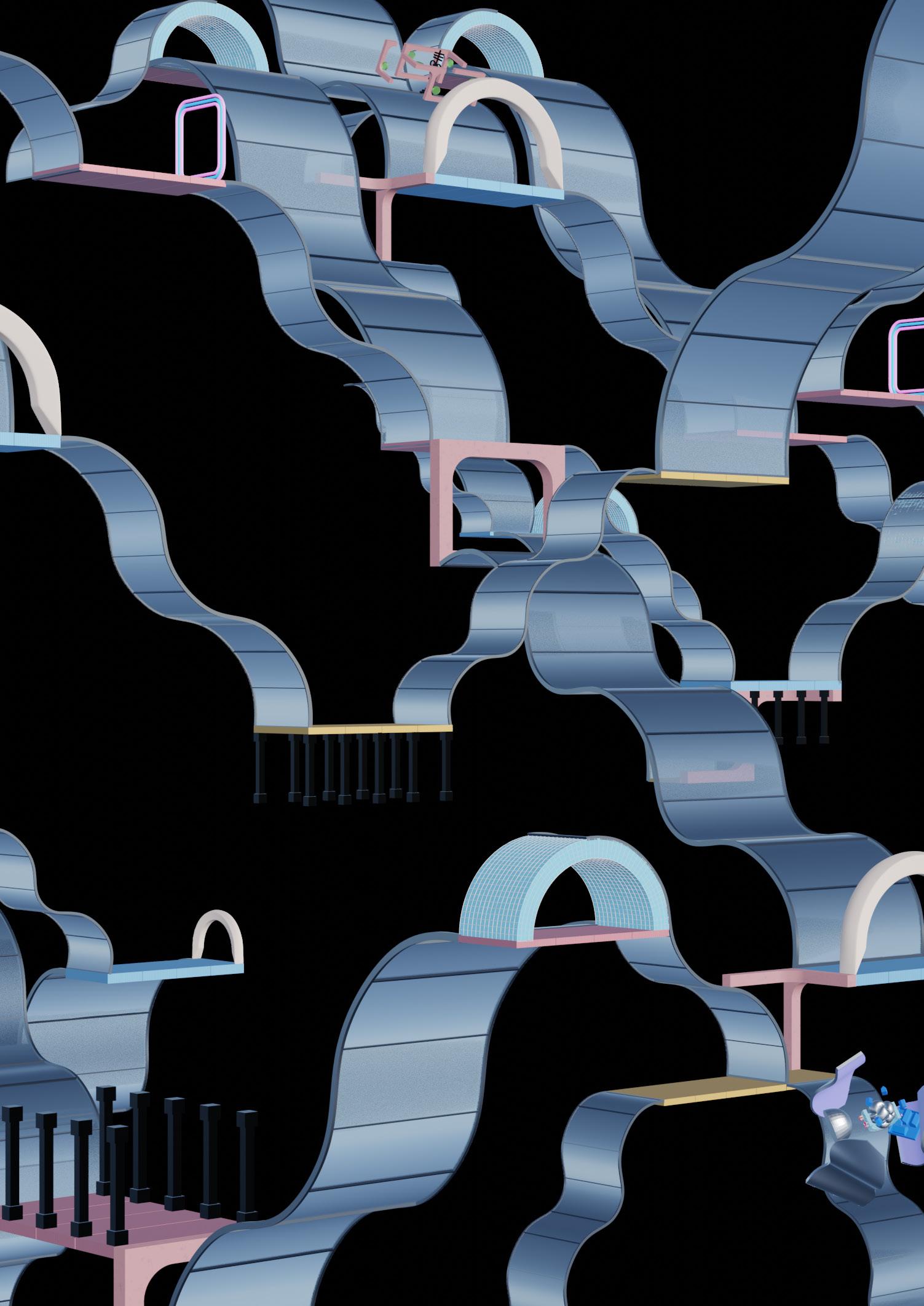Disembodied
Choreographing a Non-Binary Metaverse
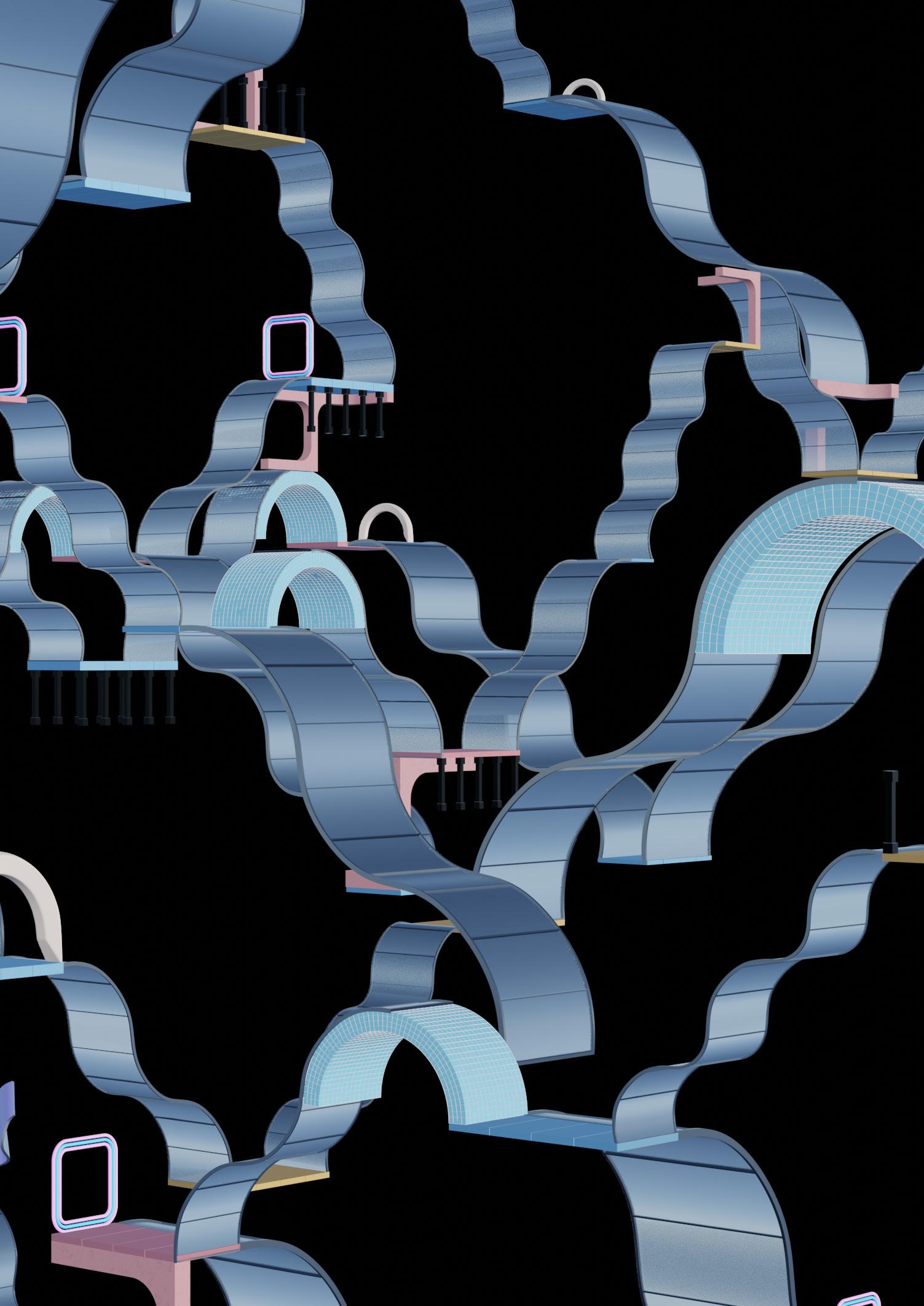
Giorgia Golzio Royal College of Art
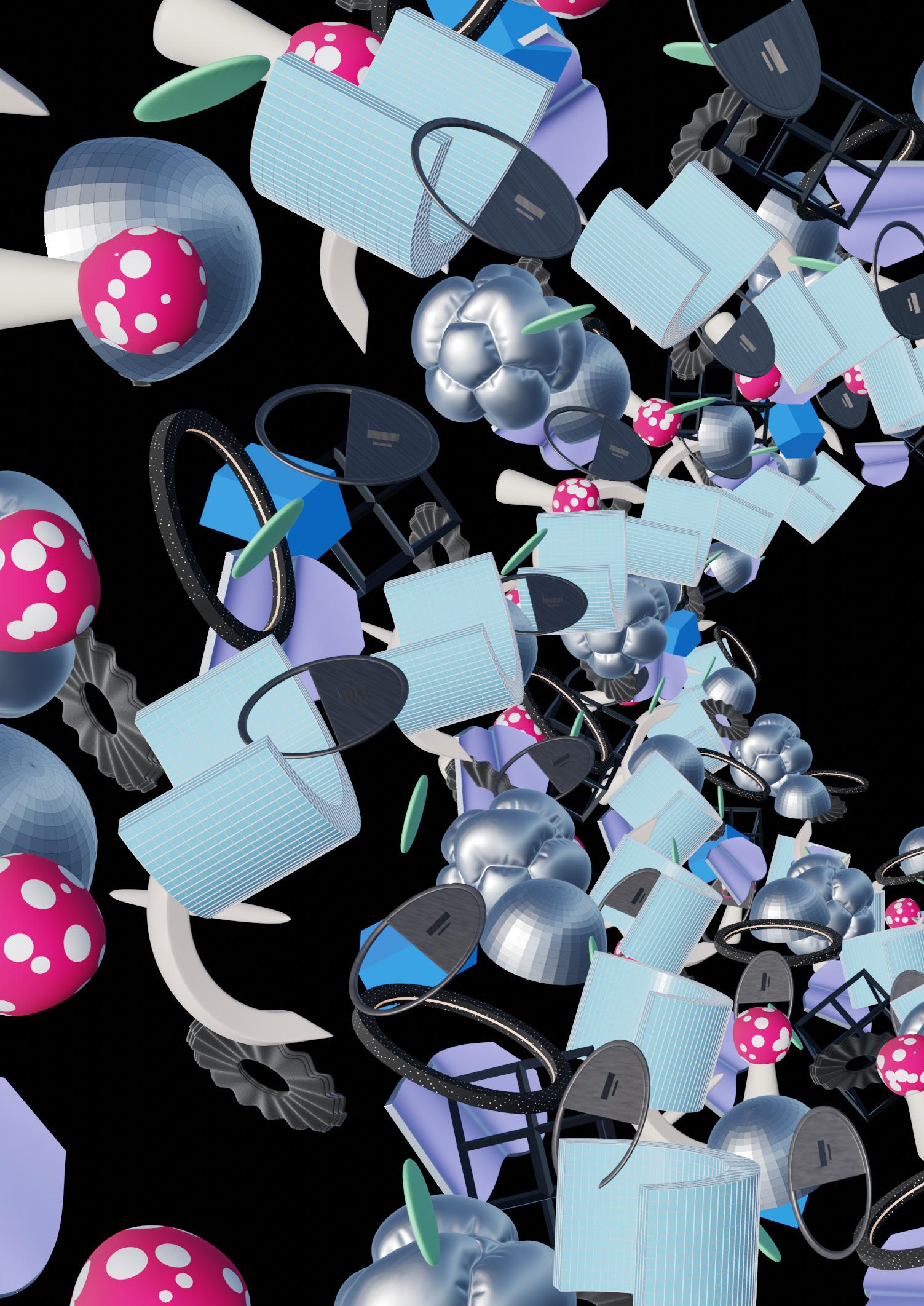
Disembodied
Choreographing a Non-Binary Metaverse
The rules of the metaverse are in constant motion, giving it the potential to be a zone of imagination in which anything is possible. We can manipulate and question the parameters and limits of this new technology, through the proposal of a new metaverse platform which steps away from binary modes of representation. A new methodology is proposed for avatar building, moving away from the anatomy of the human body entirely, in order to create a non-binary configuration of abstract elements; a disembodied personality. New ways of interacting with others online, through movement and dance are explored. This new metaverse is designed through these interactions, where space itself can be choreographed. Lying at the intersection between dance and architecture, a new virtual reality is created which is responsive to its users’ evolving personalities.

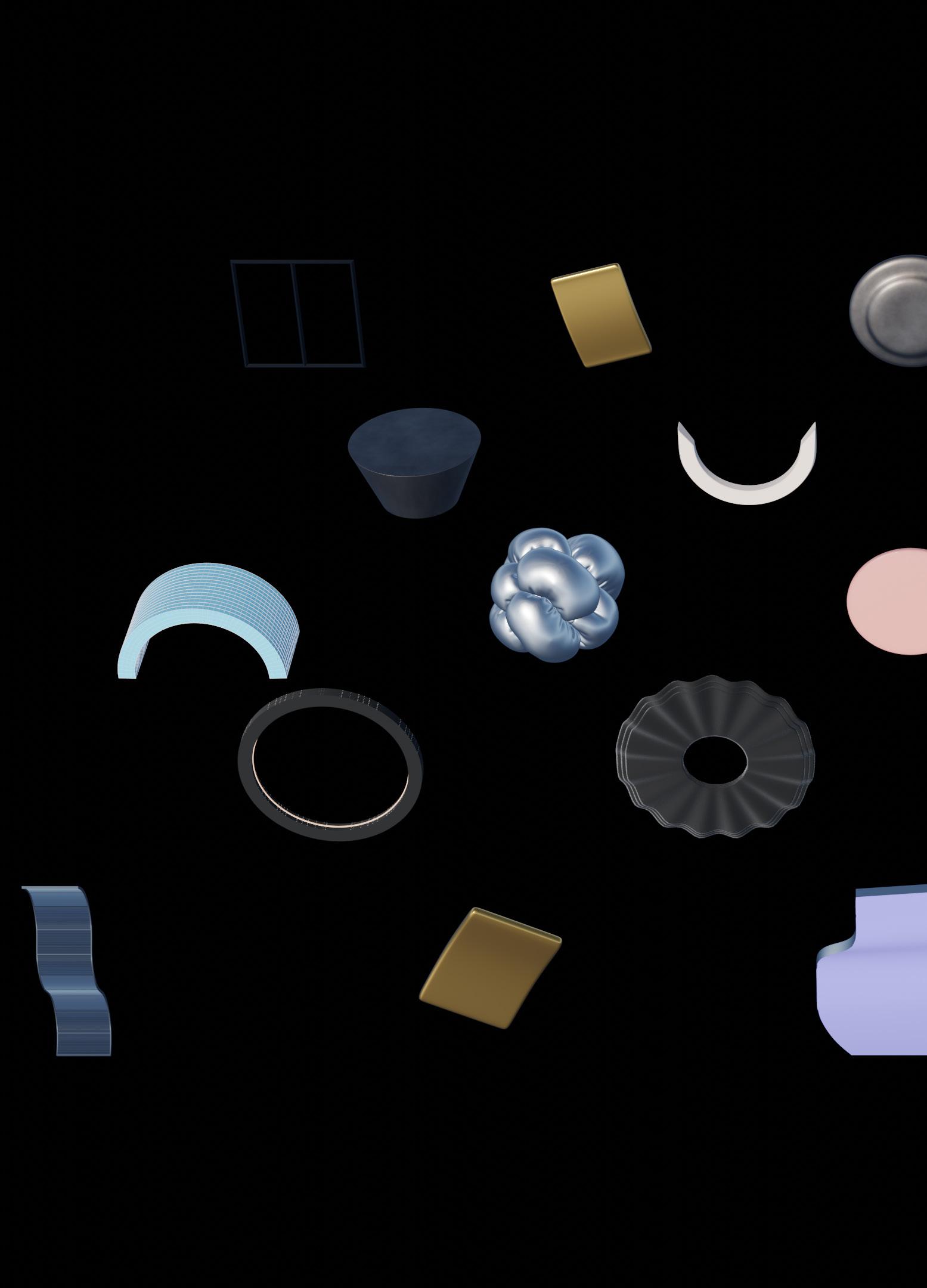
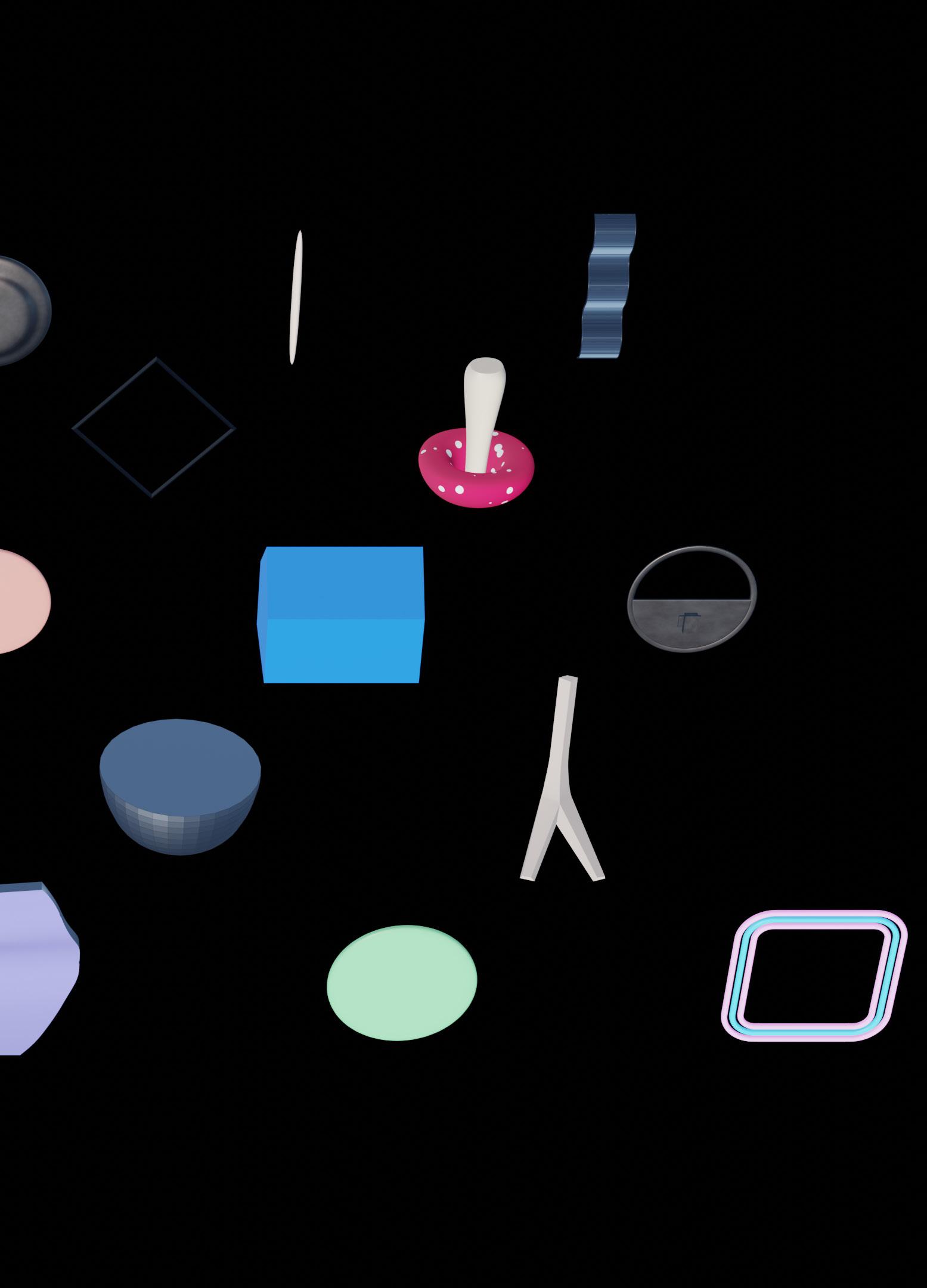
Project Overview I II III IV V Project Overview Copy Paste Meta Twins The Anthropocentric Gaze The Metaverse as a Testing Ground Desktop Performance 8 10 12 14 16 18 Virtual Dancing 22 Dance and the Computer Virtual Dancing 24 26 Choreographic Objects 28 6 The Body as Object Personalising Avatars and Environments Embodying Object Based Avatars Creating a Collective Environment Using AI The Collective Environment 30 32 48 50 52 54 Abstraction 56 The Practice of Abstraction Abstract Avatars Augmented Reality Abstract Avatar Development 58 60 64 68 Disembodied Personalities 70 Disembodied Personalities Choreographing Interaction and Space A New Metaverse Platform 72 84 114 Bibliography 116 Contents
Project Overview
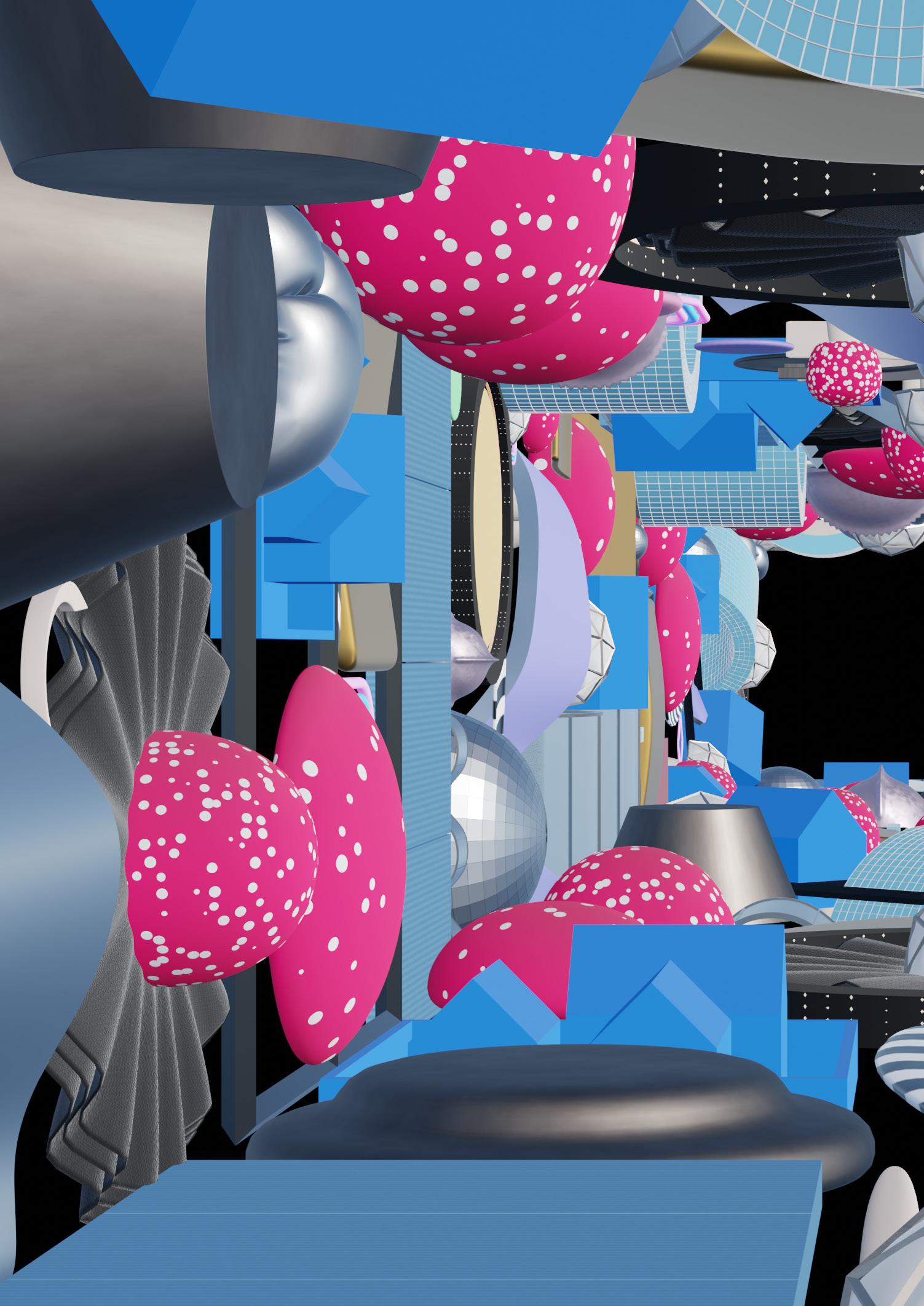
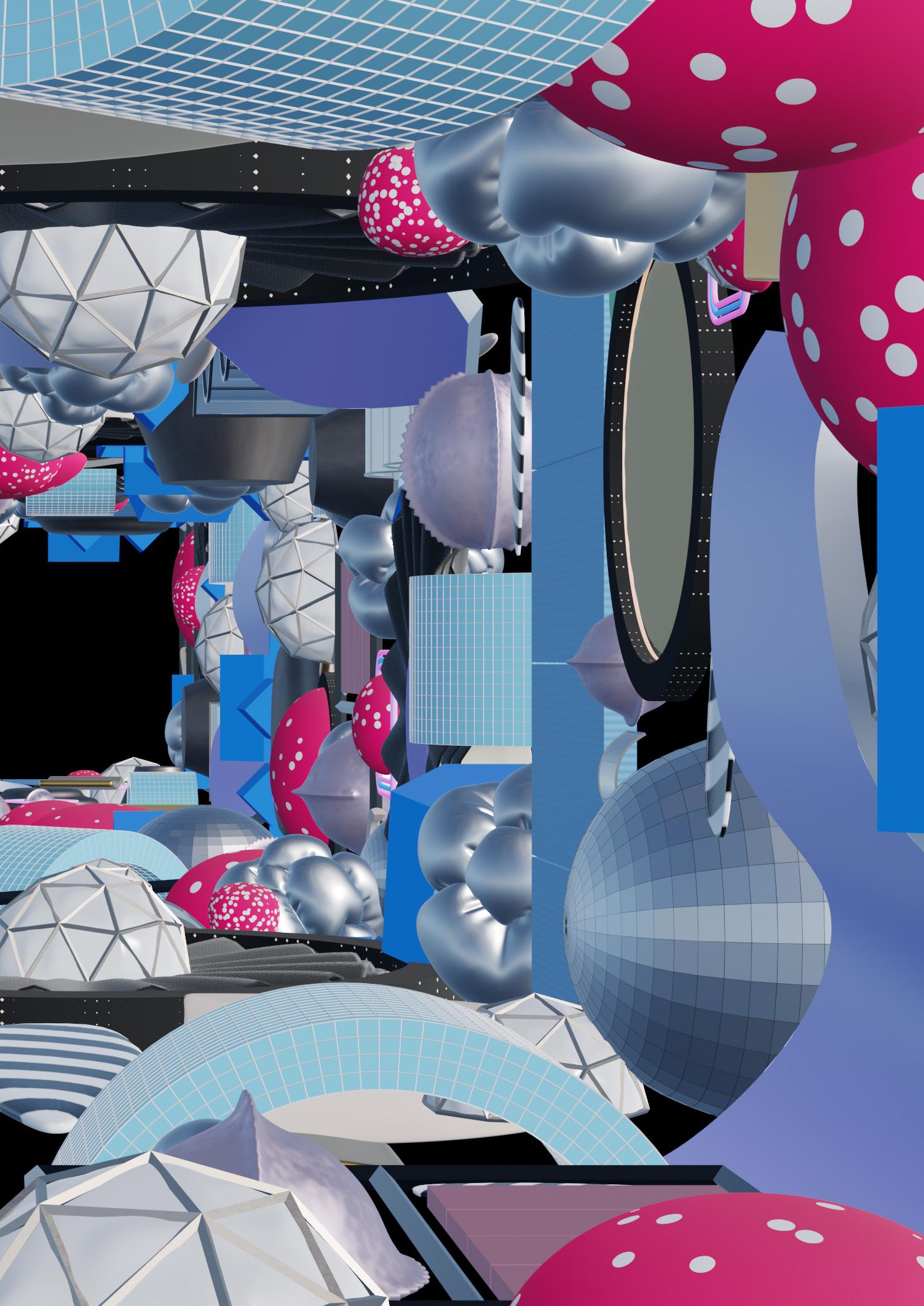
Project Overview
The project poses the following research questions: How can the abstraction of avatars in the metaverse offer a non-binary counter reality which promotes self expression? How can the interactions between such avatars inform the spatial quality of the metaverse? These two main streams of the project address how currently there are pre-coded binary modes of self expression in which we have to conform to online, and how existing models of the metaverse are reactionary. By replicating the real world, real world problems are also replicated online. The metaverse has the potential to become something else, and its virtual nature offers the opportunity for it to be used as a site for speculation. The project addresses these issues through the proposal of a new metaverse platform, which steps away from binary modes of representation. It instead creates a non-referential and abstract virtual world in which people no longer interact using words but by means of movement.
RESEARCH QUESTIONS URGENCIES
How can the abstraction of avatars in the metaverse offer a non-binary counter reality which promotes self expression?
How can the interactions between such avatars inform the spatial quality of the metaverse?
Binary Modes of Self Expression
A Reactionary Metaverse
8
Metaverse (virtual reality)
9 SITE METHODOLOGIES DESIGN OUTPUTS Disembodied Personalities
Metaverse
Choreographed
Dance Animation
AI
Abstraction
Copy Paste
There is an increasingly intersectional relationship between the physical and the digital world. The COVID-19 pandemic has been a major catalyst in accelerating this, forcing our social interactions and everyday activities to become increasingly digitised. The progression towards a digitised world is in sight, with technological advances and emerging models of virtual realities introducing new possibilities. But to what extent do these tools go beyond real life? Are these merely a recreation of our conventional world and its problems?
Technological advances mean that digital rendering software now behaves according to real world physical forces; everything can be simulated realistically. Current models of the metaverse, such as Meta’s Horizon Worlds, Decentraland, and The Sandbox, are based on the concept of digital twins and mirror worlds; they are an exact copy of what exists in the physical world. Such models largely undermine the potential of the metaverse due to their large resemblance of the physical world. The lack of imagination limits us to what we already know about the physical world and has resulted
in the creation of “ordinary” virtual realities. Simply transplanting real world logics into the metaverse recreates the social, economical, political problems that we find in the physical world. How our real life environments and societies should be designed are decisions that are currently in the hands of a small elite, namely white men. This is also true of the metaverse, with individuals such as Mark Zuckerberg in charge of these ultimately capitalist platforms that lack inclusivity. We need to shift this power in order to enable the democratisation and decolonisation of our spaces. Due to the metaverse’s commodified and commercial nature, there is no real freedom for people to express themselves in these platforms. There is a real urgency in the fact that these existing models of the metaverse are replicating the real world and are ultimately reactionary. If we are spending more time existing in digital spaces, we need to develop mature ways to both exist and to benefit from these conditions. If we keep doing this by mimicking reality and, consequently, projecting it, the metaverse will remain limited.
10
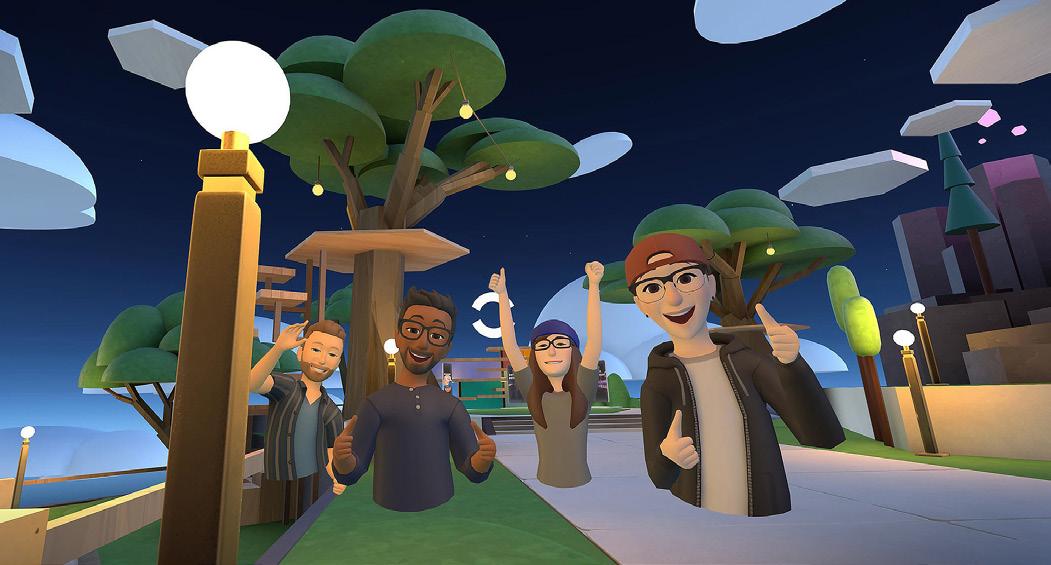


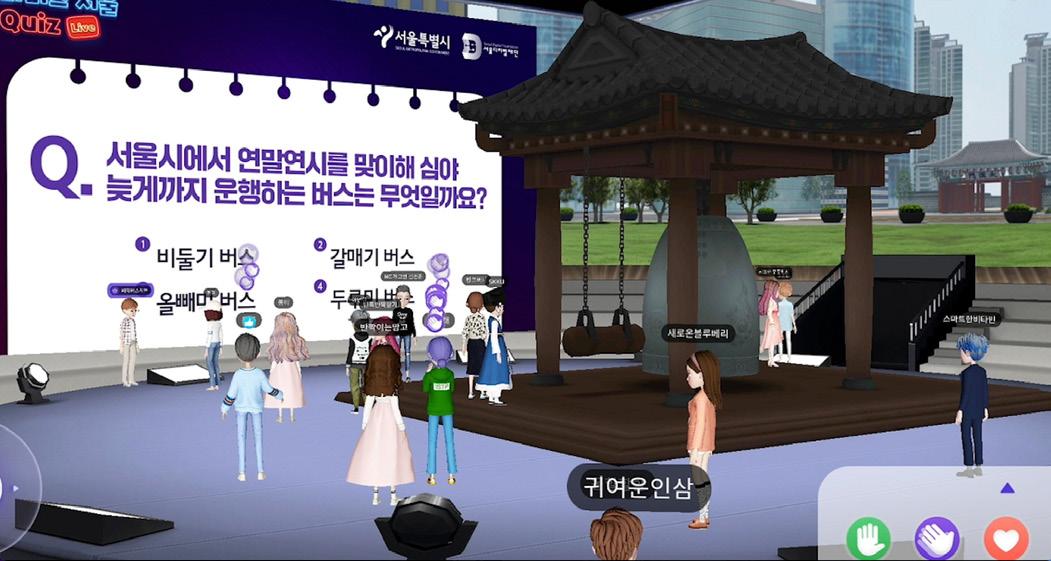
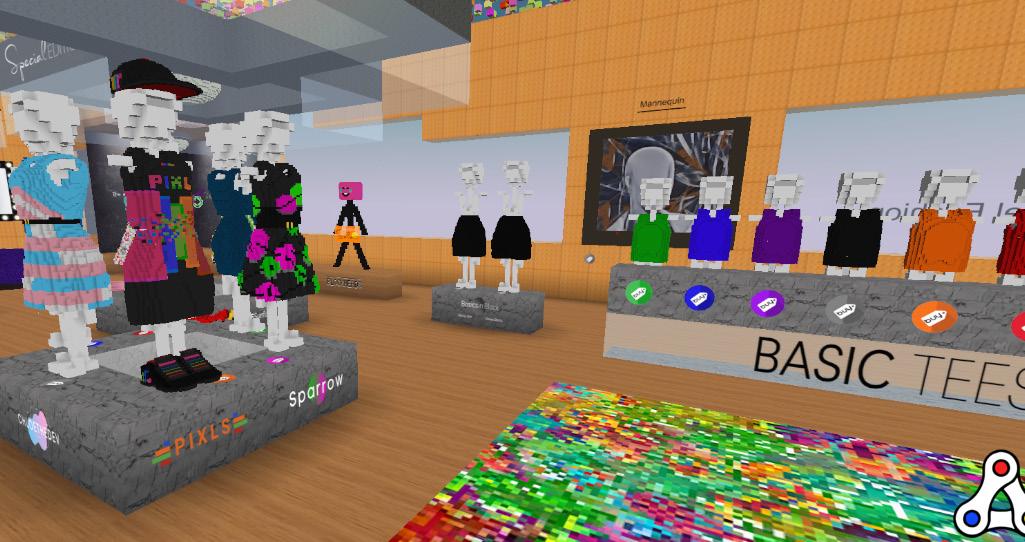
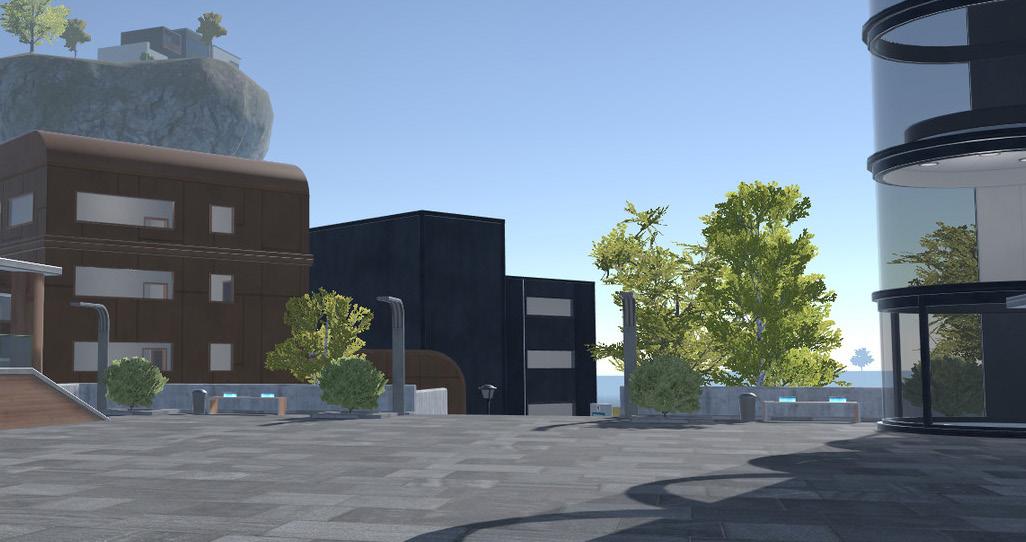
11
Horizon Worlds by Meta
The Sandbox
Voxels
Somnium Space
Seoul Metaverse
Decentraland
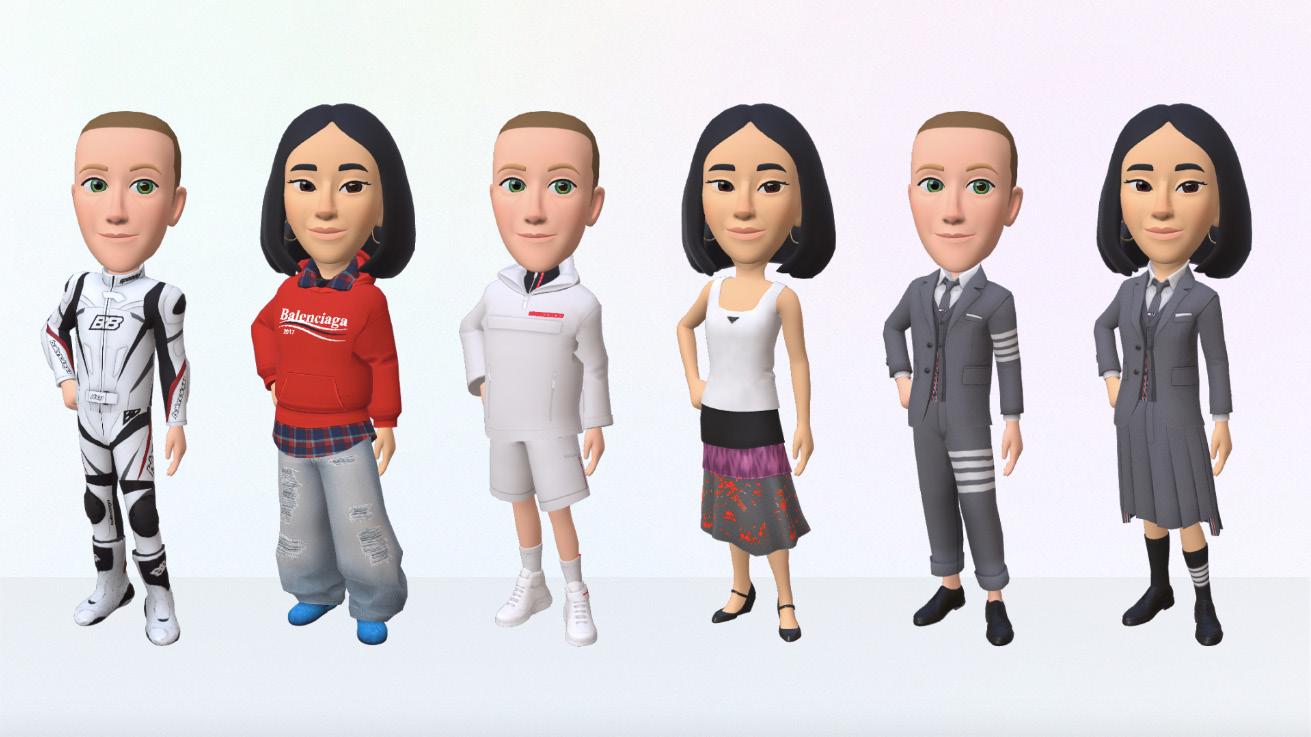

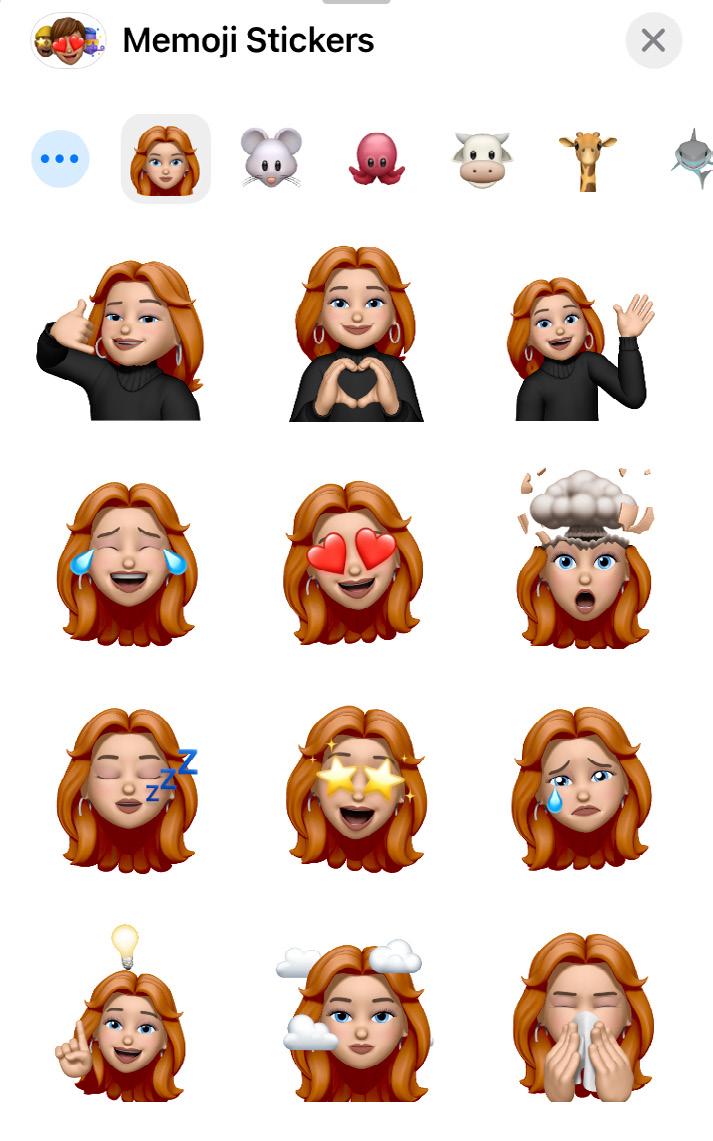
12
Meta Avatars
Snapchat Bitmojis
Apple Memojis
Meta Twins
As well as replicating our physical environments, these emerging virtual realities have created meta twins; avatars that are representational of human body. These are advertised as an opportunity to allow metaverse users to “express themselves”, however, they are in fact limited.
With these representational avatars come issues of representational bias. The binary logics in perceiving identity and gender, and, with this, the sexualisation of the female body, is an ever present phenomenon and is resonated through the representational design of these avatars. On top of this, Western culture highly dominates online and digital platforms, and racial bias and lack of non-Western exposure is ever present in the design of these avatars, which have been designed based on Caucasian facial and bodily features. Ultimately, we exist in conservative environments with conservative ideas of
gender roles, the human body, and race. Instead of using the metaverse as an opportunity to challenge these biases, these are being deepened through its conservative design.
The way these avatars have been designed to behave also mimics the way in which we perform human activities and interact in the real world. As a result of this, there is lack of room for self expression in the metaverse and consequently the interactions and connections between users are also limited to what we can already experience in the physical world.
13


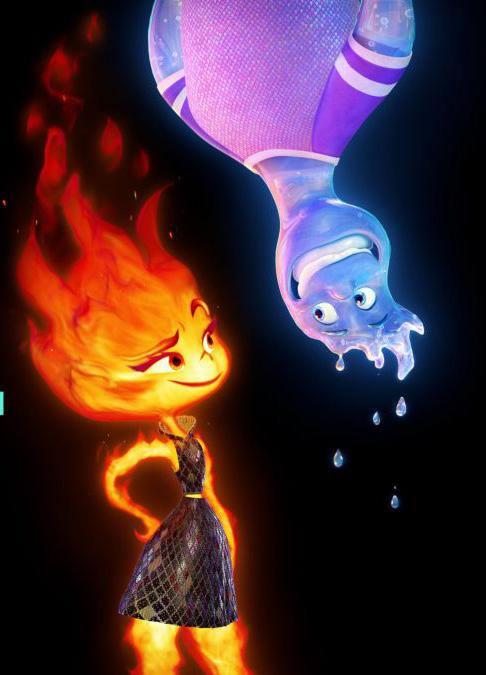
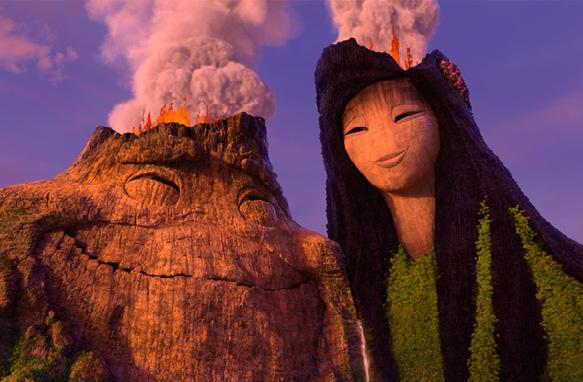
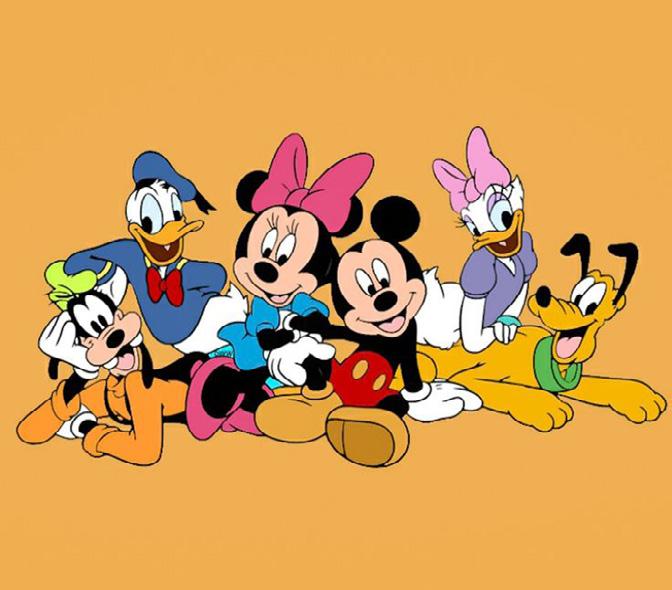






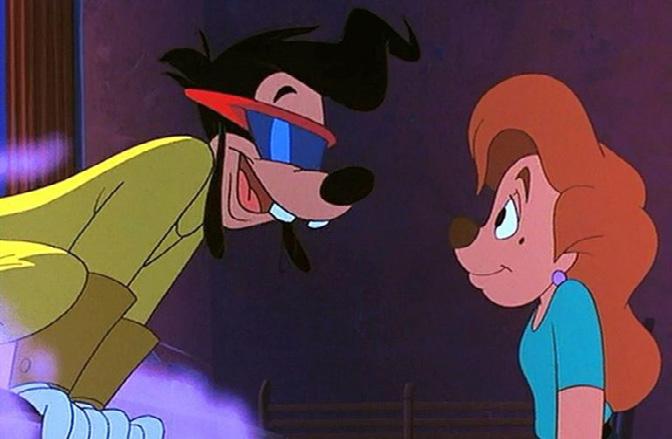
14
Elemental, 2023
Robin Hood, 1973
Lava, 2014
WALL-E, 2008
Beauty and the Beast, 1991
Mickey Mouse and Friends, 1928 - Present
Frozen, 2013
A Goofy Movie, 1995
Winnie the Pooh, 1977
Cars, 2006
Zootopia, 2016
Lady and the Tramp, 1955
The Anthropocentric Gaze
As human beings, we always put ourselves at the centre of things. Even Jakob von Uexküll’s Umwelt theory refers to this, which is the idea that every living being has its own selfcentred world. When we try to conceive fictional worlds and characters we often resort to anthropocentrism and also anthropomorphism. This is how we relate to things, however, it can also be problematic.
A primary example of this phenomenon is in Disney’s design of anthropomorphic characters. All of these personified characters that currently exist are based on binary gender roles, and the sexualisation of the female body. Female characters are often designed based on Western beauty standards; young characters with features such as hourglass figures, long hair, long eyelashes, and heart shaped lips. There
is also racial bias rooted in this, where characters are based on Caucasian features such as round eyes, high cheekbones, and thin nasal apertures. These characters are of homogeneous nature, suffering from “same face syndrome”, ultimately perpetuating racist and sexist ideologies. Metaverse avatars are also designed in a similar way.
In the metaverse we have the opportunity to disconnect ourselves from anthropocentrism, anthropomorphism and the biases attached to these. The metaverse could be the inverse of these phenomena due to its digital nature. The metaverse is synthetic, meaning that we can be free from the world’s laws of nature. Moving towards the unnatural and the artificial is an opportunity, a liberty we need to embrace.
15
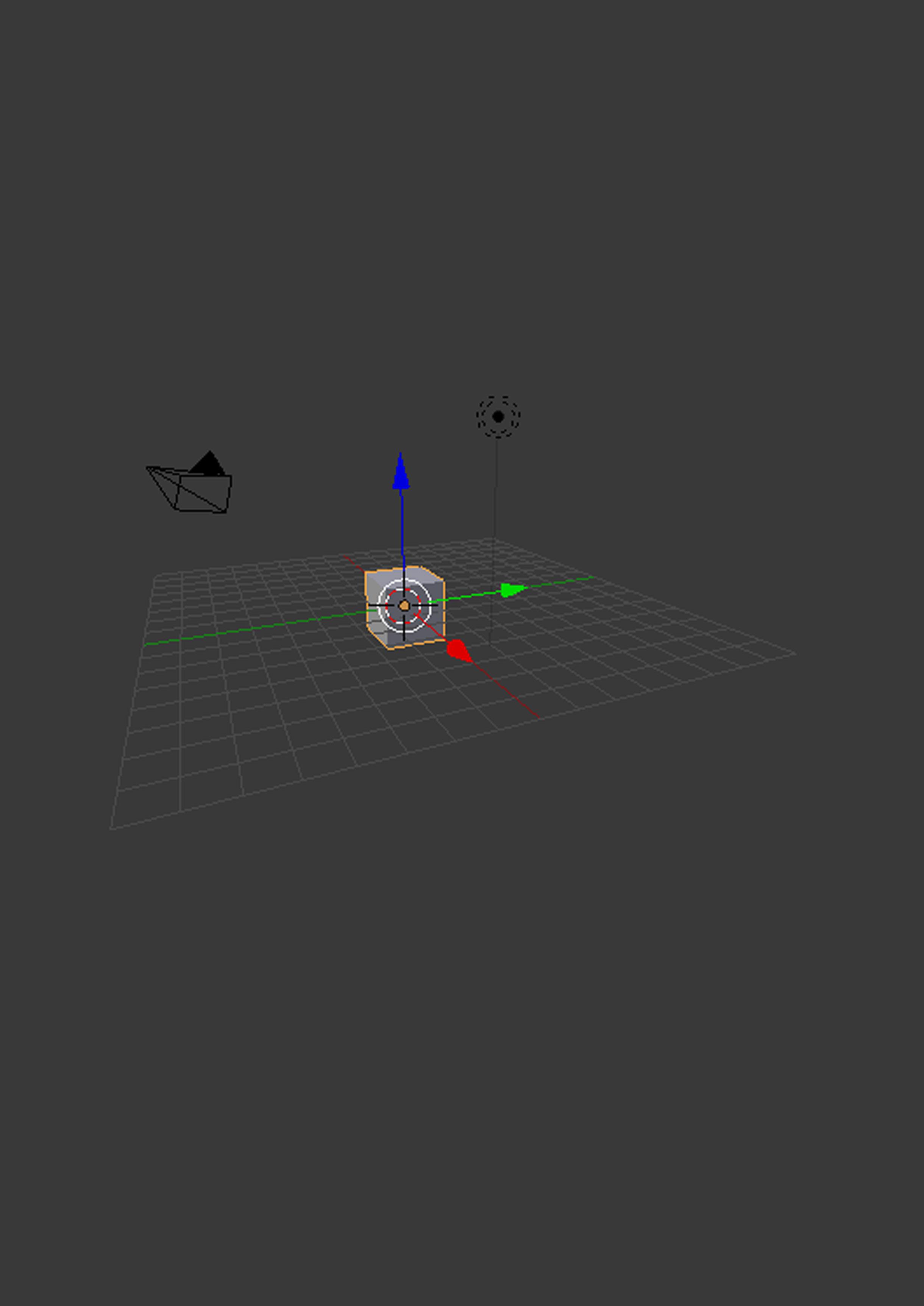
The Metaverse as a Testing Ground
The project takes place and unfolds in the metaverse, using it as a testing ground. Creating an extension of reality, or, in this case, a digital reality, can be a tool for learning. In a digital site, we can set out rules, parameters and control conditions similarly to setting up an experiment. The digital space can become a testing ground where we can then extrapolate successful models to the physical world; we could essentially be using the metaverse a societal model.
The metaverse offers us the opportunity as designers to build a world in which we do not have to project the physical world’s laws of nature and conservative views; it’s all about exploring. Virtual reality allows us to break away from the laws of the physical world which currently
constrain society; the metaverse has an emancipatory potential. For example, the metaverse could offer a precedent for testing a non-binary environment where gender is no longer at stake. By using the metaverse as a tool for speculation, we could imagine more equitable world views that are currently dismissed as impossible by challenging, changing and breaking the laws of the physical world. We can use the metaverse as a speculative scenography for change in the physical world. Using these digital tools and techniques allows us to experiment with representation and reformulate what we define as architecture, ultimately challenging our notion of architecture, and space by demanding new formats of digital representation in the metaverse.
17
Desktop Performance

Taken from my Desktop Performance, the following stills highlight the urgencies and methodologies behind the project:
• Existing examples of reactionary models of the metaverse
• Binary modes of self expression in the physical world which have penetrated through to digital spaces.
• The relationship between dance and the computer and how we can use it to discover new movements.
• How we can abstract the human body through dance.
• How dance can apply to something other than the human body.
• How abstraction can be used to reject conventional and patriarchal norms about the human body and with that, gender, sexuality, and identity.
18
PLAY VIDEO
A Reactionary Metaverse Binary Modes of Self Expression
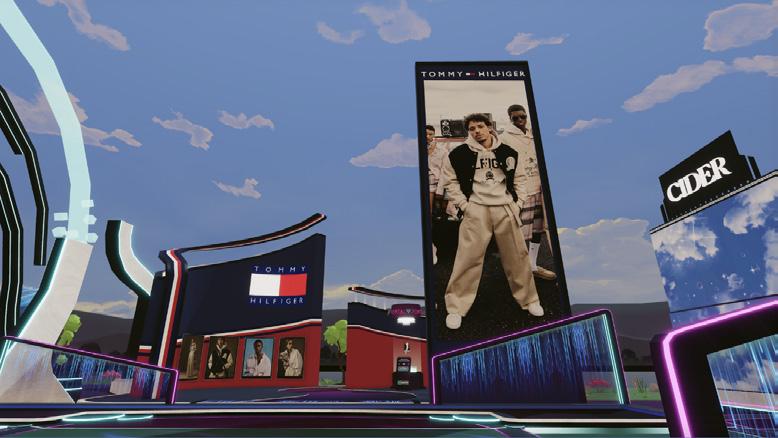


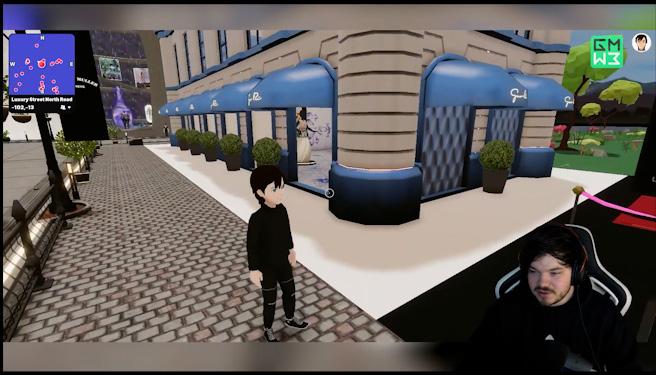

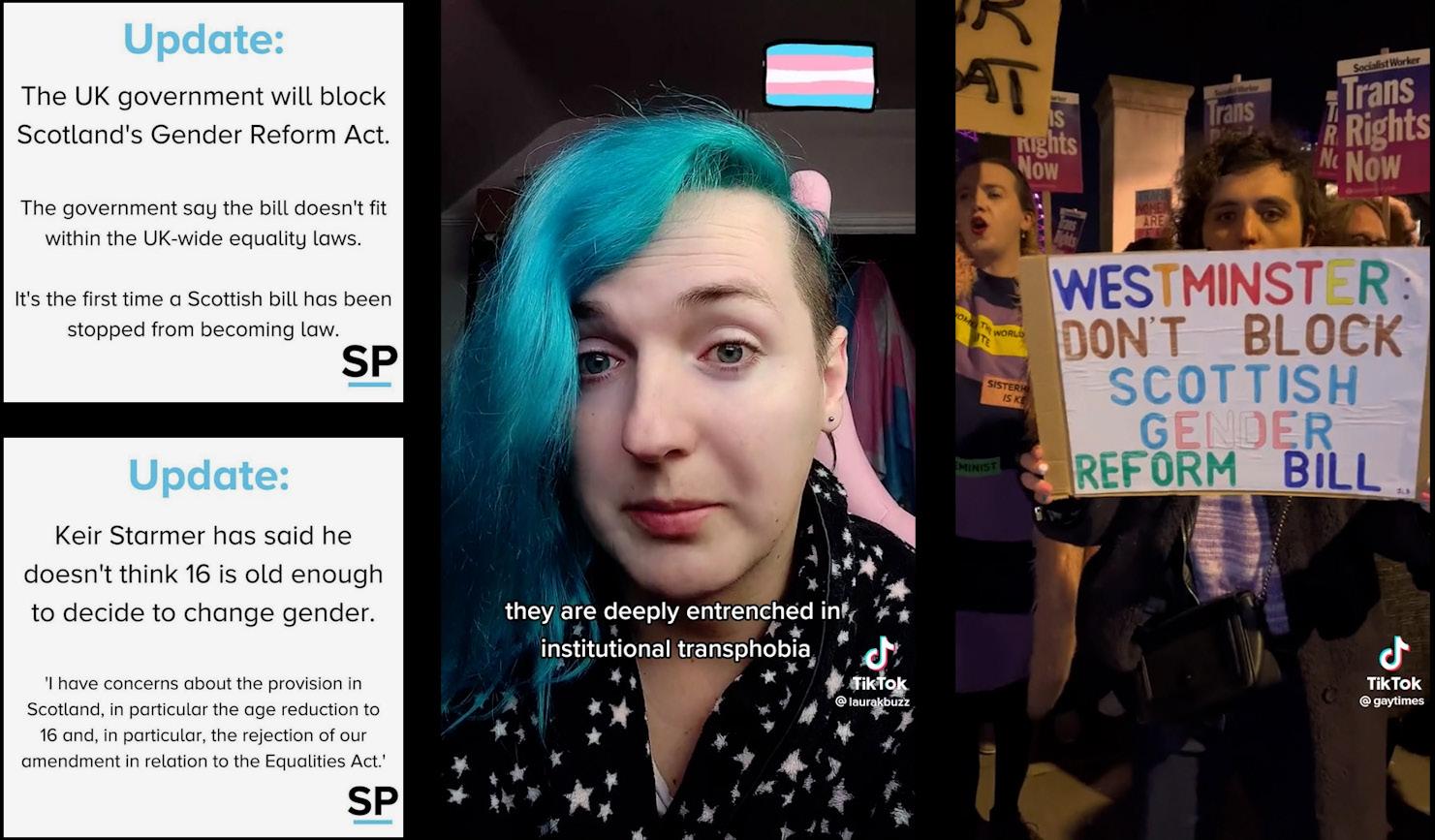

Binary Modes of Self Expression

19


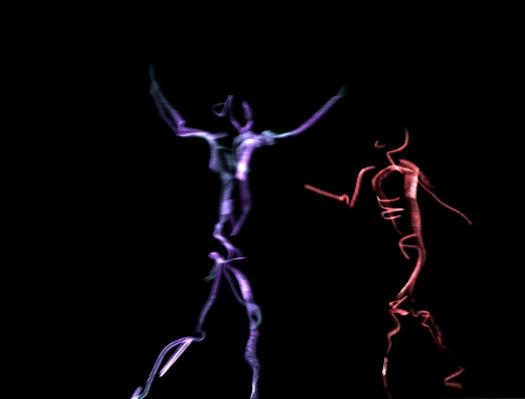
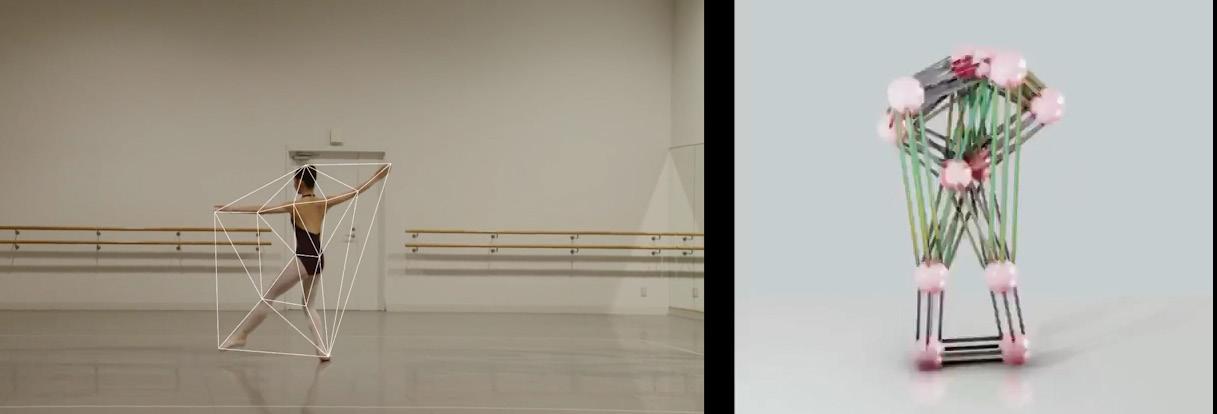

20
Dance Dance Dance Animation Animation Animation Abstraction



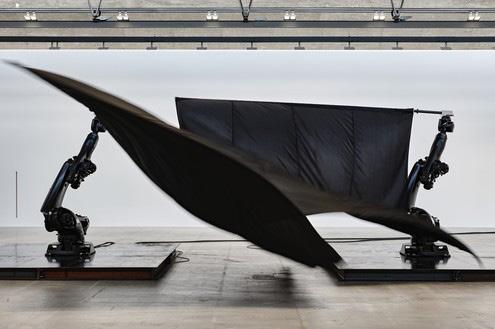
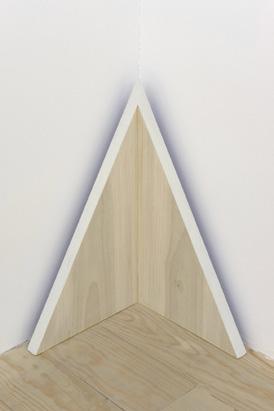
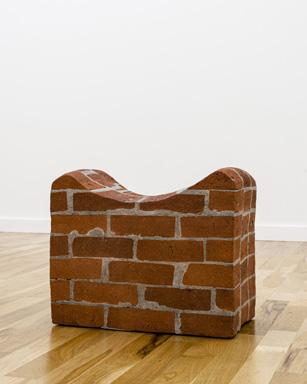
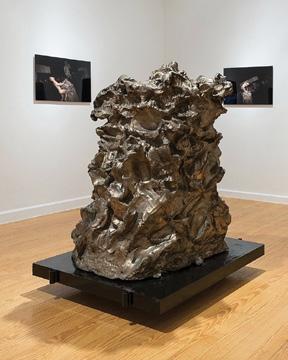
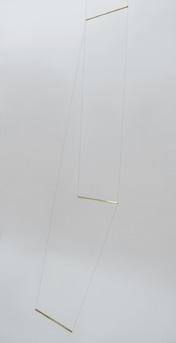
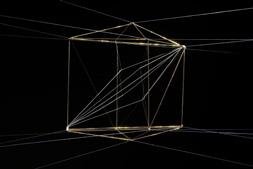
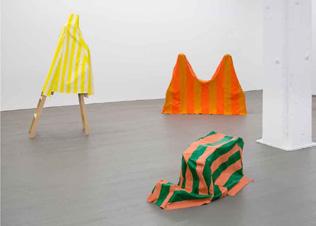
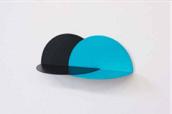
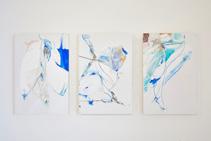

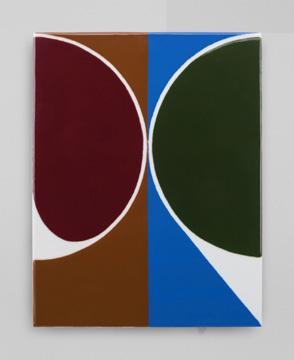
21
Dance Animation
Abstraction
Abstraction
Virtual
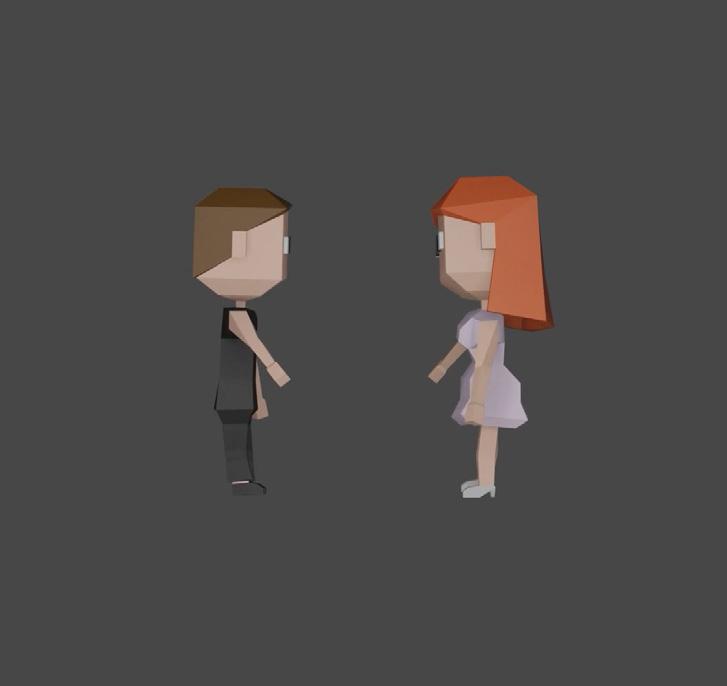
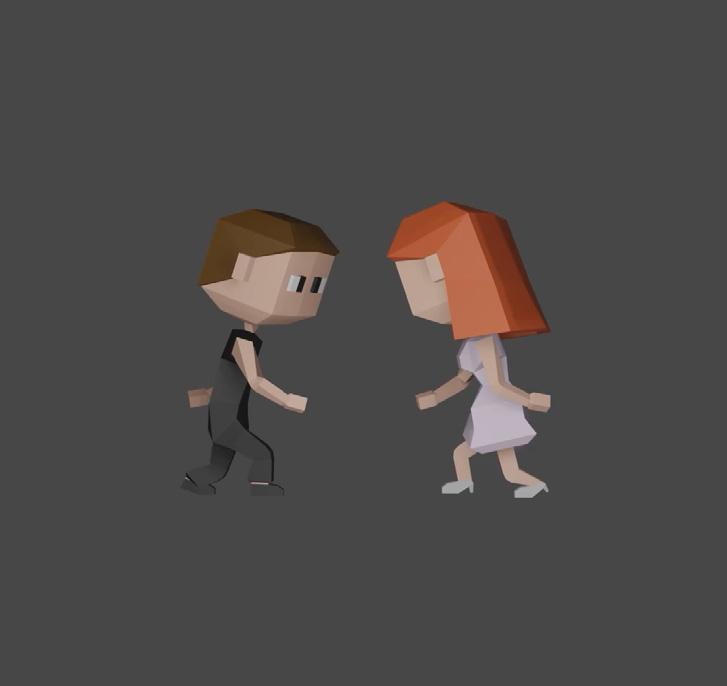
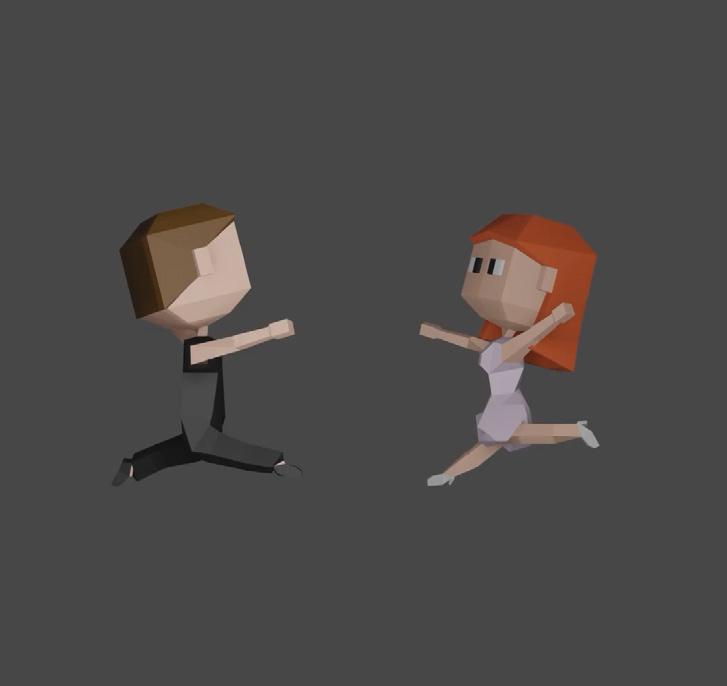

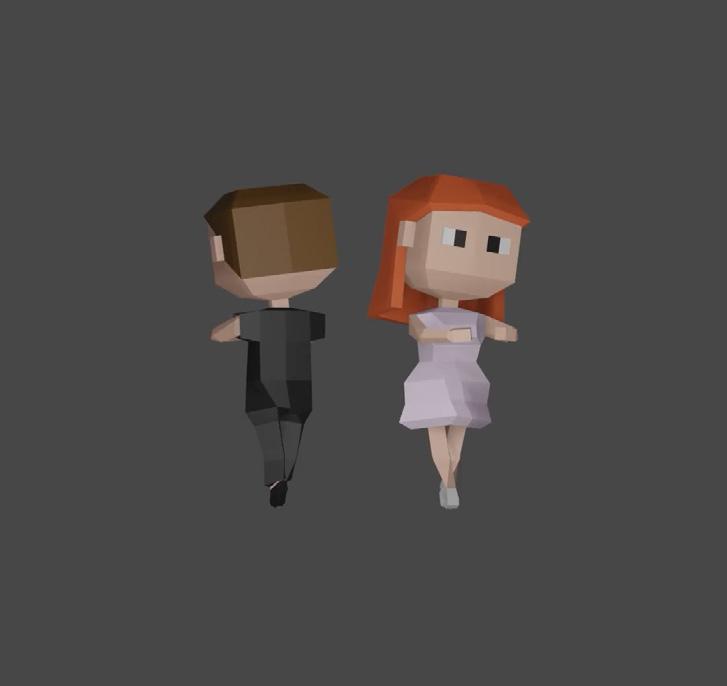



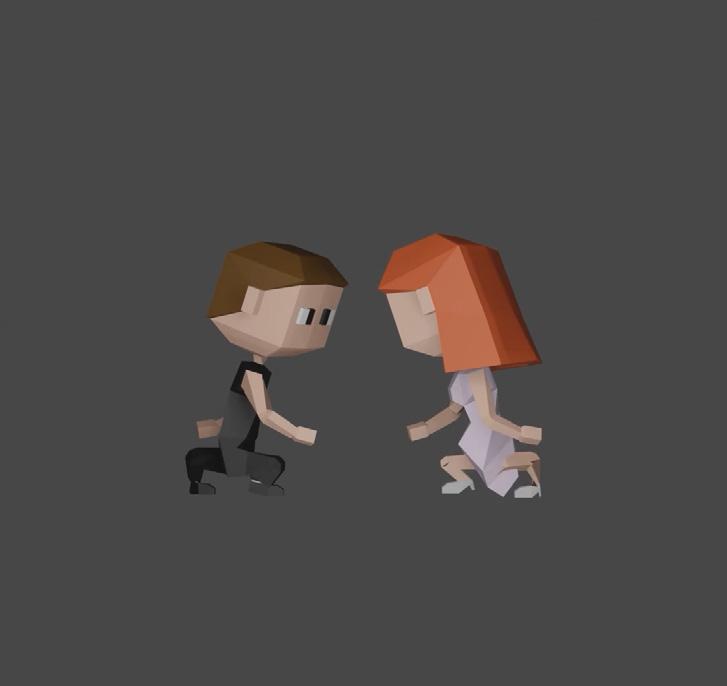
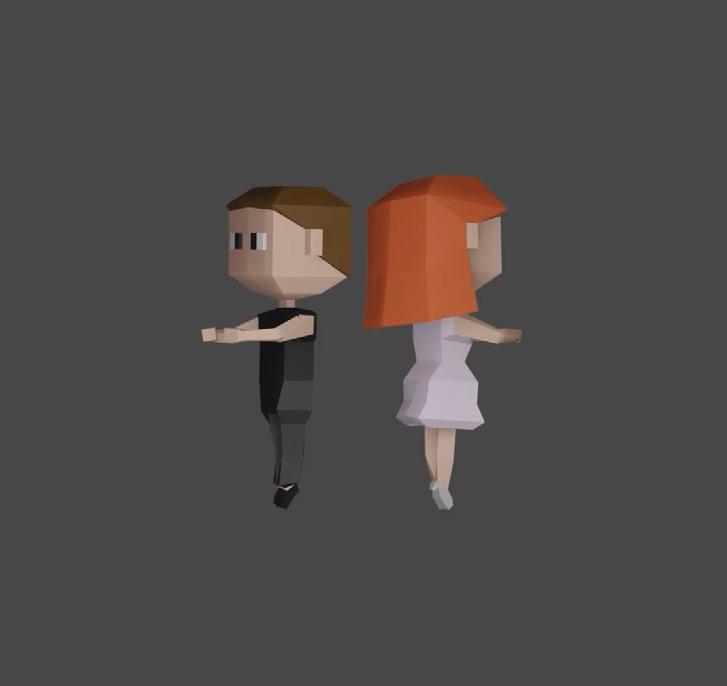
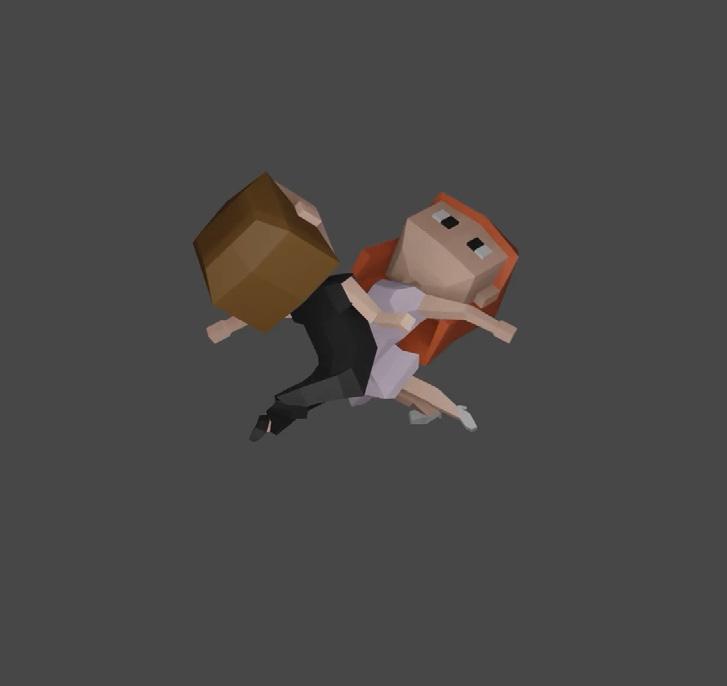
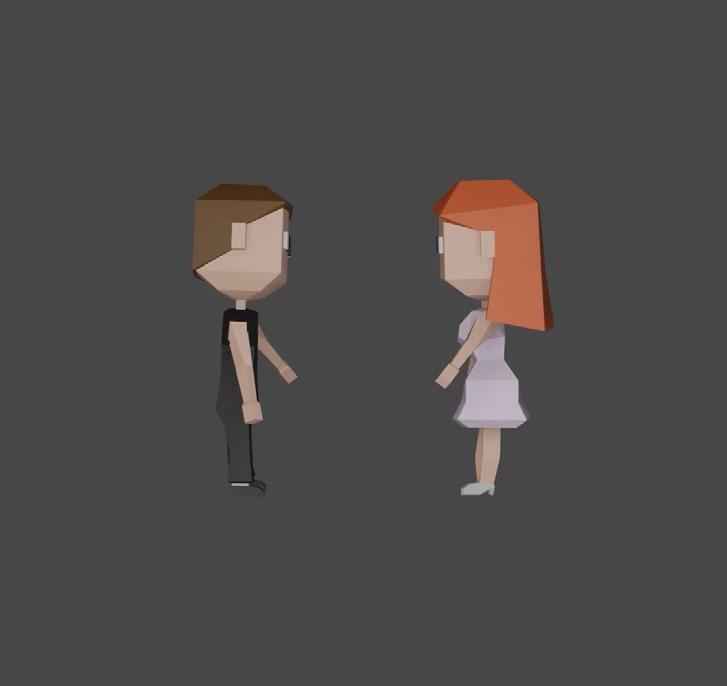

Dancing
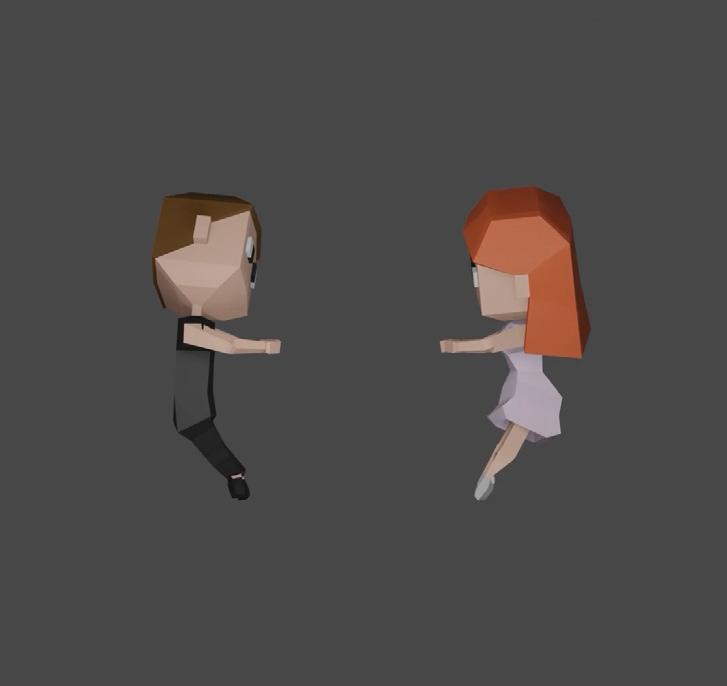

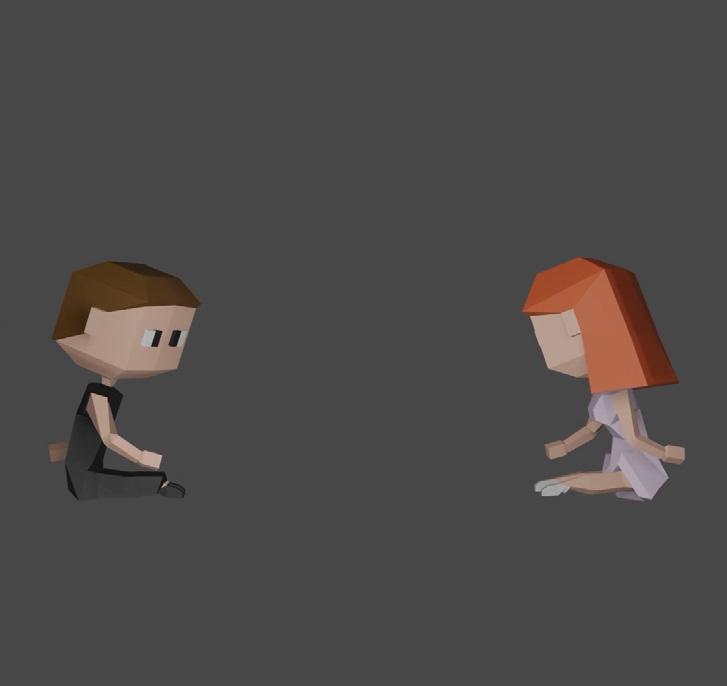


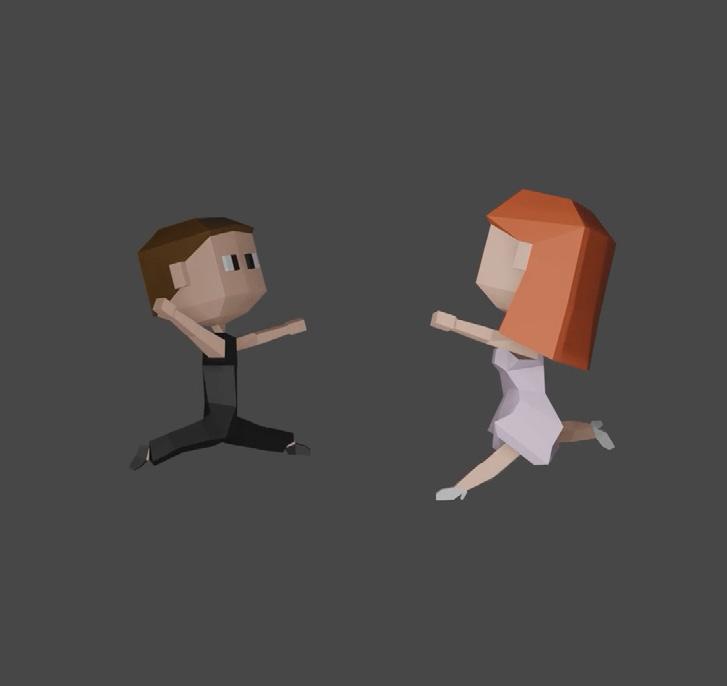


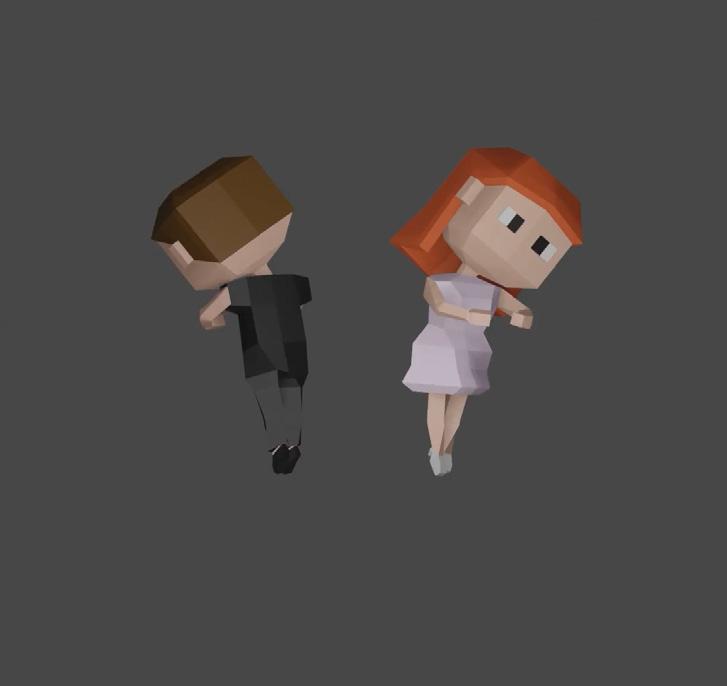

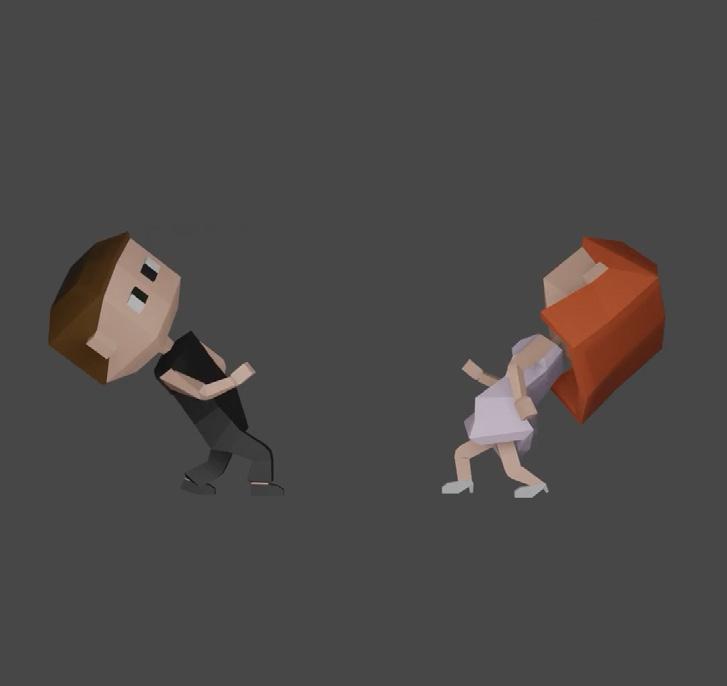


Dance and the Computer
Digital platforms such as the metaverse could play a key role in innovating human behaviour and interaction. For example, the transformation of conventional movement in dance and choreography was triggered by the use of the computer. This was heavily influenced by Merce Cunningham, an American dancer and choreographer. He began experimenting with the relationship between dance and the computer since 1989, and he pioneered the use of the computer as a choreographic tool. He would use digital avatars on a computer programme, LifeForms, to experiment and come up with new dance moves. He would then translate these to his dancers’ bodies. He was inspired by the avatars’ flexibility and joint movement to push the limitations and rethink the logics of the human body. Trackers, 1991, was the first dance where Cunningham developed the choreography using LifeForms. He also used LifeForms to understand the relationship between movement and
space. For example, he choreographed a piece in 1993, titled CRWDSPCR, where he had to fit 13 dancers in a space that would have been deemed too small. Using the computer, he worked out how to choreograph all 13 dancers in this space. A computer programme inspired by LifeForms, DanceForms, was recently created. This allowed choreographers to use the computer to work out ideas or generate new ones by allowing them to visualise movement and spatial layout that is not visible to the naked eye alone.
Dance constantly searches for new forms and dynamics, and creates a relationship between movement, space, and form. Similarly to the way in which choreographers use DanceForms to innovate, we could use the metaverse to explore the way in which avatars could move and exist in a digital space. We could take these principles of virtual dance to rethink and re-evaluate traditional concepts of movement.
24
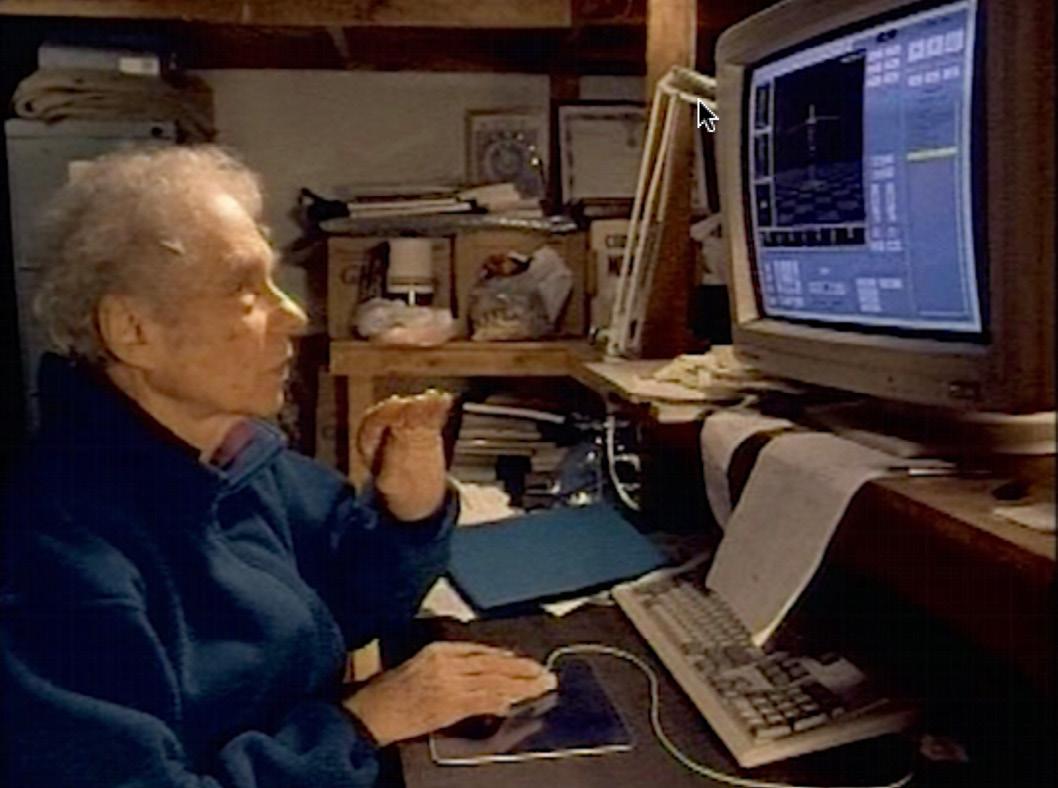

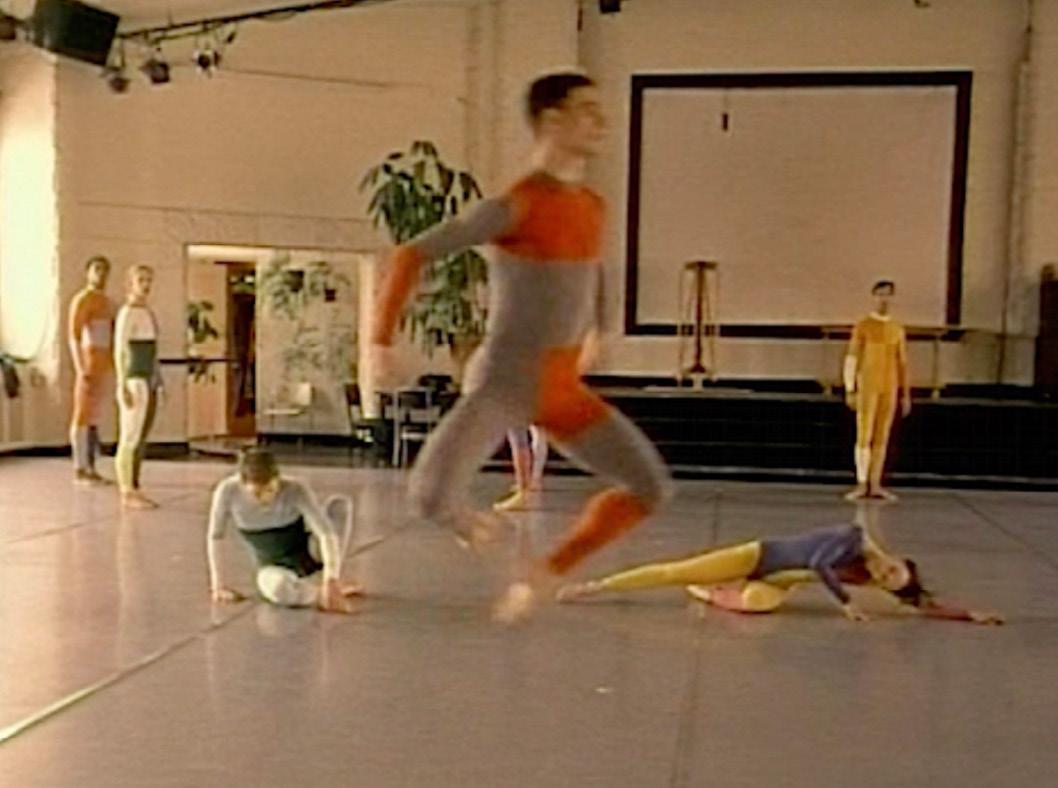
25
Merce Cunningham using LifeForms in the 1990s
Screenshot of LifeForms computer programme, 1990s
Dancers rehearsing Merce Cunningham’s CRWDSPCR, 1993

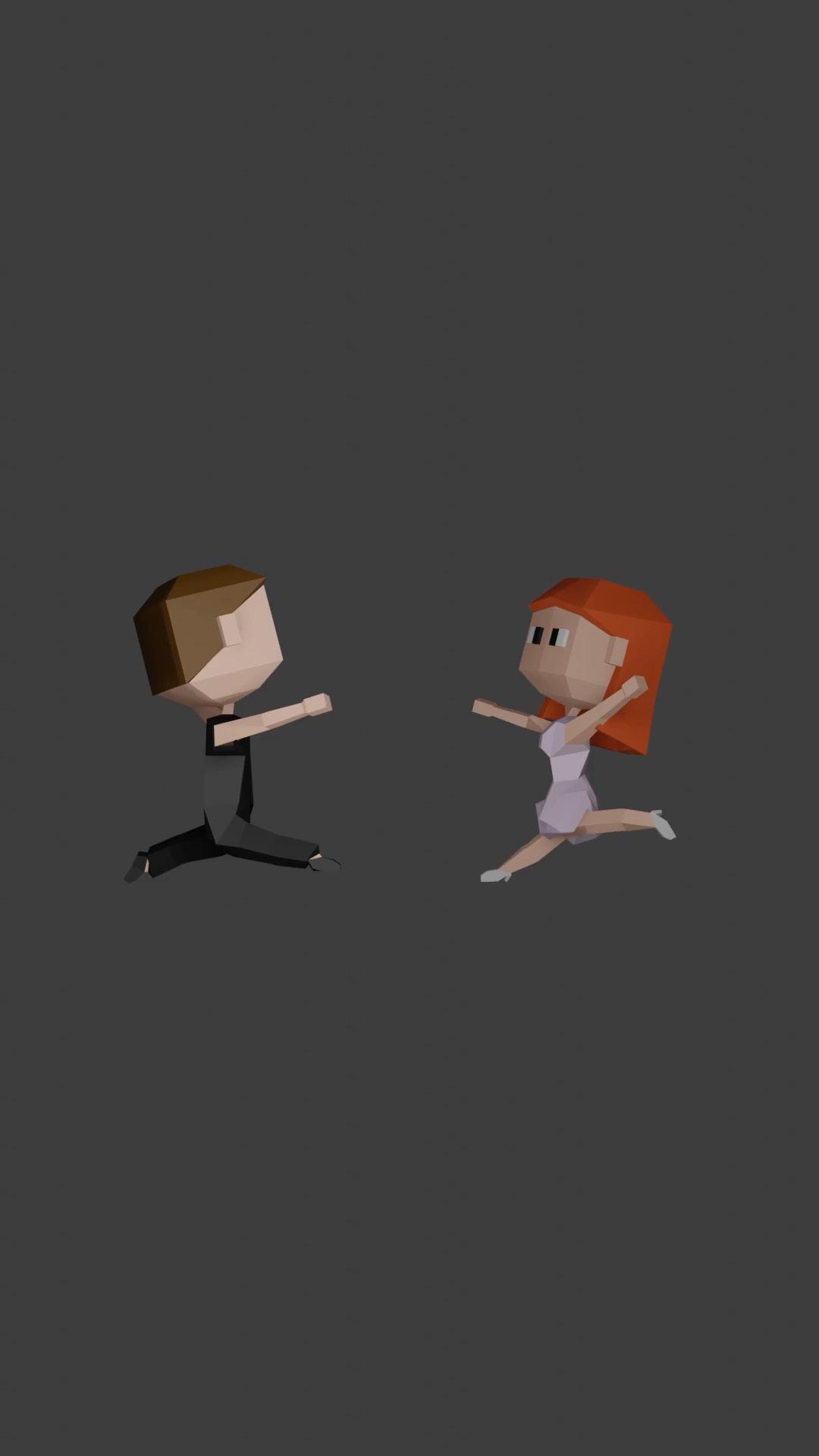
Virtual Dancing



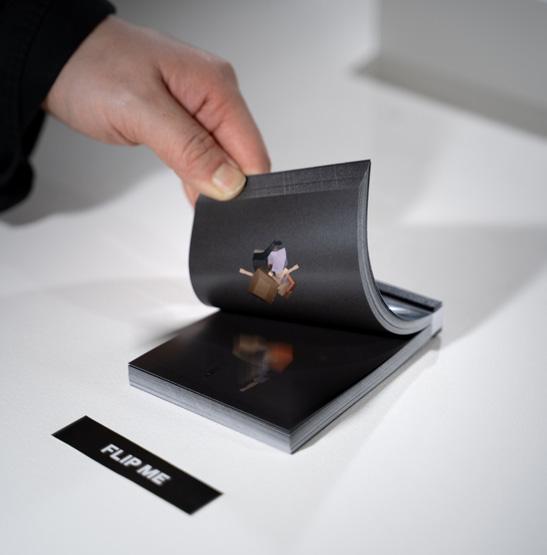
In a first attempt at experimenting with the relationship between dance and the computer, I created a virtual dance piece, Virtual Dancing.
Having studied as a dancer, and having taught ballet and commercial hip hop, I have personal experience with choreography and dance. I combined this with my knowledge in using 3D digital software to experiment with dance, movement, and choreography in a digital space. I was inspired by the TikTok trend, “walks as phonk songs”, where people interpret different phonk songs as difference types of walks or dance moves. I used this music as the
basis for exploring different movements. I created the digital dances using avatars based on myself and my boyfriend, where I represented us as simplified human beings, but doing things that are impossible in reality.
This both embraces the opportunities of the metaverse but is still rooted within anthropocentrism and anthropomorphism. Here I realised that, as well as experimenting with movement, it would be key to think about how we can abstract the human body in a virtual space, and how we might extend this to the design of metaverse avatars.
27
PLAY VIDEO
Choreographic Objects


The Body as Object
‘One might well assume, then, that the substance of choreographic experience resides exclusively in the body; but is it possible for choreography to generate autonomous, accessible expressions of its principles - “choreographic objects” without the body?’
- William Forsythe, Choreographic Objects
The anatomy of the human body in the metaverse is merely representational and ultimately becomes redundant. We have the possibility to imagine ourselves differently and to become something else in the metaverse. Can we therefore expand our conception of avatars to exist not just with human bodies? Our meta counterpart could become something entirely non-human, even object based, adopting different movements entirely in a virtual space that is not restricted by gravity. This could be done by deconstructing human movements and translating them or even completely changing them into object form. When the embodiment of an avatar is transformed and thus represented differently, a new movement language is created for this
body. There is more creative freedom in this as we can enhance human abilities but also create inhuman experiences. It creates new opportunities for how one might express themselves and imagine themselves differently; the imagination is no longer limited by the anatomy human body. By turning the body into an object we move away from the problems of binary gender roles, sexualisation of the female body, and racial bias which are currently attached to the representation of the body, as seen in the Disney Pixar character aesthetic or the design of Meta’s avatars. One could break away from society’s conservative views of the human body, and the metaverse could ultimately promote inclusivity in this way.
30

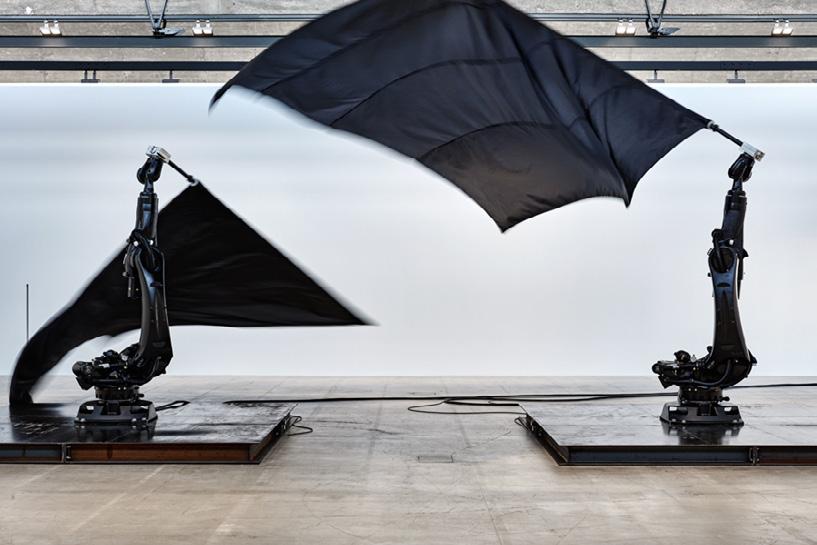



31
William Forsythe, Black Flags, 2014
Robert Gober, Untitled, 1984
Oliver Laric, Metamorphosis, 2021
Haim Steinbach, exuberant relative #2, 1986
Personalising Avatars and Environments

In order to create object based avatars, I had to decide how to select these objects. I did this by creating a questionnaire for my studio peers, with prompts enabling them to imagine embodying an object and inhabiting a space as the object. The questions are there to not only trigger responses regarding the embodiment of avatars (questions 1 to 5) but also to start thinking about the environment they might manifest themselves in (questions 6 to 9). The purpose of this was to go beyond thinking about just the appearance of the avatars, but to really begin relating the objects to movement and spatial conditions.
As a result of the questionnaire, I obtained a series of text based responses describing the avatars and environments imagined by my studio peers and I divided them into two categories: avatar and environment.
From this, I then started to visualise the responses through profiling boards using imagery based on the text based descriptions.
32
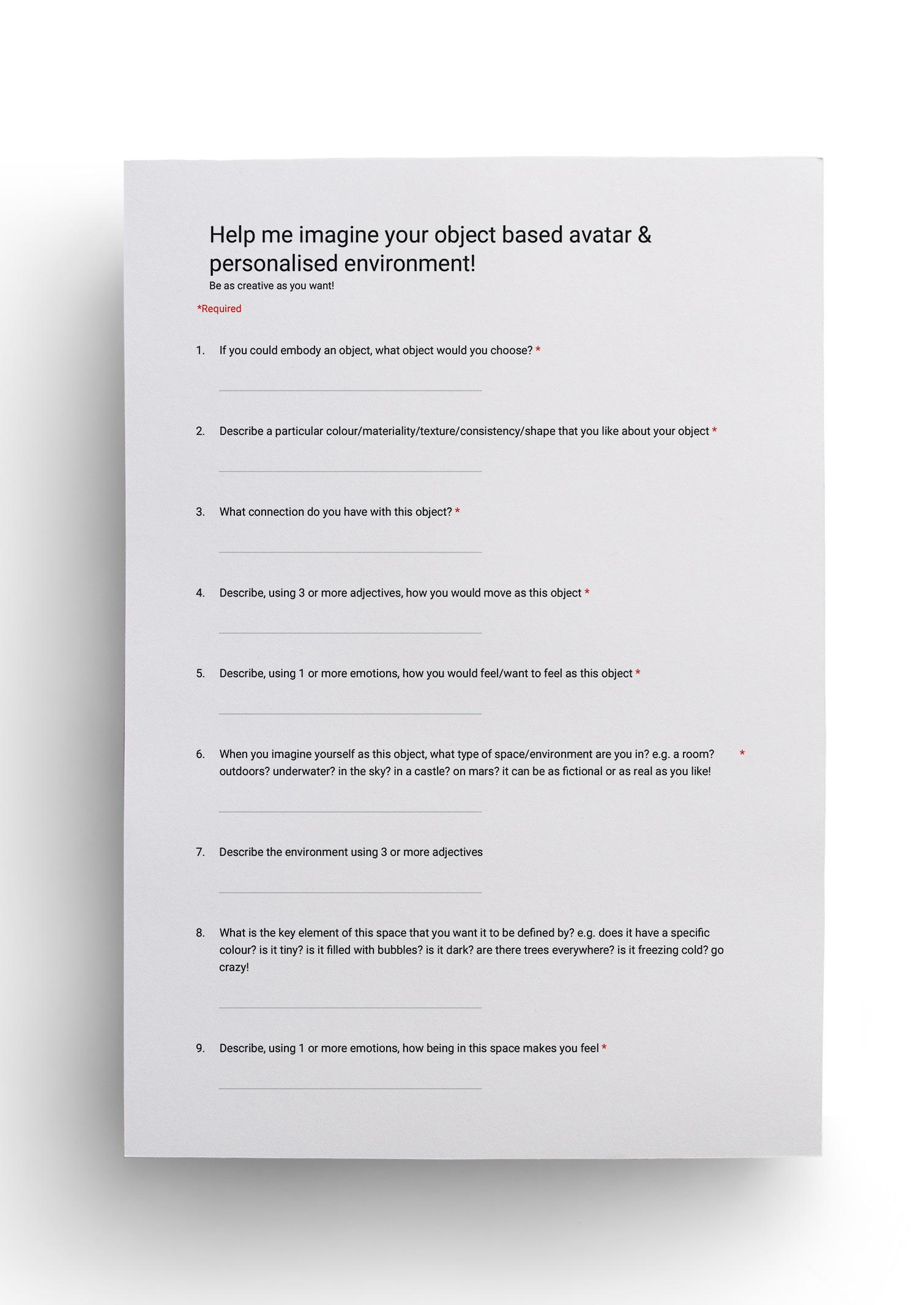
Na
e Q1 Q2 Q3 Q4 Q5 Q6
Zack Dildo Skin colour, real shape, 8 inches self sexual pleasure jumping up and down (forward and backward horizontally), bending, twisting
Eve Bean the soft and silky texture and the rich deep colour
warm, wet, exhausted bedroom
I have just started enjoying eating beans bouncy, squishy, tumbling content, goofy a little bowl
Frank A Cloud Vapour They have the potential to determine my mood Fluidly, gradually, silently, at distance from things
Lewis Bicycle Mechanical , speed, balance, light weight
My everyday method of transport and allows me to travel across and explore the city.
Neutral? If that’s not an emotion then constant state of happiness
Fast , dangerous , agile , balanced Enchanted, challenged, relieved
The Sky, either a blue sky sky or among other clouds
On the road amongst cars, through a park
Christina Wall Climbing Spiderman Toy I particularly like the soft and squishy consistency of my object
Shane Teacup (like 'Chip' from 'Beauty and the Beast')
Gold and pastel floral detailing, white china, fragile
Sarah Cotton wool ball White, soft, fluffy, round
Expanding from my first sentence abovethe soft and squishy almost emulates vulnerability and the sense of wanting to protect oneself or others close around to you/me. Which also touches upon the notions of empathy.
slow, dramatic and stealthy brave - i.e when hanging from the ceiling :)
outdoors (not limited to a particular place/area)
Small, cute and playful hopping, spinning, playing excited about everything! make up table or a tea party
I use the object in daily life for make up etc Roll, semi -bounce, tear, squish flat at reform
Light, carefree, durable A bright bed room with a floor
Carlo Bed sheet gentle - fluffy - lightclean - new - cuddlewrapped - calmcomfortable - freshscented
I use it every day to sleep and to cover the mattress in a light way - gentlyslowly and quickly at the same time depending on the wind - smoothly - fluidly
relaxed - calmclean - light - fluid in movements
outdoor drying rack
Jeannie Scarf Wool I wear scarfs to keep me warm, and it's part of fashion Roll, hang Flexible, soft, warm, intimate Outdoor
Alice Tree super tall, with thin trunk and many twigs.
tree in the forest reminds me of being inside the crowds shake(leaf), still(trunk), crash down-to-earth A high-latitude forest
Di virus colour could change with different light
Inside my body
Fluid, unpredictable, random
A sense of ease that comes with the flow
in host's body, blood could seen like river
Lucy a slinky how it is made up of lots of delicate coils & can unfold
Starts off on a path but bumps into things/similar to getting distracted unfolding and contracting, falling, rolling
independent, resilient quite a minimalist tool, maybe one of those impossible infinity staircases or a hallway
34
m
A v a t a r
Q5 Q6
Q7
Q8
Q9 down bending,
warm, wet, exhausted bedroom with a bed, a mirror, dark at night, with a lamp on dark with a little bit of lighting, maybe steam warm and cosy
content, goofy a little bowl
round, hard, cold
Neutral? If that’s not an emotion then constant state of happiness
, Enchanted, challenged, relieved
The Sky, either a blue sky or dark sky or among other clouds
Open, endless, infinite No edges
it is small and blue and shiny cute, soft distance
Freeeee, recreational, unproductive
On the road amongst cars, or through a park
Hectic, hostile, dangerous, metropolis
Congested with people, cars. A metropolis, but also small breaks from the chaos within the environment. Tranquil parks and nature often break up the metropolis.
Alive, freedom
and brave - i.e when hanging from the ceiling :)
outdoors (not limited to a particular place/area)
harsh, calming and free I would like the weather conditions almost to go against this climbing person and it's sticking/grounding itself to any surface.
spinning, excited about everything! make up table or a tea party sunny, light and airy lots of pastel coloured details on white! very warm, sunny and light. flowers everywhere.
challenged
magical, fairytale
-bounce, at Light, carefree, durable A bright bed room with a timber floor
Soft - light - calming
Pale blue William Morris print wall paper
relaxed - calmclean - light - fluid in movements
outdoor drying rack
quiet - peaceful - fresh - slightly breezy
its peacefulness and its exclusivity (because drying racks are are not used constantly)
Calm happy gentlyquickly at wind fluidly
relaxed - calm
Flexible, soft, warm, intimate Outdoor
Cold and windy ( but also warm and cozy)
Quite spacious, grassland
Free, connect with the nature and human
down-to-earth
A high-latitude forest
quiet, crowded, moist flat and full of tall trees, you can hardly see the leaves because they are too high.in summer but only around 20 degrees,
Peaceful
unpredictable, A sense of ease that comes with the flow
in host's body, blood could be seen like river
microcosmic, at the cellular level, warm it's dark
minimal, domestic, surreal it’s infinite so I can just keep looping/rolling around adventurous
The ease of not having to worry about being alive falling, independent, resilient quite a minimalist tool, maybe one of those impossible infinity staircases or a hallway
35
E n v i r o n m e n t
avatar
an 8 inch, skin colour, wet dildo that can twist and bend

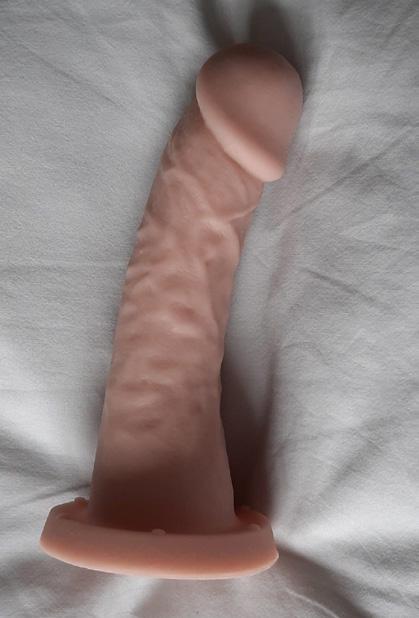
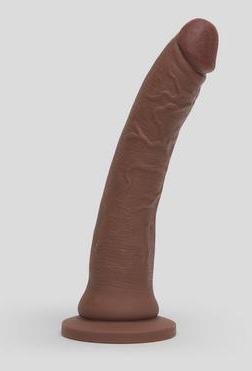



environment
a dark, steamy, cosy bedroom at nighttime, minimal lighting
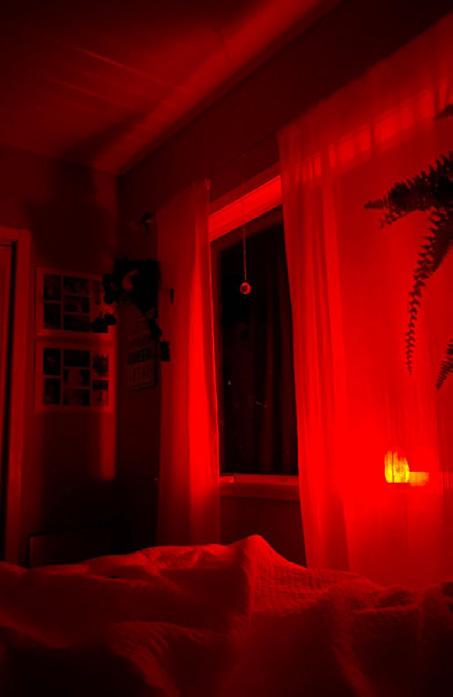


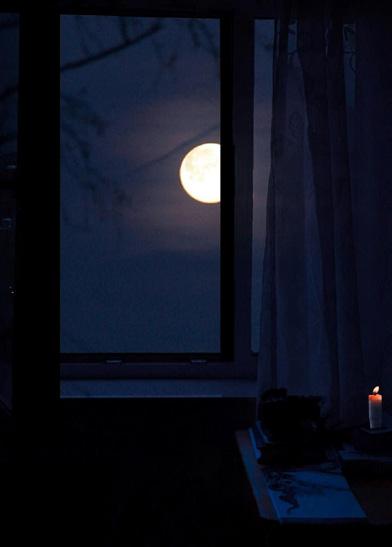
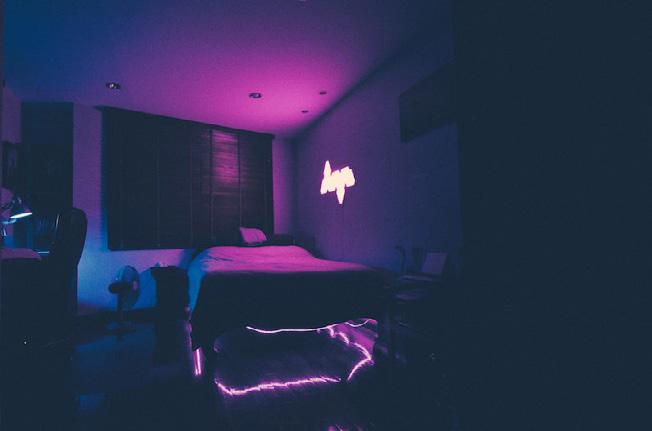
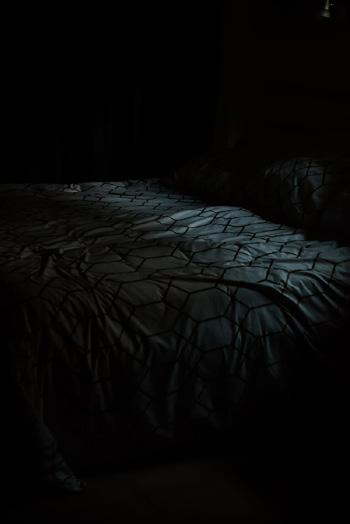

36
zack
avatar
a goofy, bouncy, squishy bean that has a soft texture and rich, deep colour





environment
a small, round, shiny, blue bowl






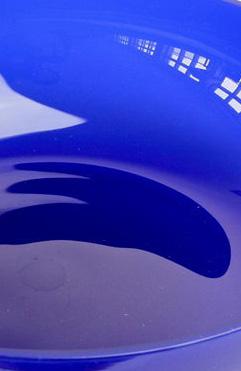

37
eve
frank
avatar
a fluid, vapourous, silent cloud neutrally existing and slowly floating away






environment
the vast, boundless dark blue sky, sometimes among clouds


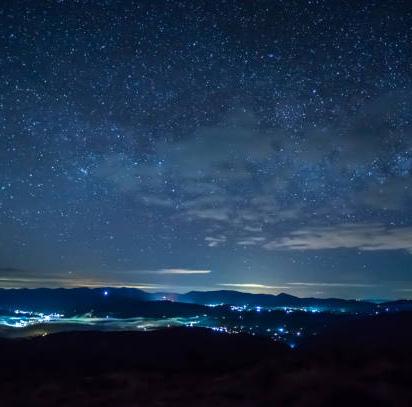
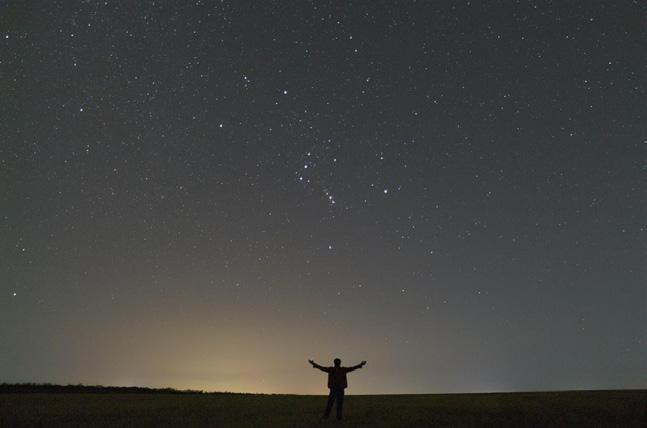

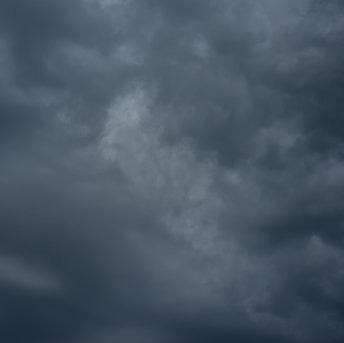

38
lewis
avatar
a lightweight, speedy, dangerous, agile and well balanced bicycle






environment
between congested, chaotic roads and tranquil green parks
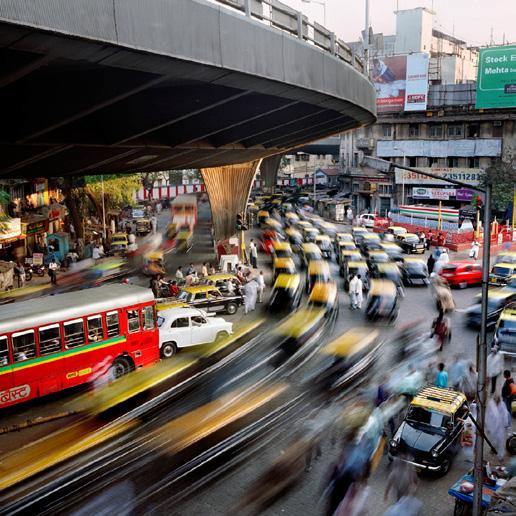
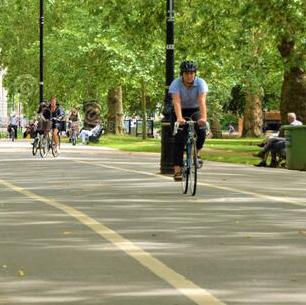
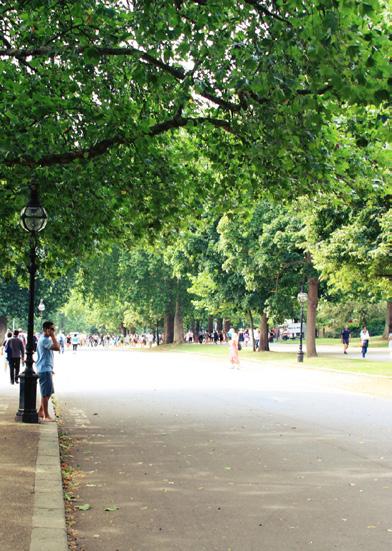
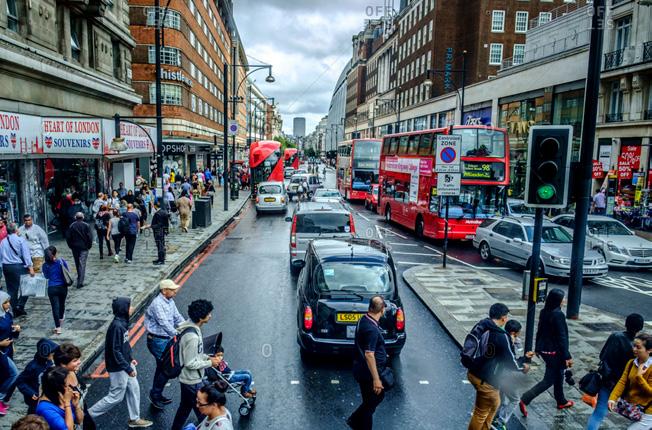

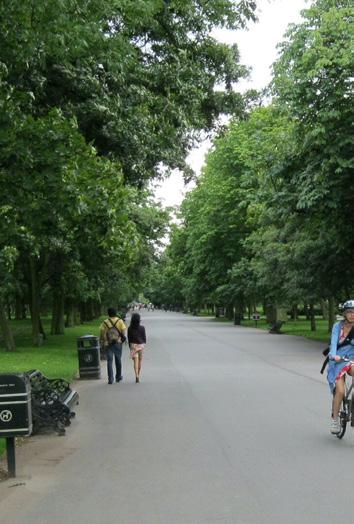

39
christina
avatar
a squishy, sticky and brave wall climbing spiderman toy



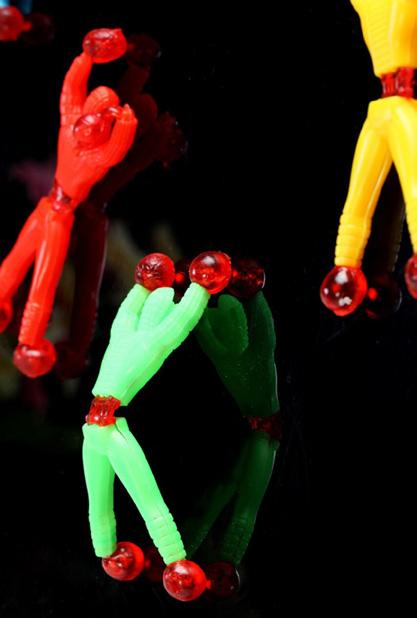
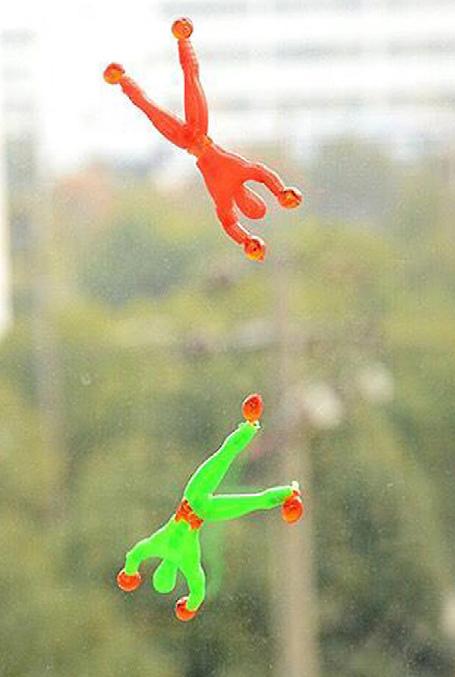
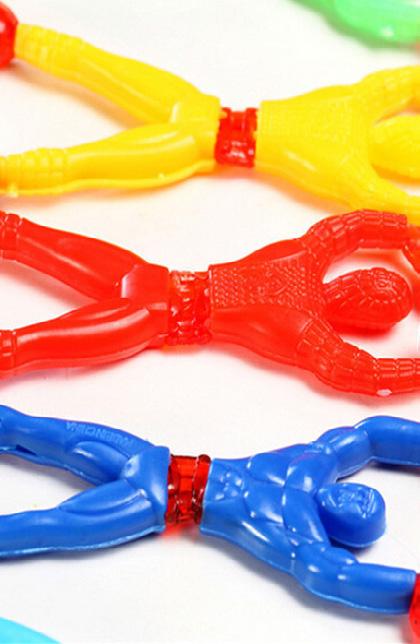
environment
the challenging, harsh weather of the outdoors
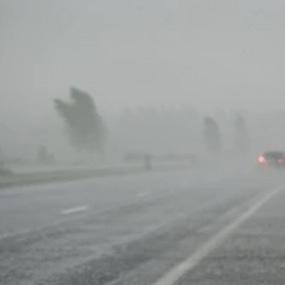


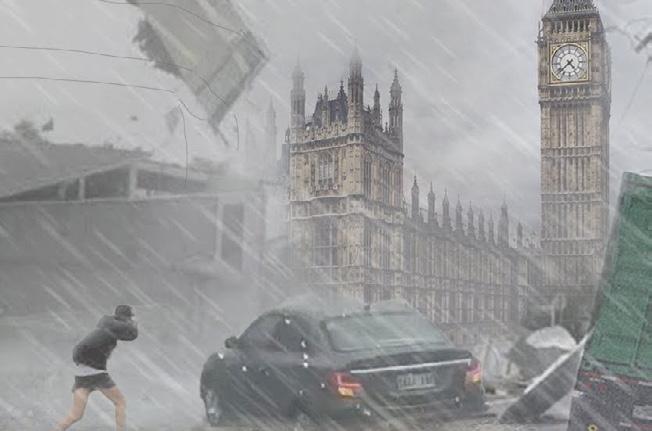
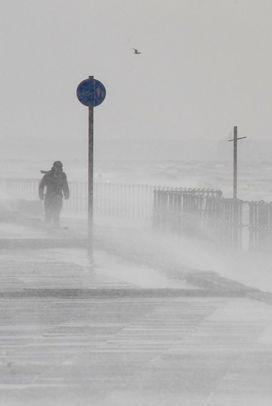


40
shane
avatar
a small, cute, playful, china teacup decorated in gold and pastel florals
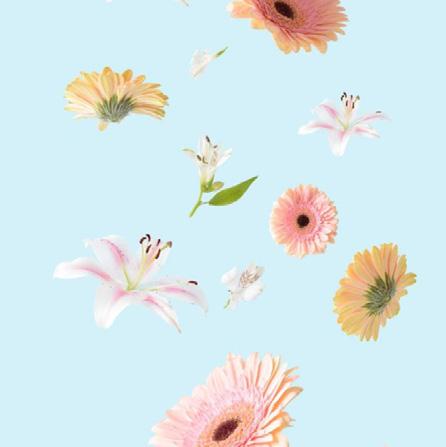





environment
a sunny, fairytale tea party with flowers and pastel details







41
sarah
avatar
a light and carefree white, soft, fluffy, squishy cotton wool ball








environment
a bedroom with timber floors and pale blue Morris wallpaper
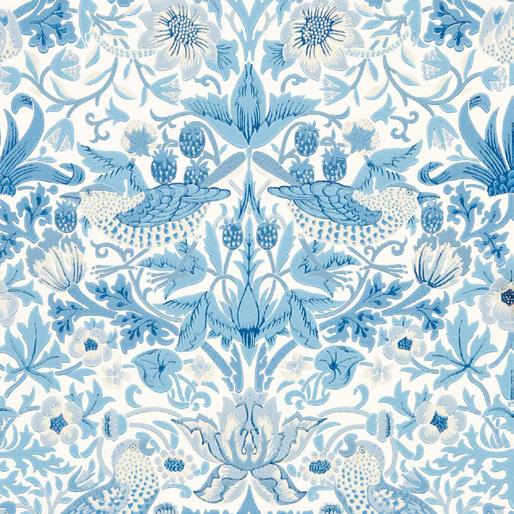
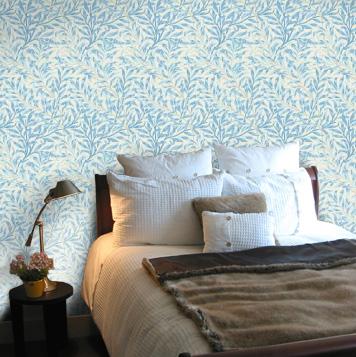
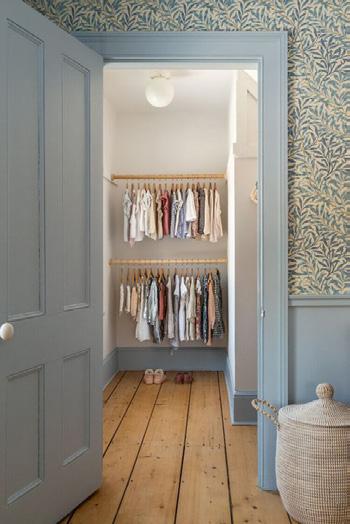
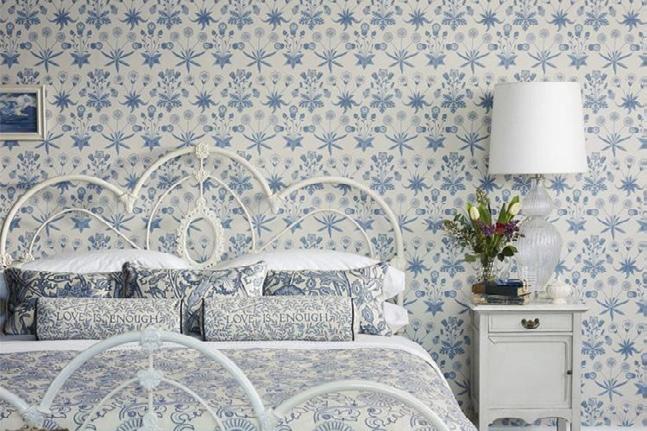
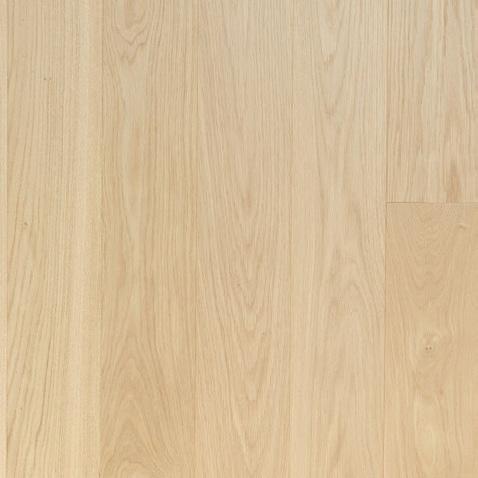




42
carlo
avatar
a clean, fresh-scented bed sheet, blowing in the light breeze







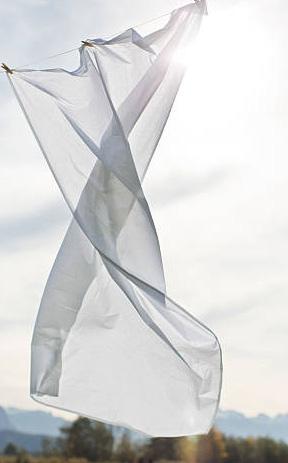
environment
a quiet, peaceful, slightly breezy outdoor laundry area


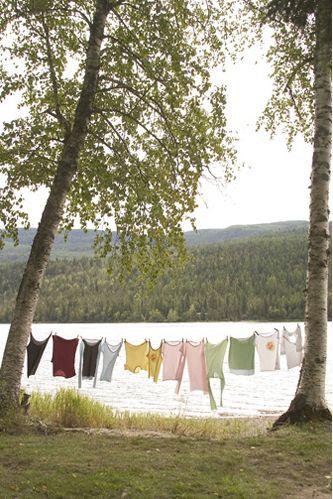






43
jeannie
avatar
a soft, woollen scarf that keeps you warm






environment
a cold, windy, spatious, freeing grassland
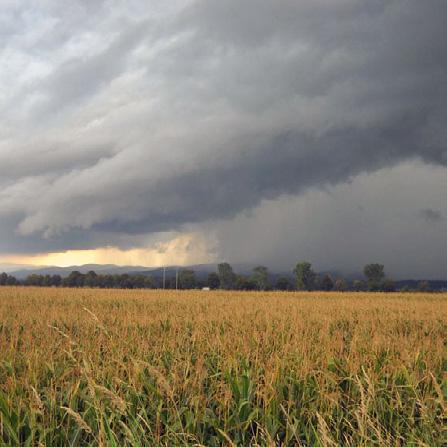




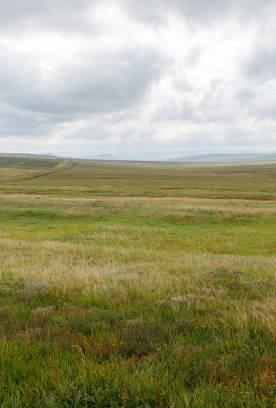
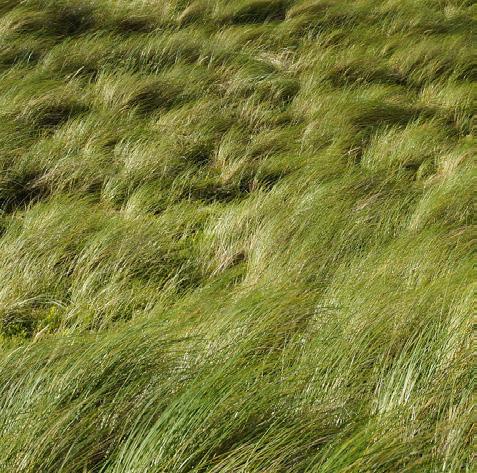
44
alice
avatar
a still, tall, thin tree with many twigs and leaves that shake in the wind



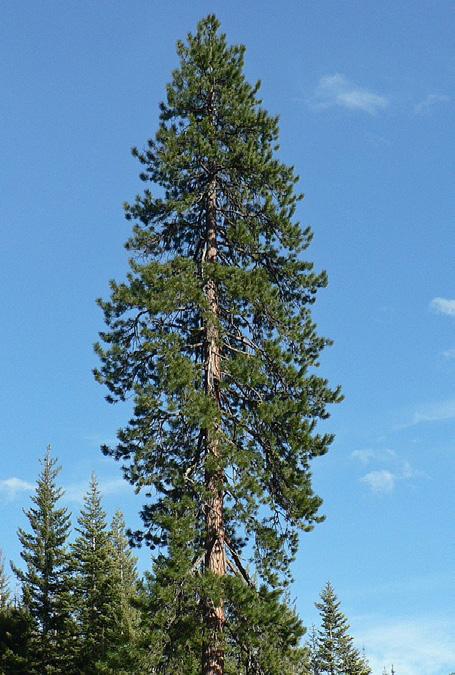

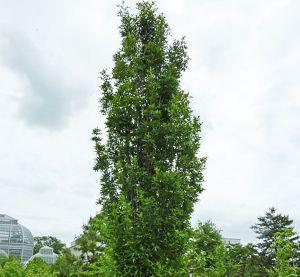
environment
a quiet high latitude forest crowded with tall trees in summer







45
avatar
a virus moving randomly and fluidly, changing colour in different light

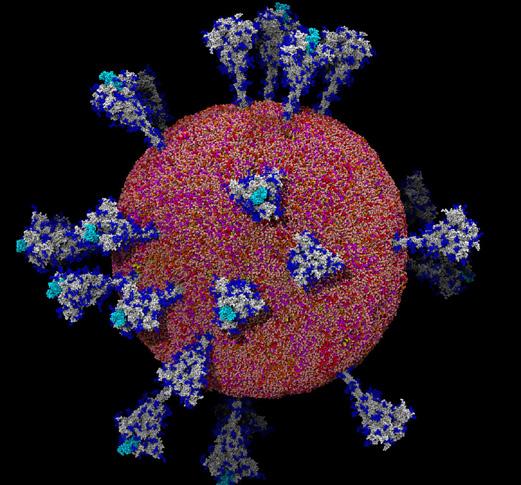



environment
a dark, blood river inside a body at microcosmic scale

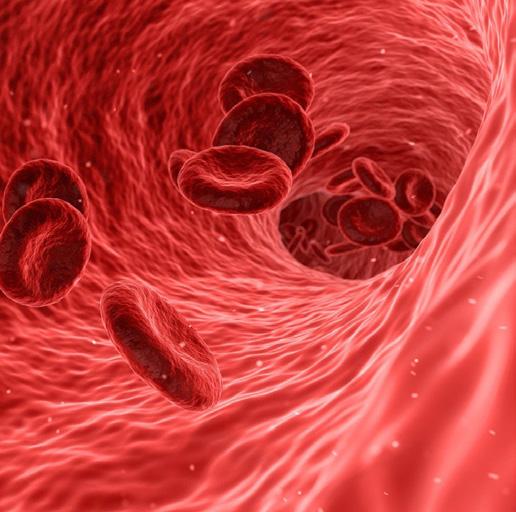






46
di
avatar
an slinky made up of delicate coils, unfolding, rolling, bumping into things
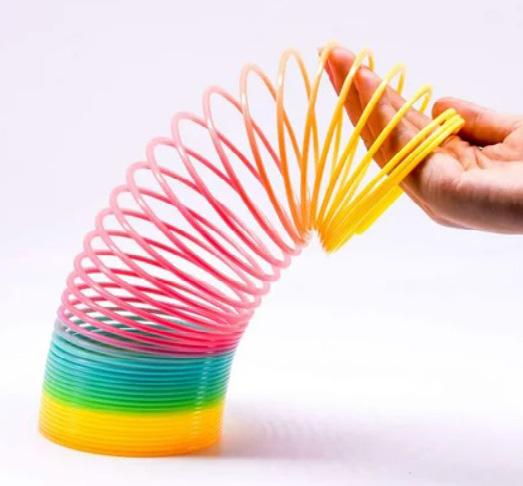
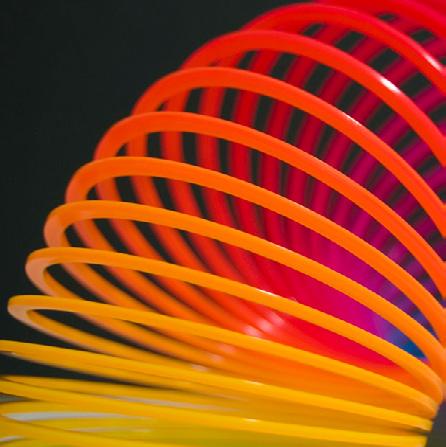
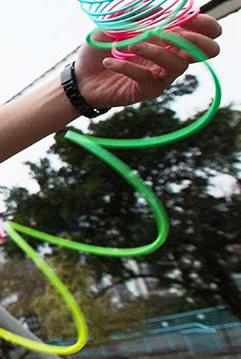

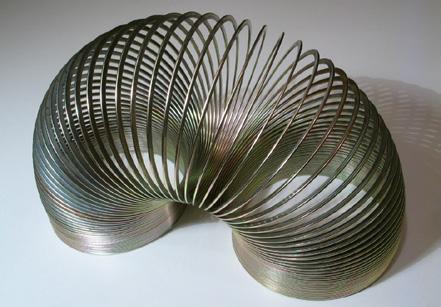
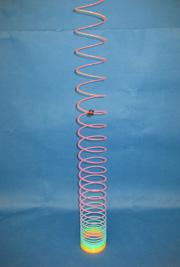

environment
a surreal, minimal, domestic, never ending staircase/hallway
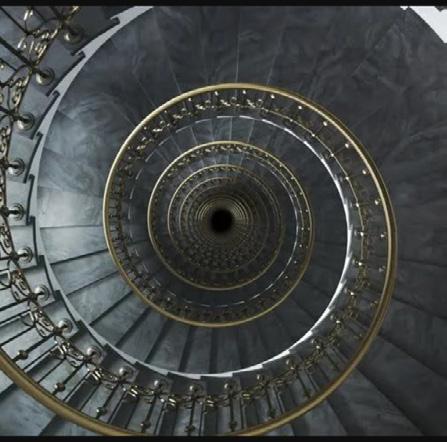

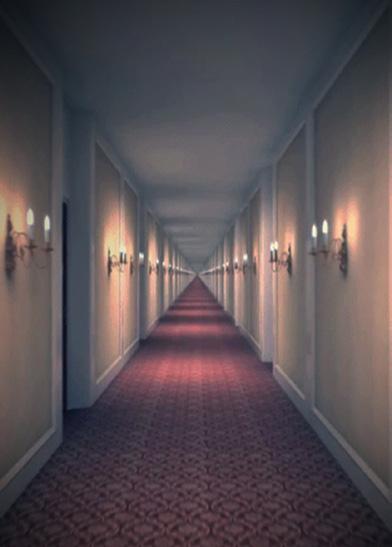







47
lucy
Embodying Object Based Avatars

I selected three avatars to start developing: Shane, Carlo and Zack.
I began by modelling the object avatars in 3D digital software, personalising each one to each person by using their text responses to inform the designs.
The next step was to assign movement to the avatars. Question 4 prompted each person to think about how they might move as their object based avatar. I used the responses to this question to individually choreograph each avatar’s movement.
Choreography is often associated to music. It is either made for a chosen piece of music or it can be created
independently to music, although it will still be affected in terms of rhythm depending on the tempo of the music that is used in performing the choreography. Music therefore typically affects the choreography, but what if movement affected music instead? Given that in this process I choreographed movement independent to music, I was interested to explore this question. I used AI to dictate this, where I put silent videos of each moving avatar into an AI music generator, melobytes, resulting in specific music generated for each avatar.
48
PLAY VIDEO
Describe, using 3 or more adjectives, how you would move as the object
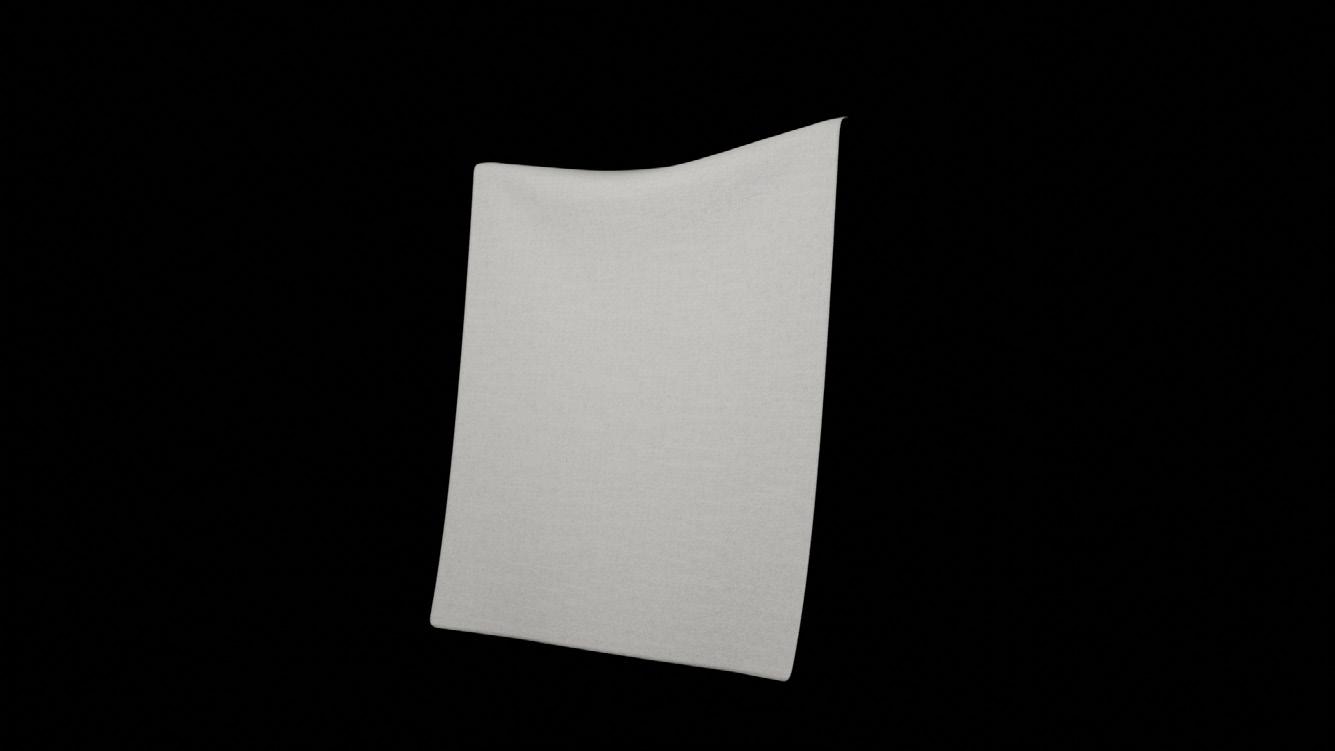
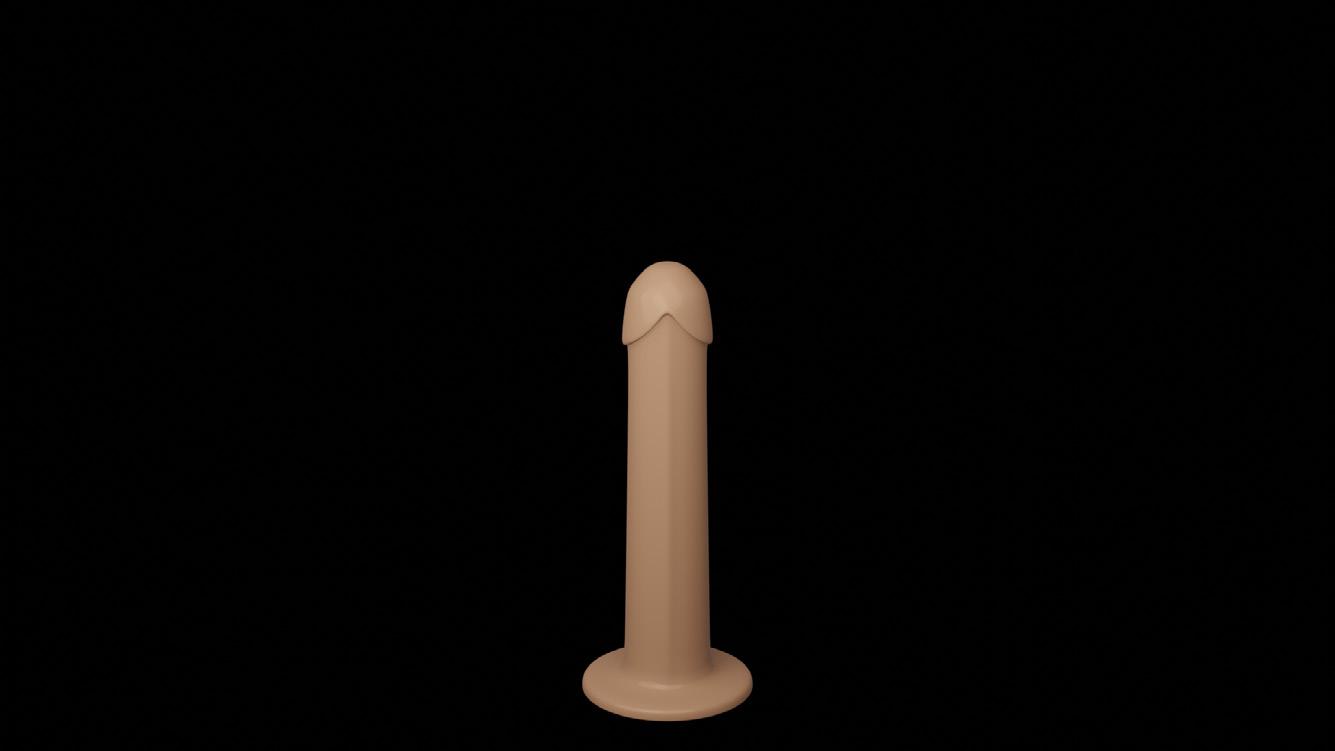
hopping, spinning, playing
Shane Carlo
in a light way, gently, slowly and quickly at the same time depending on the wind, smoothly, fluidly
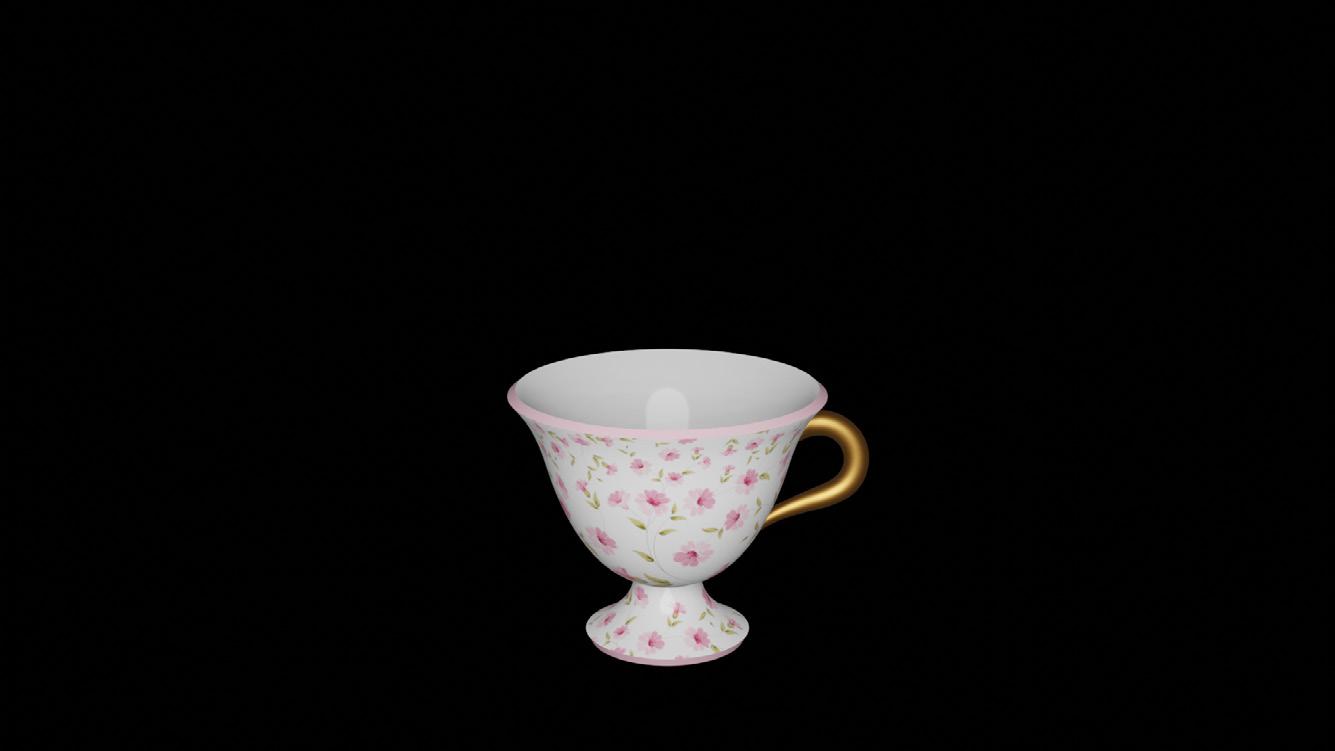
Zack
jumping up and down, forwards and backwards horizontally, bending, twisting
49
Creating a Collective Environment
Each avatar has a corresponding environment imagined by each of my studio peers which I visualised in the profiling boards. However, instead of developing each individual environment, I instead decided to develop these as one environment in order to design a collective space. The collective here is important because the metaverse has the potential to be a shared digital space where we can interact with one another.
I took the text based responses prompted by questions relating to space from the three avatars I began to develop and I merged the answers together to create
a description that described a collective environment. I merged the text in this way to created a mixed and non-hierarchical description.
I then put this text description through an AI image generator to begin visualising the collective environment. I used AI to do this in order to deliberate the visual decision making in a democratic way, and letting the AI dictate the visual and spatial organisation of the different elements and the hierarchies within this. Here, the AI essentially becomes a tool for design.
50
Shane
• make up table or a tea party
• sunny, light and airy
• lots of pastel coloured details on white! very warm, sunny and light. flowers everywhere.
• magical, fairytale
Carlo
• outdoor drying rack
• quiet - peaceful - fresh - slightly breezy
• its peacefulness and its exclusivity (because drying racks are
• are not used constantly)
• relaxed - calm
Zack
• bedroom
• with a bed, a mirror, dark at night, with a lamp on
• dark with a little bit of lighting, maybe steam
• warm and cosy
• tea party, outdoor drying rack, bedroom
• sunny, light, airy, quiet, peaceful, fresh, light breeze, bed, mirror, dark, night time, lamp switched on
• pastel coloured details on white, warm, sunny, light, flowers everywhere, peaceful, exclusive, dark, some lighting, steam
• magical, fairytale, relaxed, calm, warm, cosy
51
Environment Descriptions Collective
Text Description
tea party, outdoor drying rack, bedroom, sunny, light, airy, quiet, peaceful, fresh, light breeze, bed, mirror, dark, night time, lamp switched on, pastel coloured details on white, warm, sunny, light, flowers everywhere, peaceful, exclusive, dark, some lighting, steam, magical, fairytale, relaxed, calm, warm, cosy

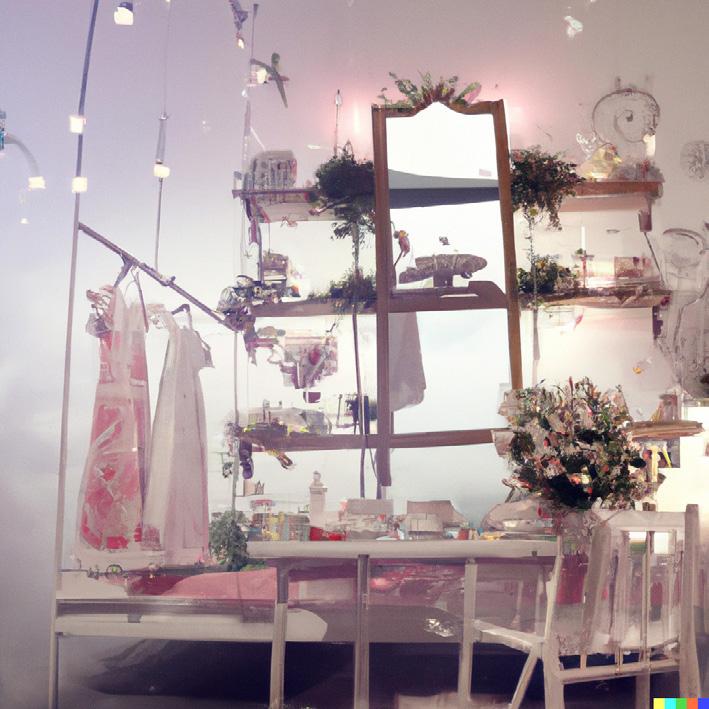

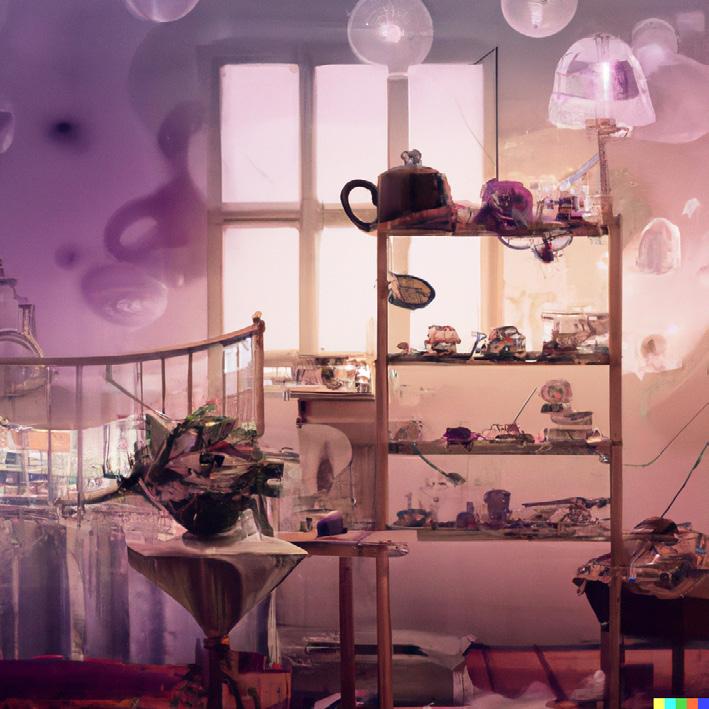
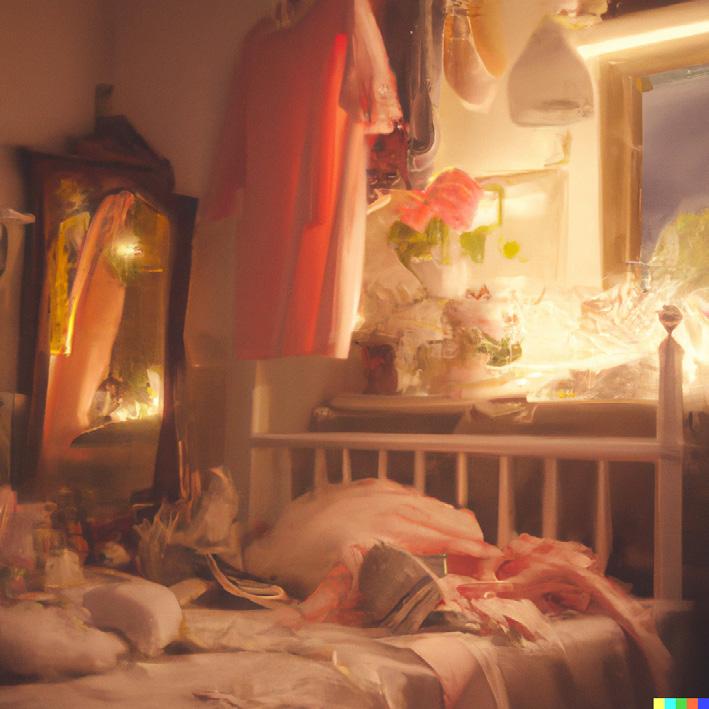
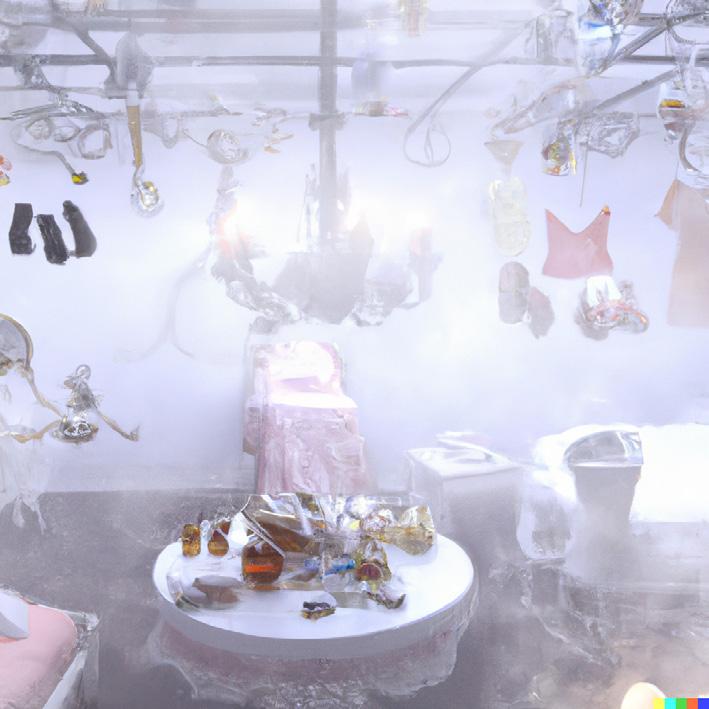
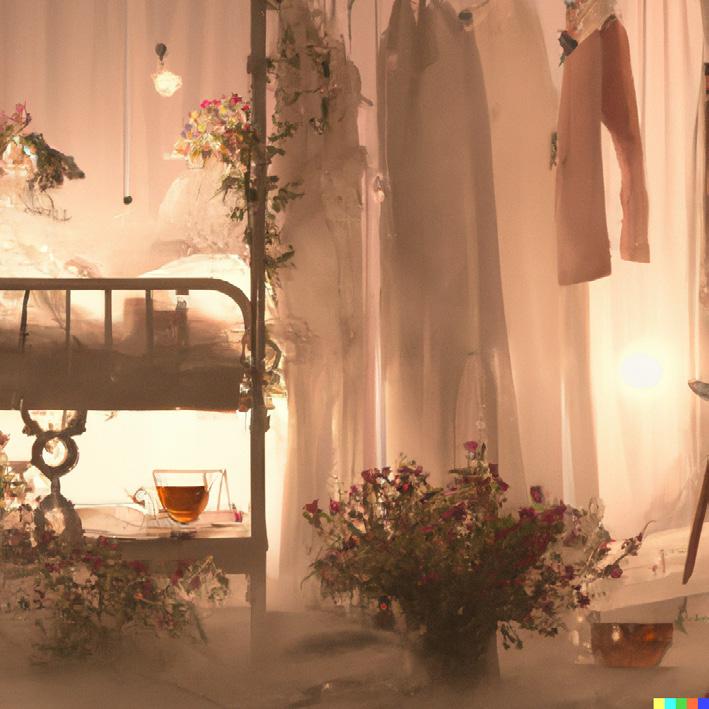

AI Generated Images

52
Images generated using DALL·E
Using AI
The outlined methodology I have used for designing the avatars and the collective environment makes use of AI as a tool for setting parameters. Similarly to a scientific experiment, there are certain variables which must be controlled. In an experiment, we must set independent variables in order to test the dependent variables, otherwise it is impossible to keep track of all of the variables and we cannot test everything at once. Digital platforms have endless parameters which we can set and manipulate, and using AI to dictate some of these allows us to be specific on the focus of the digital model. For example, in the case developing the object based avatars, my design intent focuses on their movement and choreography, rather than music composition, which is not what my project is about. Using AI as a tool to manipulate music here instead was therefore useful.
The designer’s relationship with AI is to
facilitate the concept behind an output. The creative skill set of producing an art or music piece is instead given to the AI, with the designer inputting parameters and variables to produce different variations of these. This could be an efficient way to organise things in a democratic and non-biased way. AI could play a key role in setting parameters in the metaverse as it has potential in enabling the democratisation of digital models.
It is important to note, however, that AI is programmed and coded by humans to begin with, and it can be therefore underpinned by human biases. AI is therefore still potentially subjective to human error. Despite this, AI is still used for its ability to develop away from human intervention, thus reducing the overall chance of human bias. Perhaps it is time to embrace the human-machine collaborative ideas generation process.
53
The Collective Environment

Using the AI imagery as a visual basis and precedent, I created a digital model of the collective environment. I then placed the avatars into the collective space, whilst still maintaining their individual movements and traits. The individually choreographed objects exist in the space collectively, and therefore a new collective choreography is created from this. I then wanted to test how this collective choreography would affect music, using the same AI driven methodology that I used for the individual avatar choreographies.
This experimental process resulted in the design of four videos: three individual avatars and the collective environment. These design outputs are a set of staged video clips in which avatars and virtual reality are generated through a specific methodology. Using the video clip has been useful because it has enabled me to experiment with creating a set of tools and parameters. The format of the staged video places the audience in the role of the observer, looking in from the outside, in this case looking into the
digital environment from the physical world. Whilst this methodology of staging allows us to discover the potential of objects and digital space, it is not yet an interactive experience; we are not yet a part of the metaverse as we are merely observers. Whilst this was a useful short term outcome for the project, the long term outcome must place us within the digital space, allowing the audience to become the user rather than the observer.
As much as producing these staged video clips has helped me establish a methodology with its tools and parameters, the avatars and environment I designed here are still referential in nature and the questionnaire which enabled the process still contains binaries. My methodology needs to push the abstraction of representation even further; this is where the project really becomes about the design of the aesthetics involved in the metaverse.
54
PLAY VIDEO
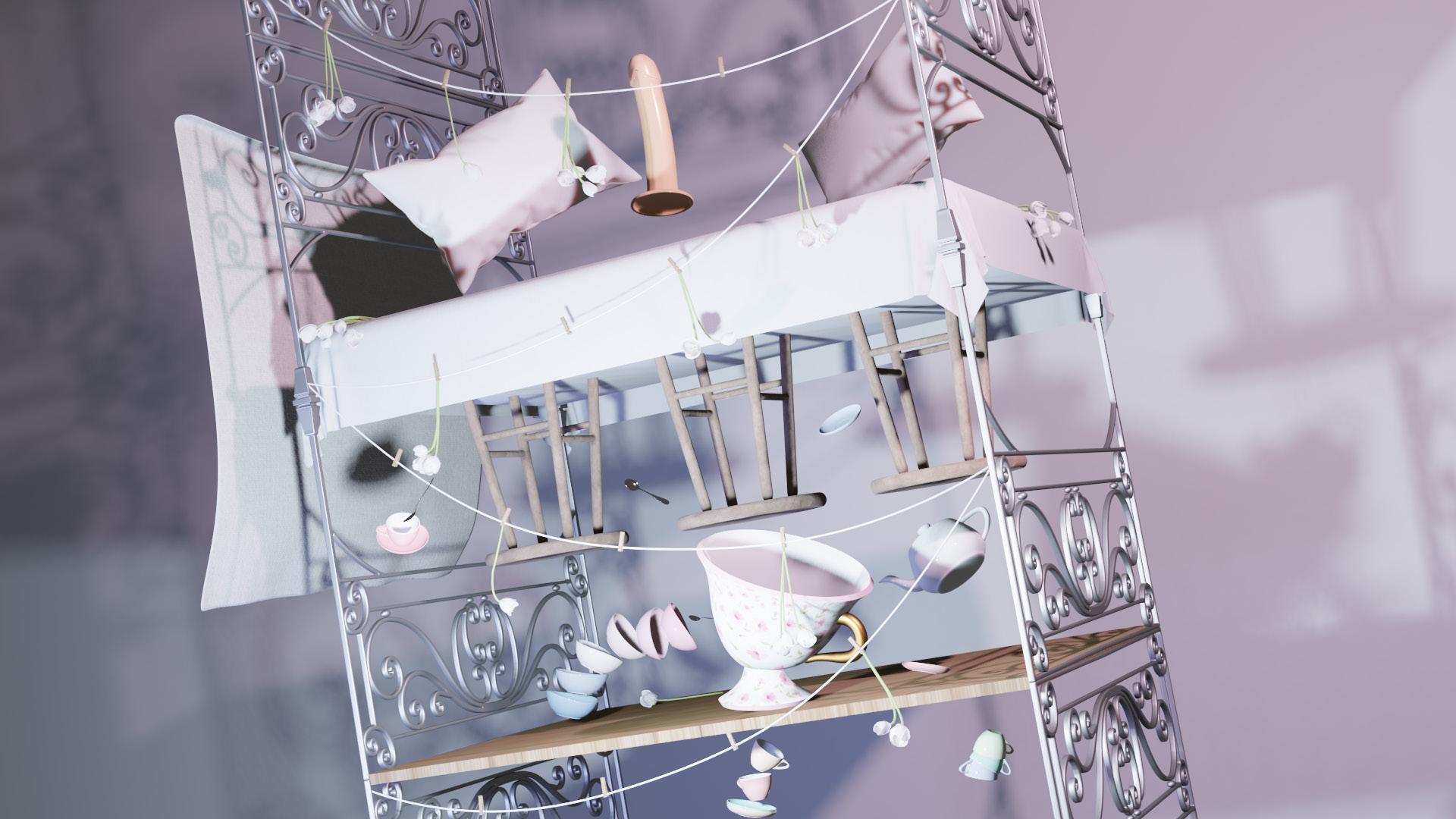
55
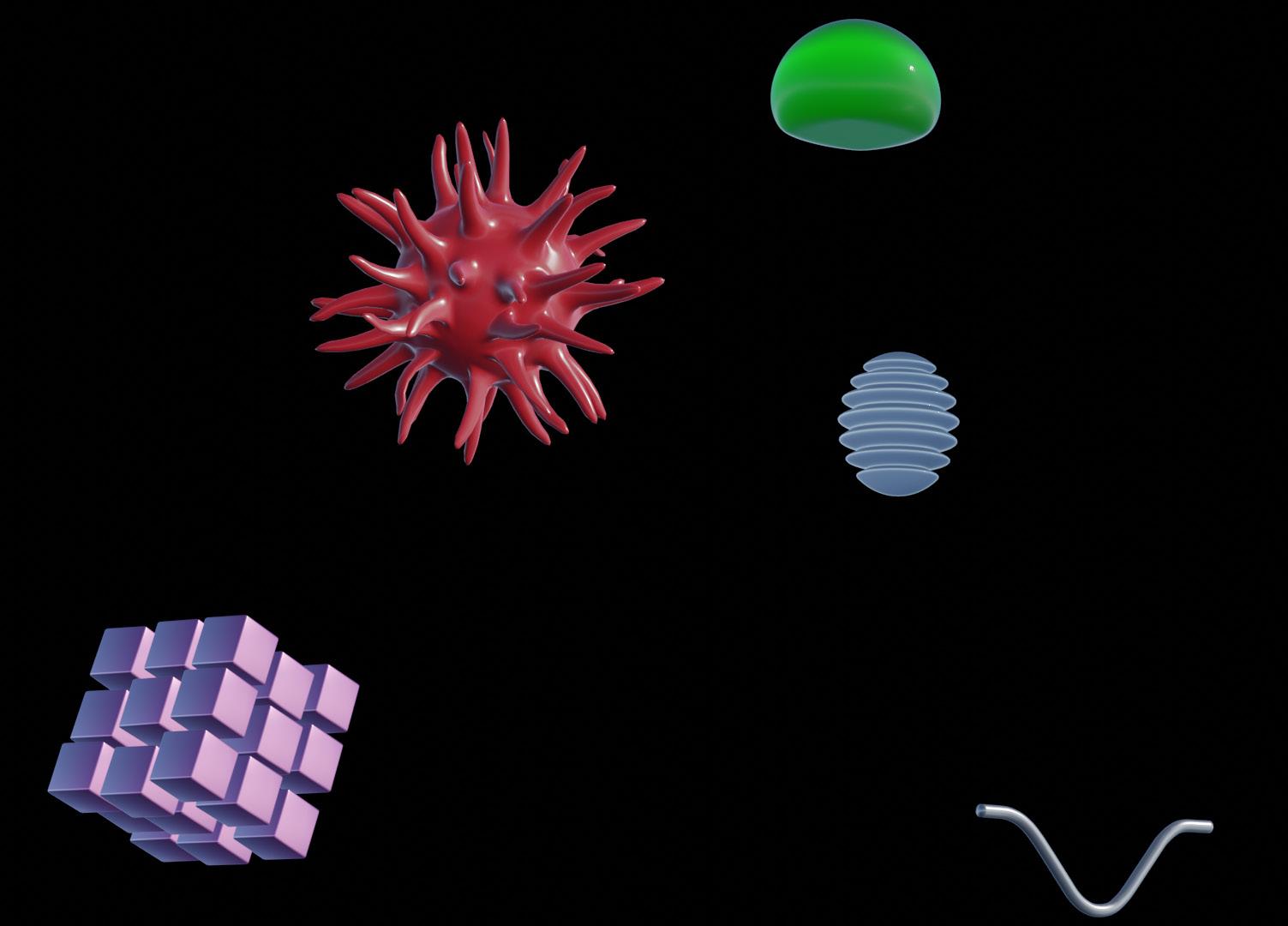
Abstraction

The Practice of Abstraction
Abstraction can be used as a tactic for refusing conventions and resisting conventional visual taxonomies through which people are currently being regulated by. There are several queer artists who use the practice of abstration in their work as a way to reject conventional and patriarchal norms about the human body and with that, gender, sexuality, and identity. There is no one way to recognise gender, identity, or sexuality in abstraction, which is the point. Each appears differently each time; not everyone can fit into the categories predefined by society and we misrecognise the world by assuming that gender, identity and sexuality are divided into static camps.
Through using abstraction, we can propose openness. In the same way that these artists have used abstraction as a form of liberation, we can refuse conventions that are imposed on us in the physical world by creating a digital space that rejects binary modes of self expression. We must rethink our accounts of humans, sexuality and the interpersonal through the mutability that abstraction proposes. The world will look different once we attend to the reality that gender is multiple, bodies are mutable, personhood is successive, and variability takes priority over the binary.
58
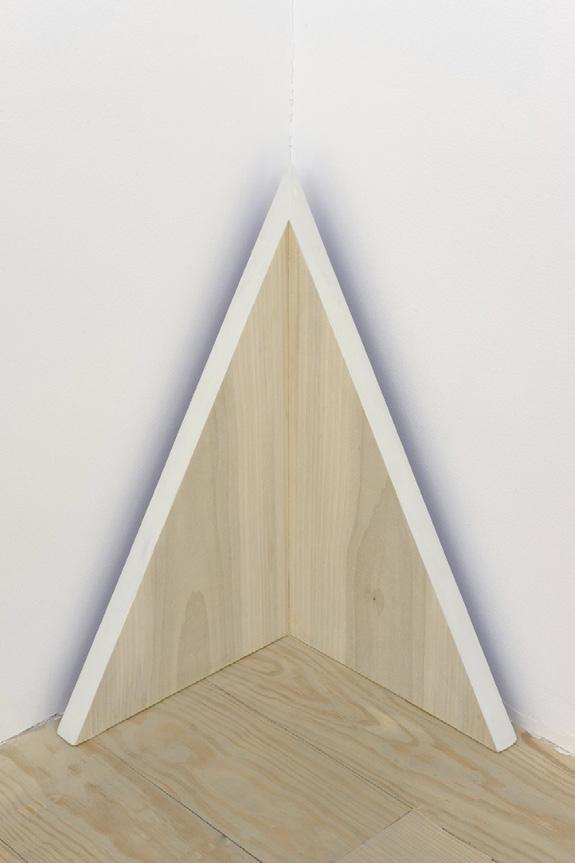


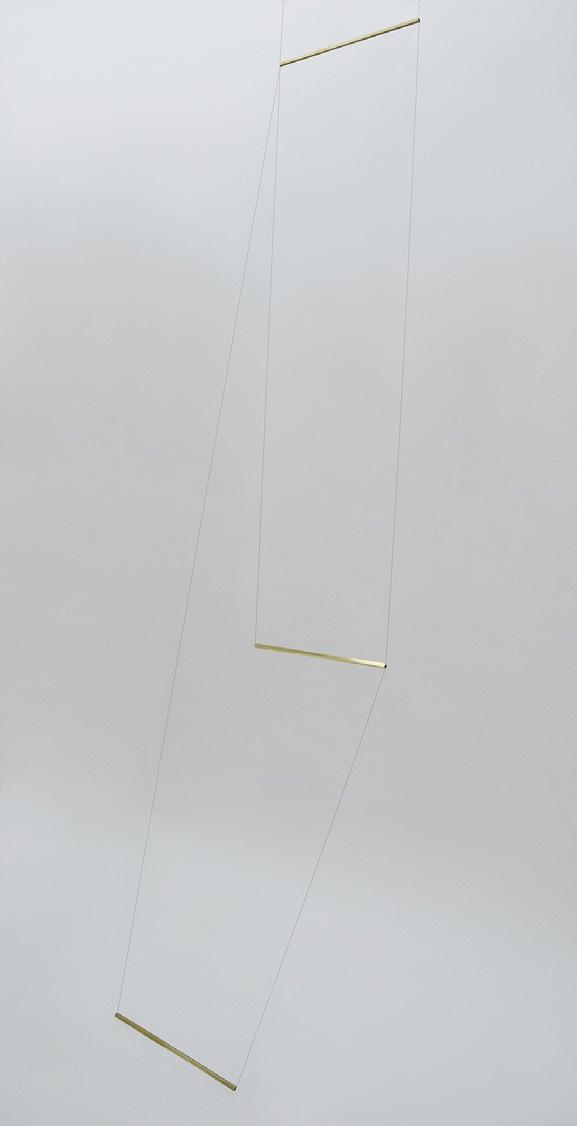
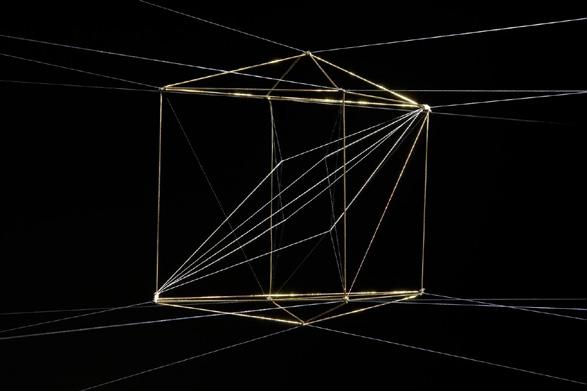




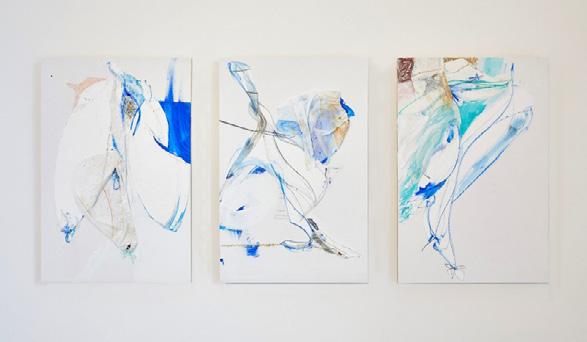
59
Gordon Hall, SET (V), 2014
Sadie Benning, Transitional Effects, 2011
Urike Muller, Curls, 2017
Jonah Groeneboer, Untitled (still of a 4D object #3), 2008
Ro Robertson, birth, build, shift, 2022
Jonah Groeneboer, bent hip, 2014
Gordon Hall, Sitting (Brick Object) (III), 2019
Prem Sahib, You & Me Both II, 2013
Math Bass, Body No Body Body, 2012
Heather Cassils, Monument Push, 2013
Abstract Avatars
In order to move away from referential modes of representation, I began to experiment with abstract forms. I did this with the idea in mind to create abstract avatars which move away from binary categories of self expression, allowing individuals to express themselves freely. The first step towards working with abstract avatars involved in creating a library of different shapes and textures.
60
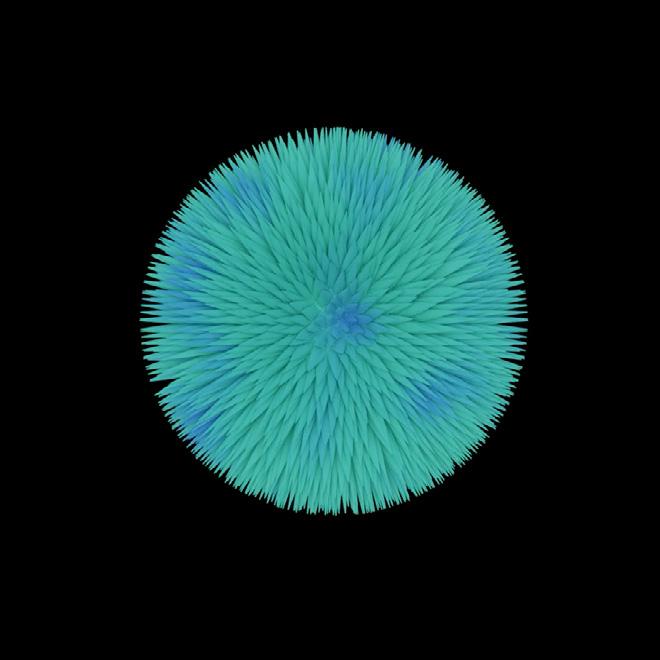
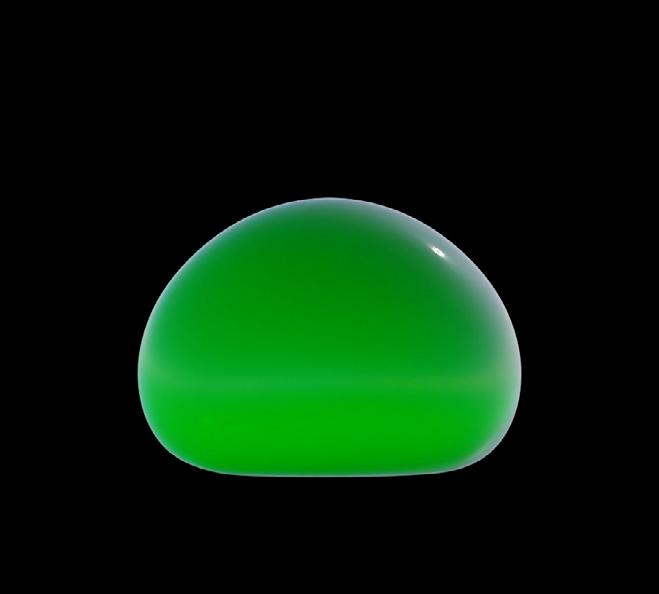
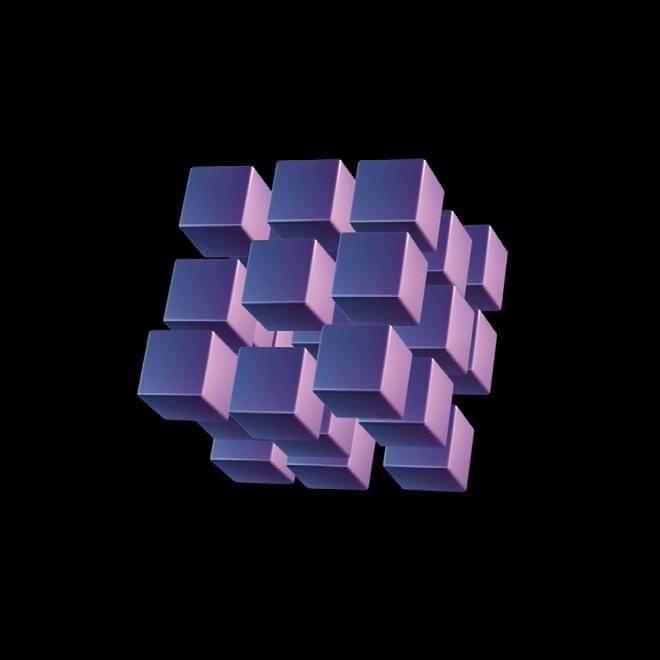
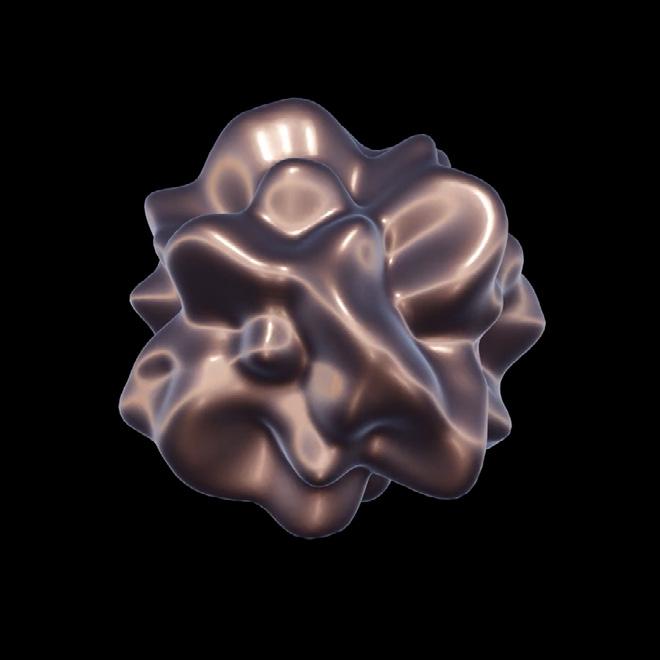
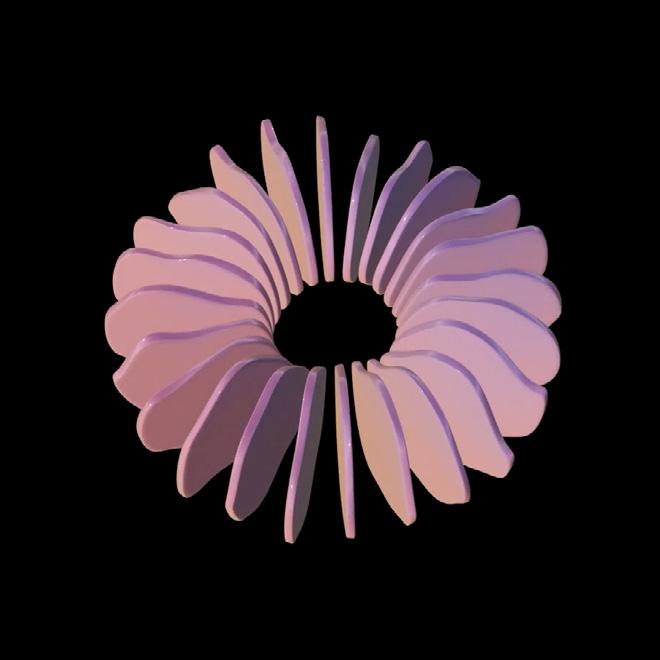
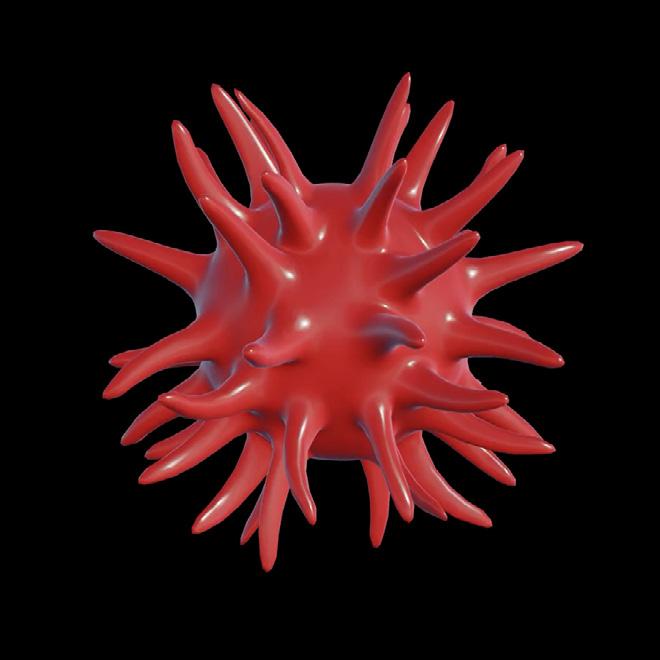
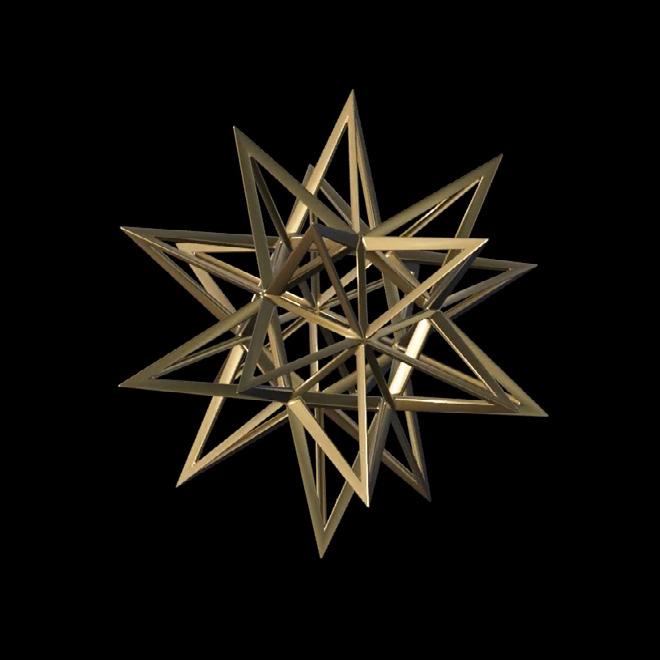


61
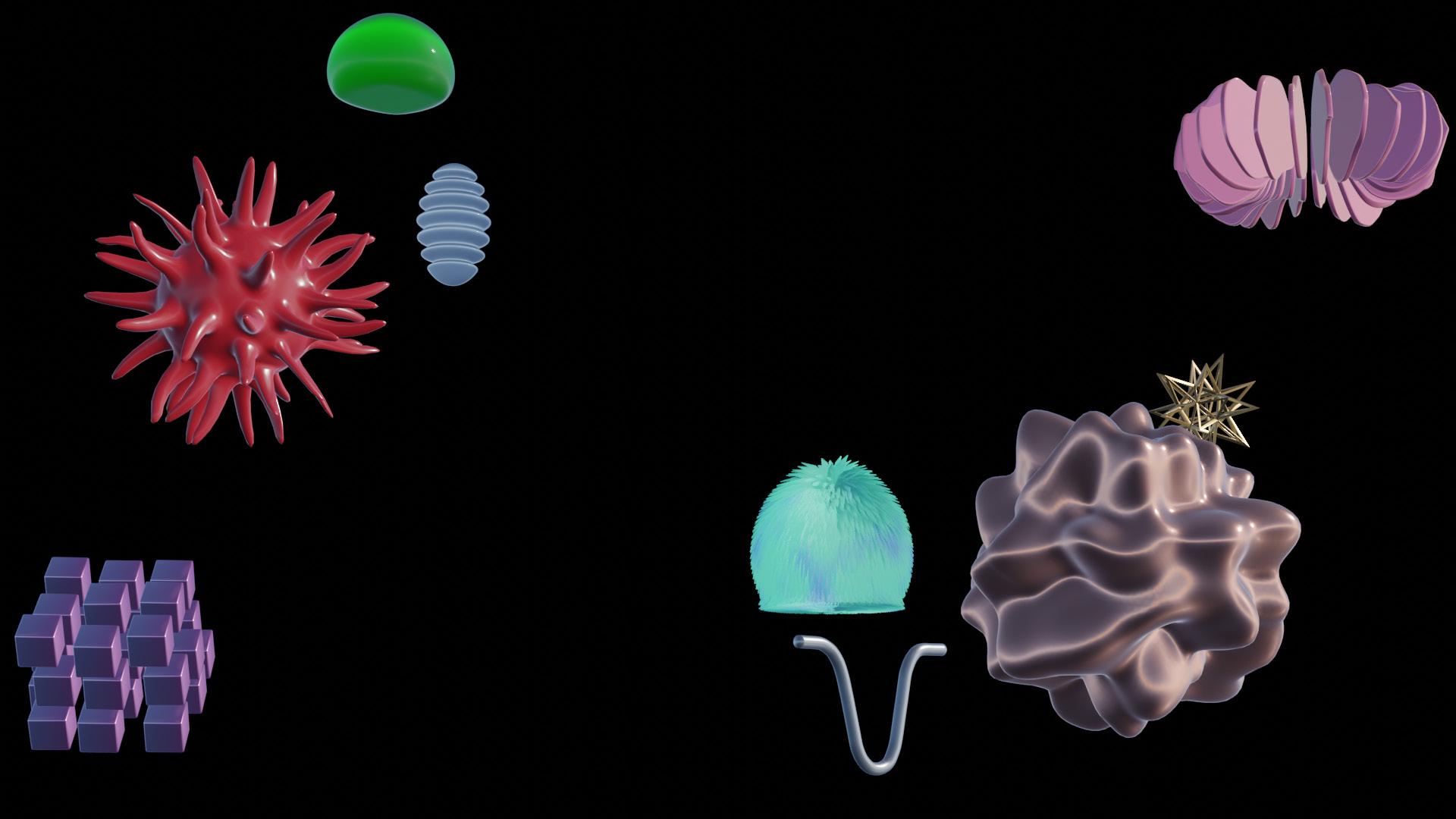
62
Abstract Avatars

With this initial library of abstract shapes and textures I then experimented with movement. Having used abstract forms meant that I was able to create entirely new movements, no longer based on the human body. Whilst I touched on this by proposing object based avatars, abstraction takes inclusivity a step further by introducing a new element of freedom. We associate the human body and objects to specific movements, based on how they move in real life, whereas abstract forms can have the ability to move however we imagine them to move. This creates an opportunity for individuals to not only be able to represent their online identity freely, but also the opportunity to allow individuals to choose how their avatar could move in a digital space. Perhaps someone who is limited by an injury or a disability in the physical world may want to use a virtual reality in order to move
in ways which they cannot in real life. I can personally relate to this, as during the course of this project I have suffered from a debilitating injury to my knee, and, as a dancer, I would make use of such a virtual reality in order to move in ways that I am otherwise unable to.
Similarly to my initial methodology using object based avatars I experimented with generating AI music from the individual movements of each shape. The sounds add another layer of identity to each avatar, as each one is specific to their movement.
As well as experimenting with individual movements, I also began to place these abstract avatars in a three dimensional space in order to start thinking about what this new format could mean for interactions between individuals.
63
PLAY VIDEO
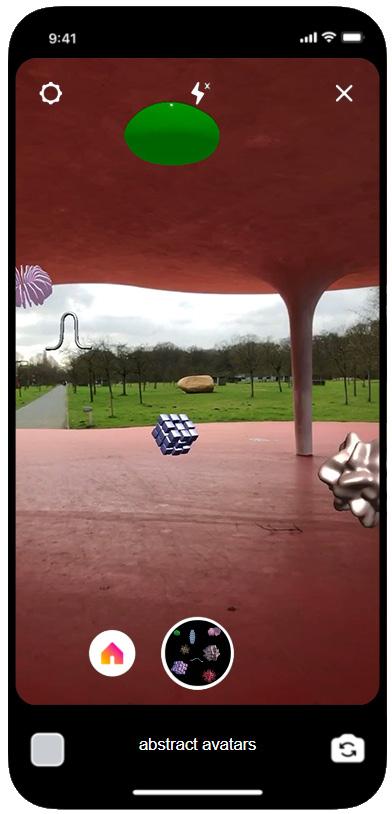
64
Augmented Reality

The ADS0 Live Project this year took place in Middelheim Museum, Antwerp, Belgium. We each situated our projects within the sculpture museum-park’s installative environment and developed our own project spin off proposals.
I was interested in bringing in new digital media to Middelheim Museum, with a particular focus on augmented reality and how this might enable us to engage with the park. I created an augmented reality filter using my designs of abstract metaverse avatars, proposing new ways of interacting with the art in Middelheim Museum. By stepping into this hybrid of virtual reality and the physical world, our perception of art and space is transformed into a new experience. New technologies can change our perception of art and space, and they ultimately change what these can be. With AR you can play with the physical world without actually altering it, or in the case of a museum, without damaging the physical artworks.
Augmented reality also has the potential to allow us to create works that cannot be achieved using traditional media, breaking away from norms. AR has a democratising possibility to distribute or showcase art, which is something that Middelheim Museum also offers given its unique park setting. AR has the fantastical opportunity to break out of the traditional institutional frameworks. Using location specific AR in Middelheim Museum could also be used as a way to encourage visitors into the park, whilst also creating a more interactive and engaging experience for the public, making the art come to life.
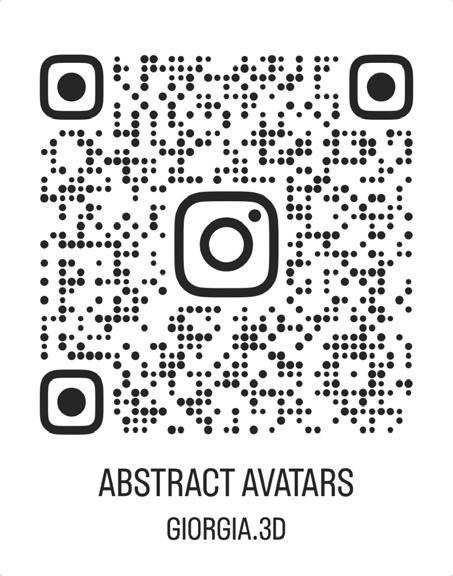
65
PLAY VIDEO


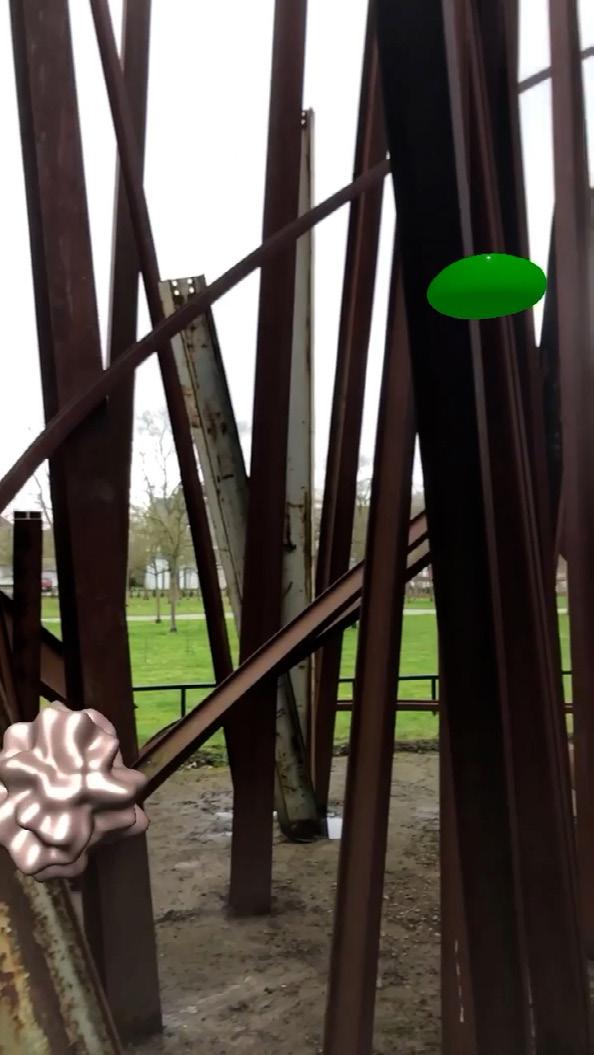


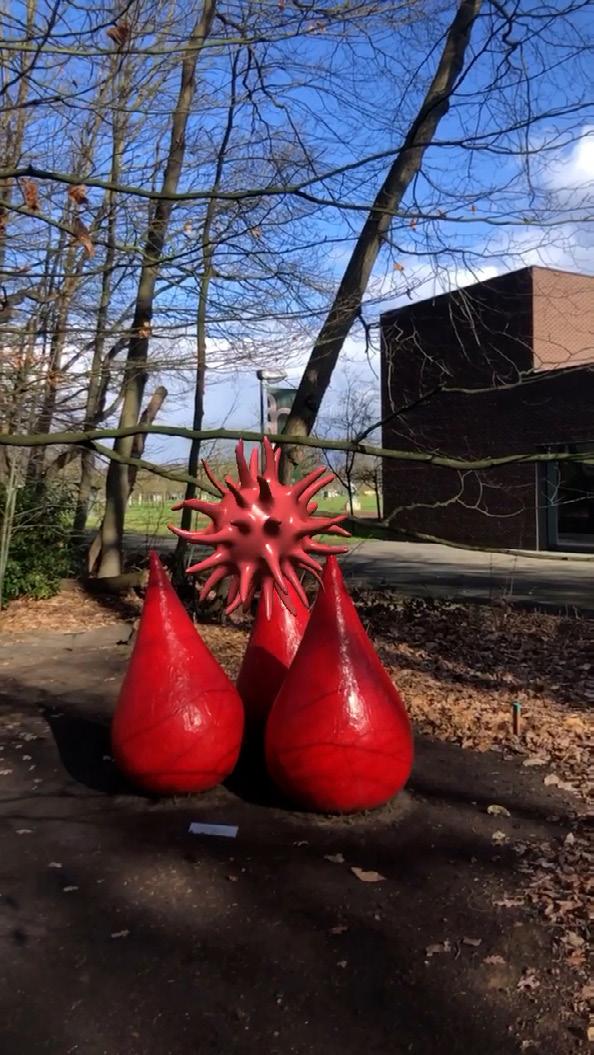


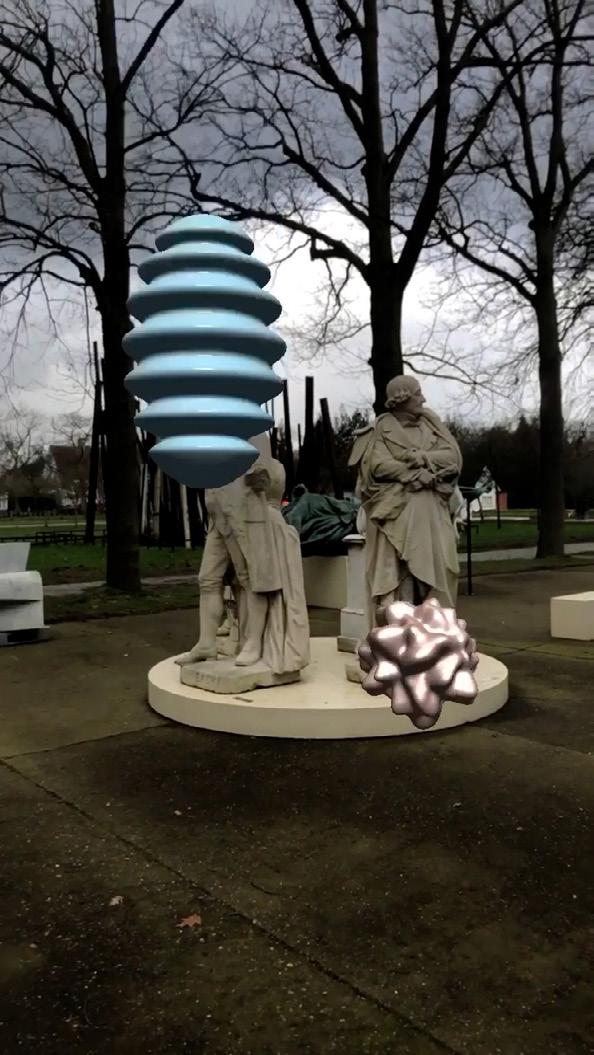
66


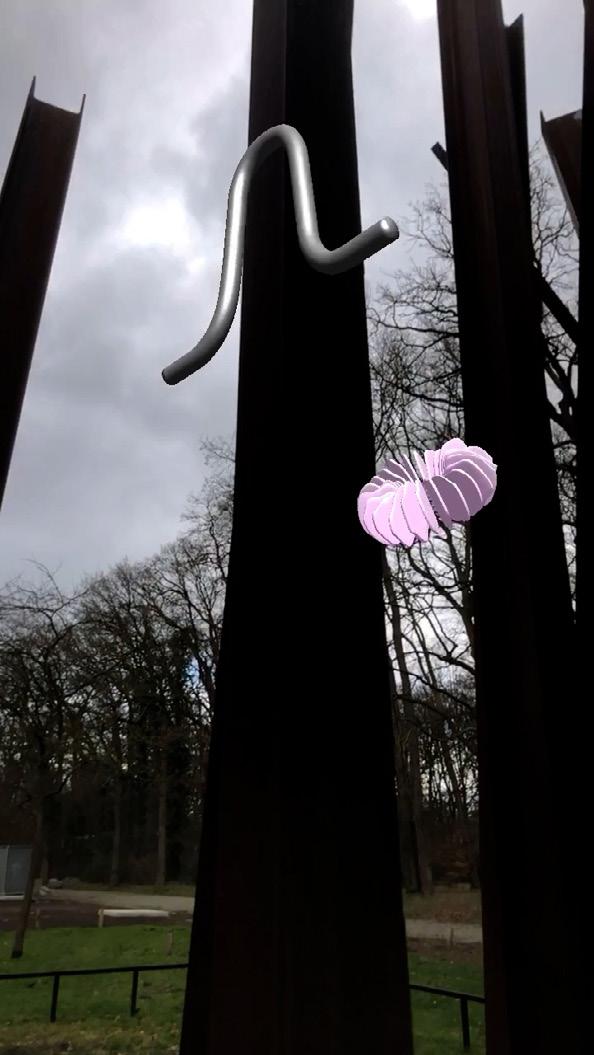
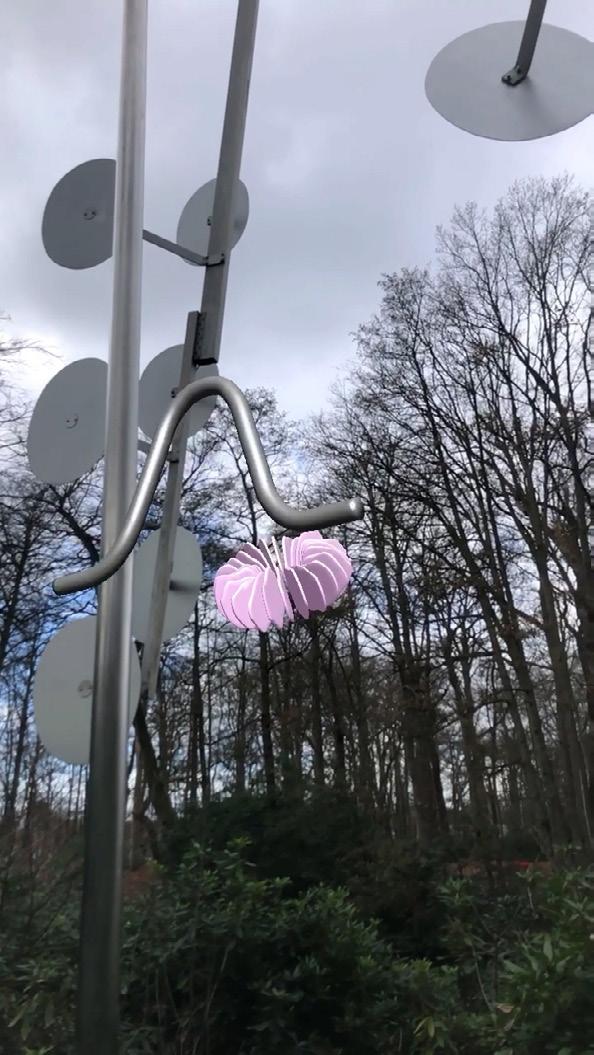
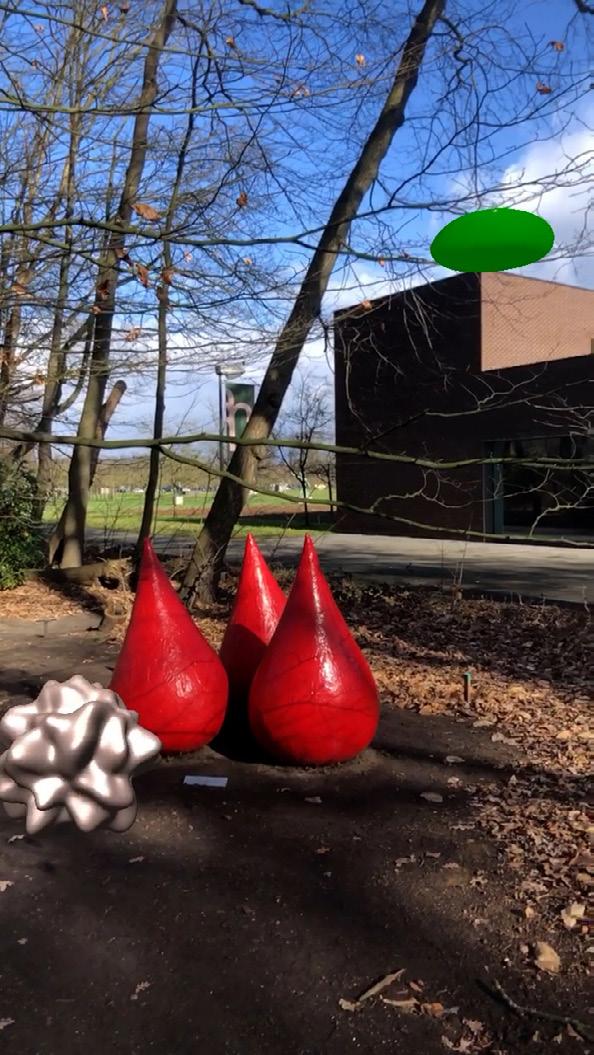
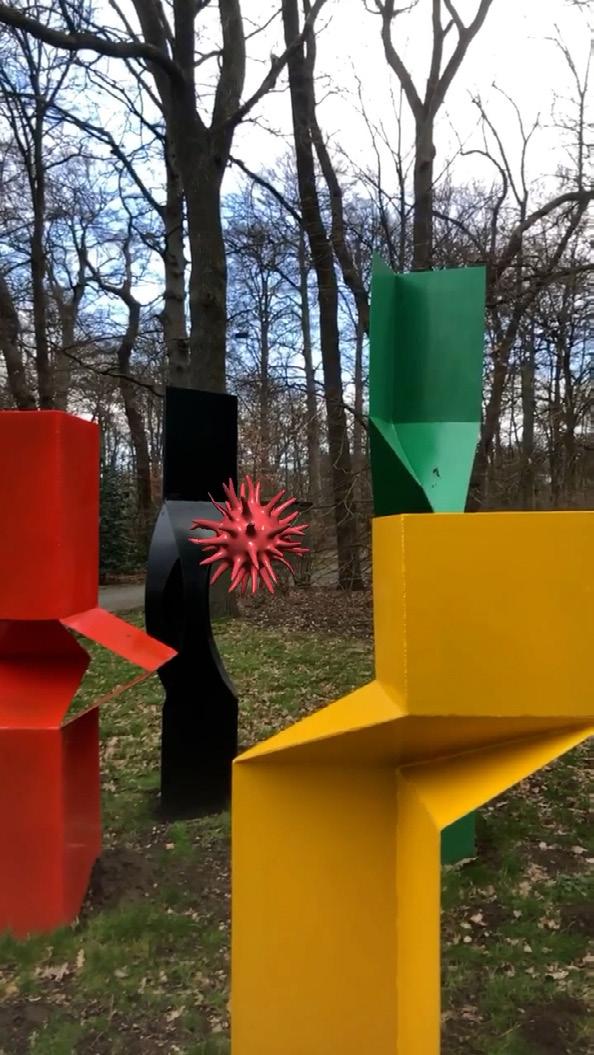

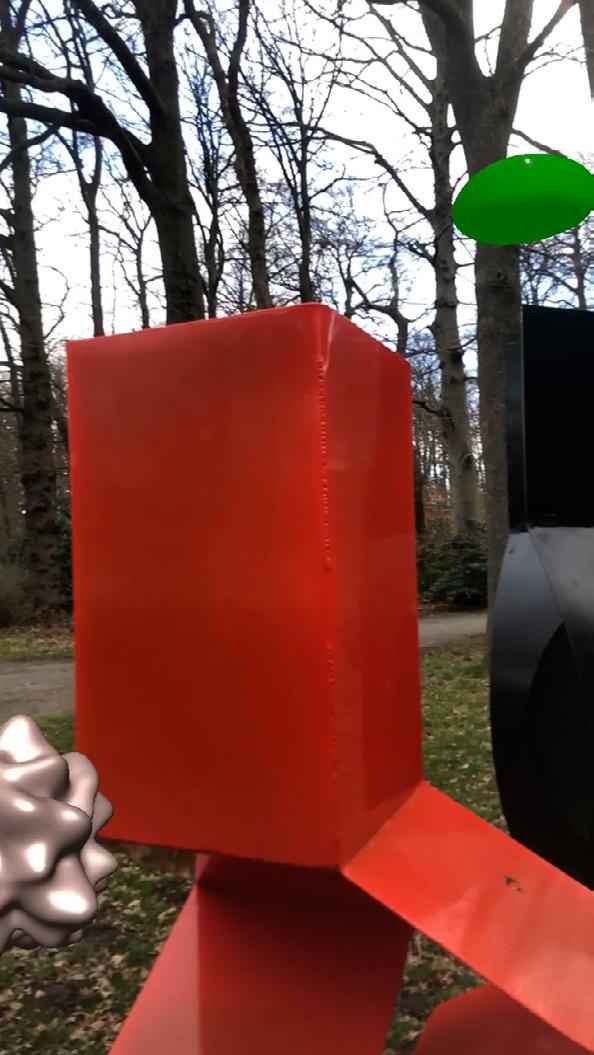
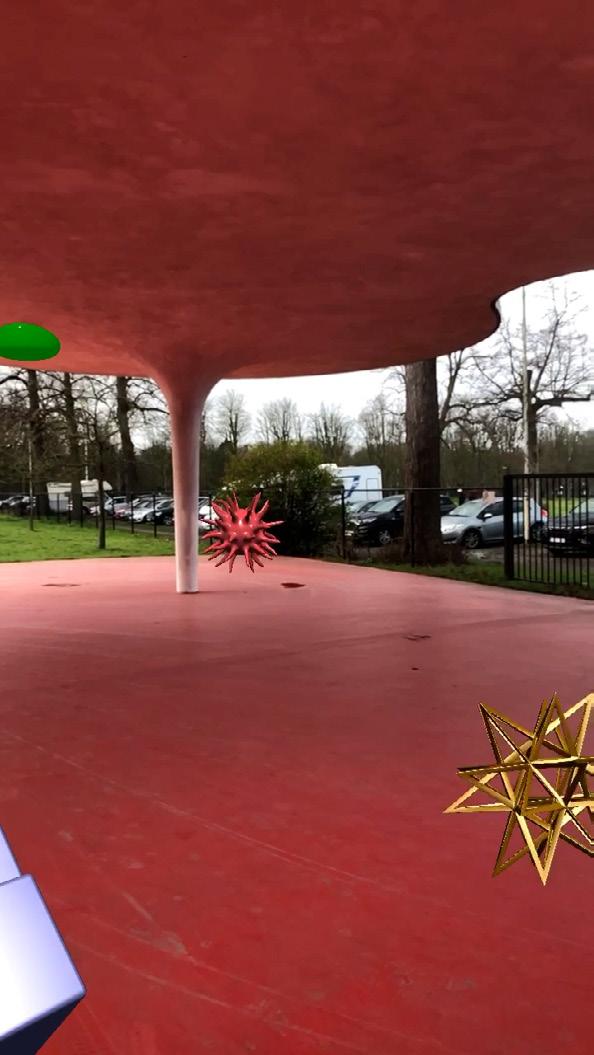
67
Abstract Avatar Development
The first iteration of abstract avatars which I designed were uniform in shape and texture. I then began to experiment with adding further layers of complexity, with contrasting shapes, colours and textures, representing the way in which personalities are formed by many different layers, where each layer might represent a different personality trait or part of an individual’s identity. Whilst these new shapes begin to show further complexity, something even more complex needs to be developed - a multilayered avatar.
68


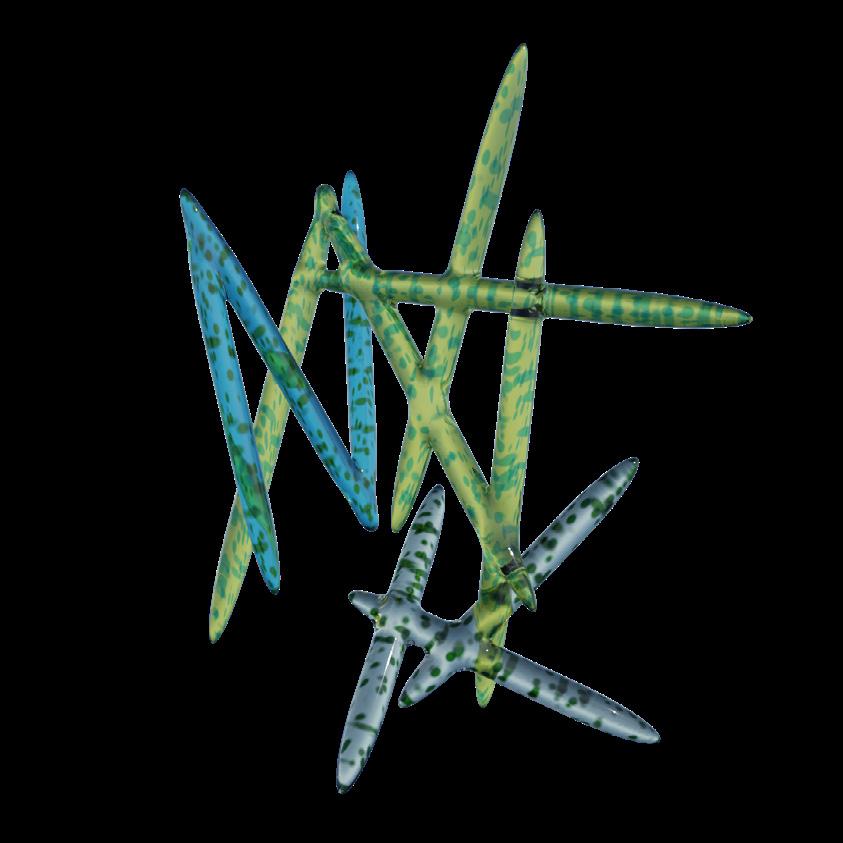
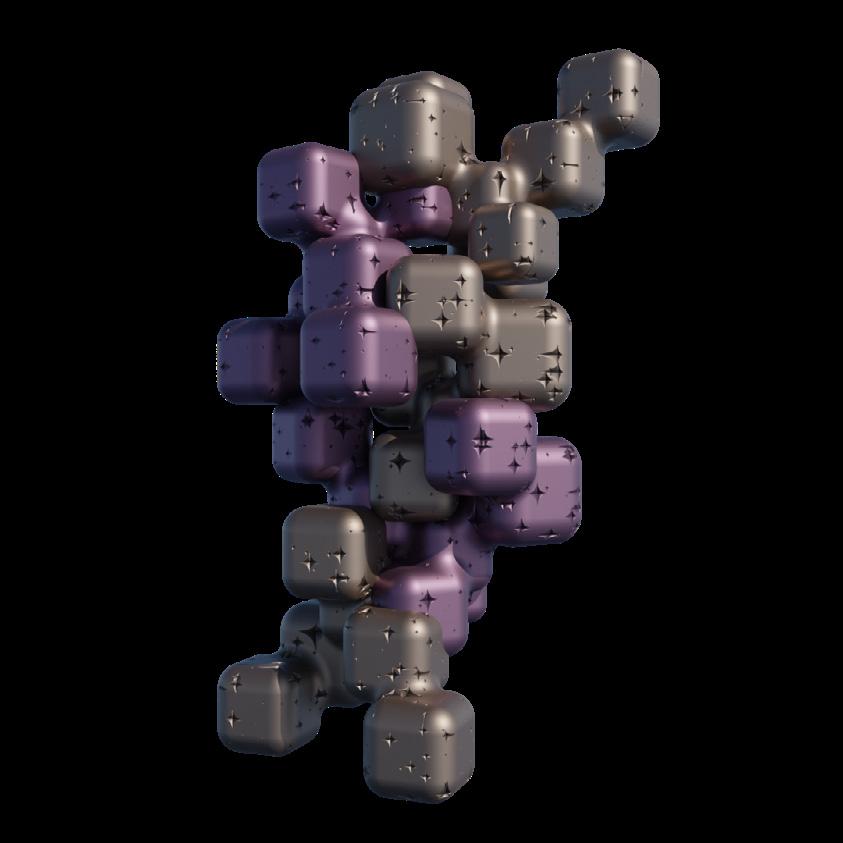
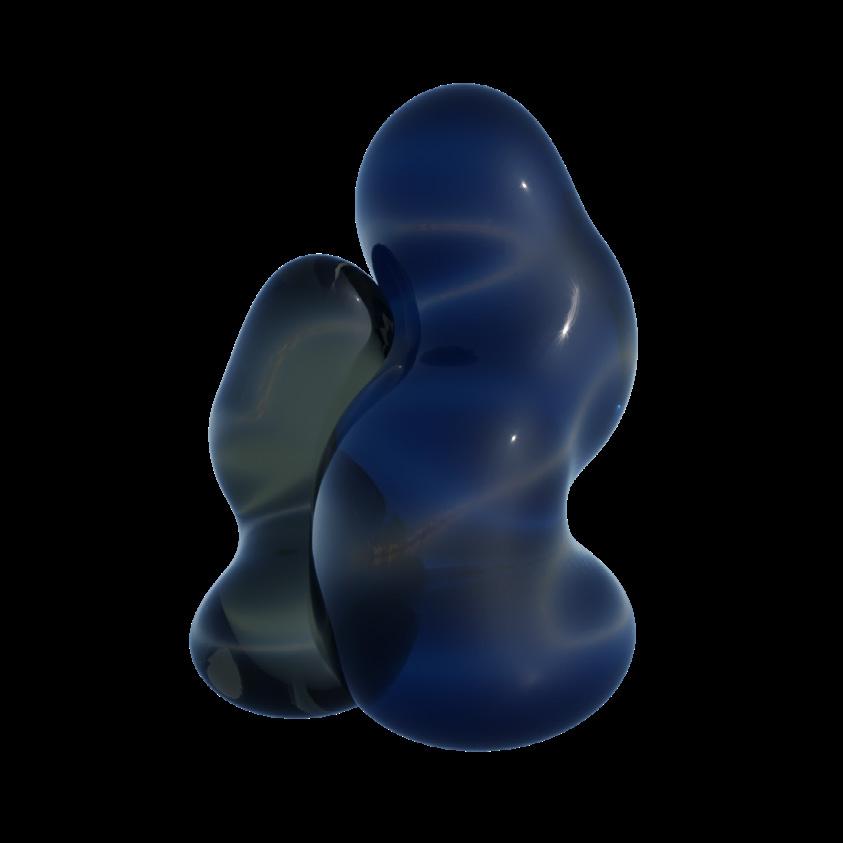

69


Disembodied Personalities
Disembodied Personalities
In order to achieve the design of an avatar that represents the different parts of someone’s identity, I developed a methodology to build abstract avatars that are multilayered. This is done through a questionnaire that allows an individual to choose their favourite things, each might represent a different layer of their personality as these things will represent their interests, style, mood, culture and so on. From the questionnaire responses, visual elements are then taken from each response in order to create a non-binary configuration of abstract elements. This methodology allows us to break away from binary modes of self expression and but also allows us to represent individuals through their interests as opposed to their physical appearance; a disembodied personality is created.
Each element that makes up the disembodied personality is assigned a movement. I choreographed these different parts of the personality by
relating movement to the form of each element and I assembled these to work together, even if each element moves differently. This relates to how identity is multifaceted, and is formed by different layers.
Umwelt theory states that there is no such thing as reality, only perceived reality. An individual therefore projects their reality into space and each individual’s reality will therefore be different, in line with their personality, identity and personal preferences. Each element orbits around a central point, the central point being the individual. The space therefore originates from the individual and is an extension of the self, it is not a precoded space that limits self expression. Therefore the idea is that the individual can not only create an avatar, but also the space that it exists in; they can create their own digital umwelt. Avatar and environment are no longer differentiated, personality becomes spatial.

72
PLAY VIDEO
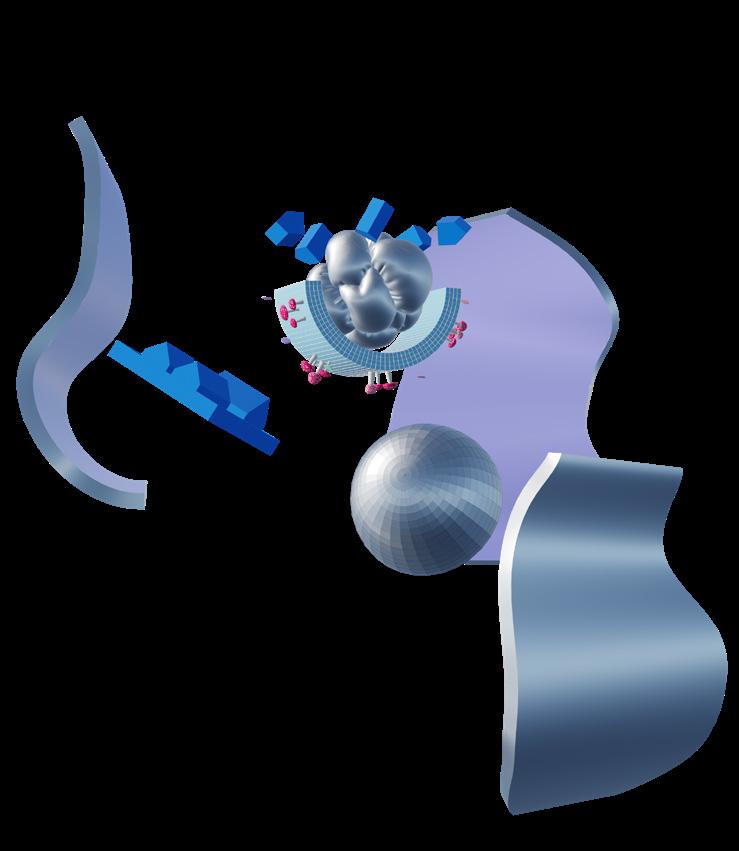
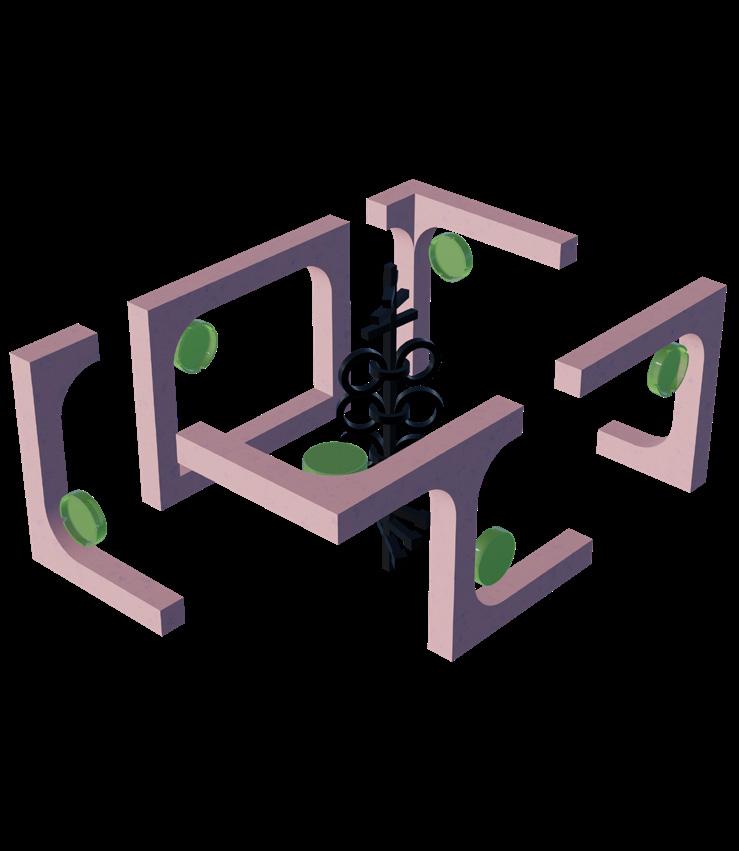



73
Profile 1
building song artwork

MVRDV, Boijmans van Beuningen Depot
Billie Eilish, My Future
shoes building
UGG Maxi Clog Metallic

MVRDV, Didden Village

fictional world sculpture
Pandora, Avatar (2009)

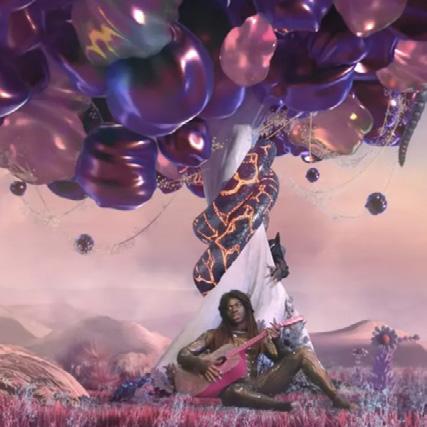
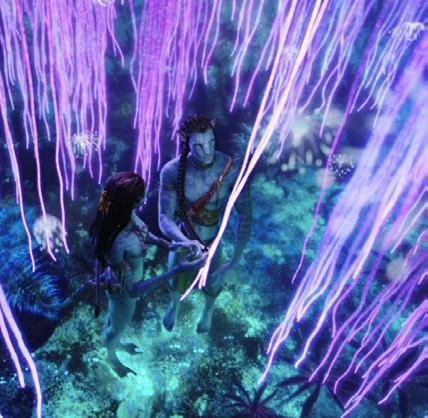
building
Jacquemus x Selfridges, Le Bleu
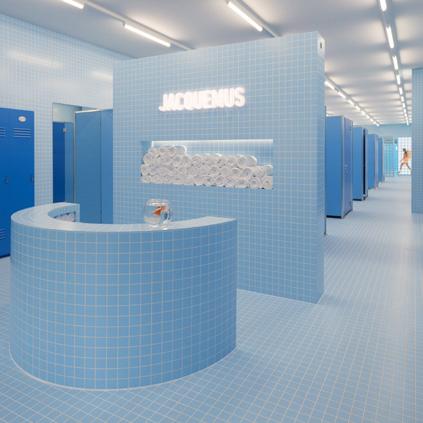
Maria Bang Espersen, Soft in Pink (2018)

interior space
LuBar, Milan
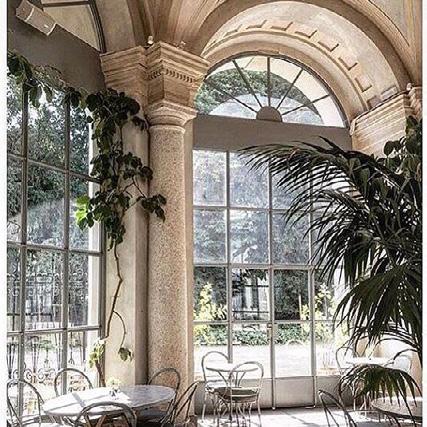
painting art installation
Damien Hirst spot paintings

Carsten Höller, Upside Down Mushroom Room
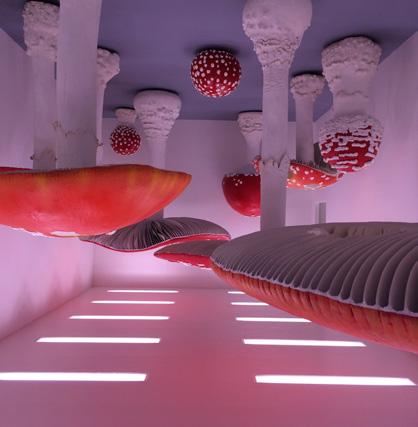
music video scene fashion installation
Lil Nas X, MONTERO, tree of life scene
Mugler x Selfridges, The Body Space
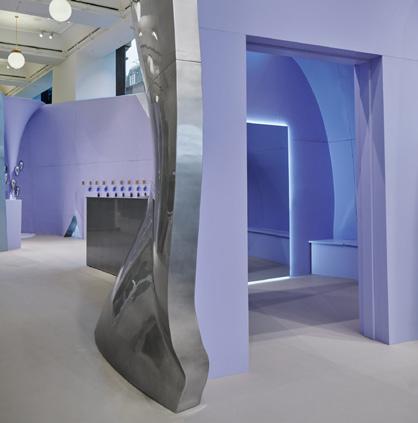
74

75
Profile 2
acheological site
Sayacmarca, Peru

album artwork
Santana, Abraxas (1970)

sculpture
Winged Victory of Samothrace

interior space
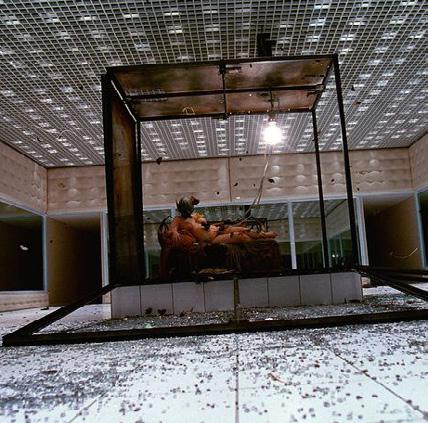
Sagrada Familia, Barcelona, main hall
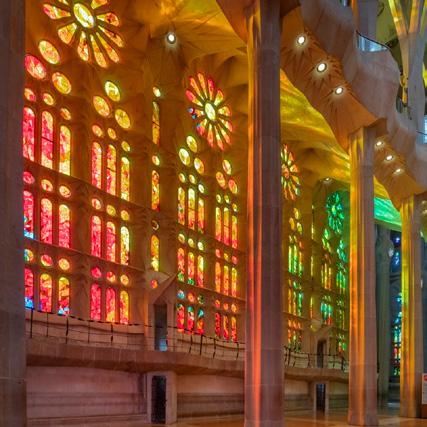
fashion show set bag
YSL Men’s SS 2023
Rubens Bag, Diesel

fashion show set
Alexander McQueen SS 2001, Voss
painting
Gustave Dore, Satan, The Fallen Angel (1866)

art installation
Anish Kapoor, Descension (2014)
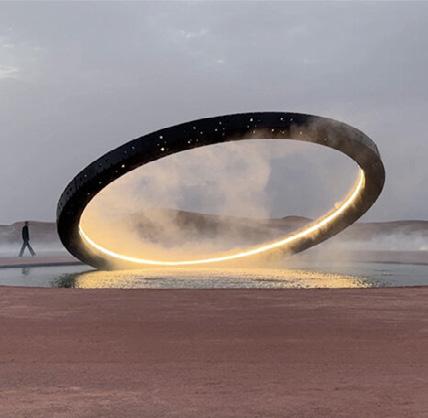
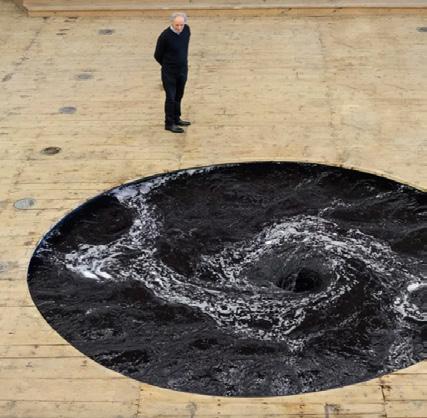
building
Calatrava, Montjuic Communications Tower

music video scene
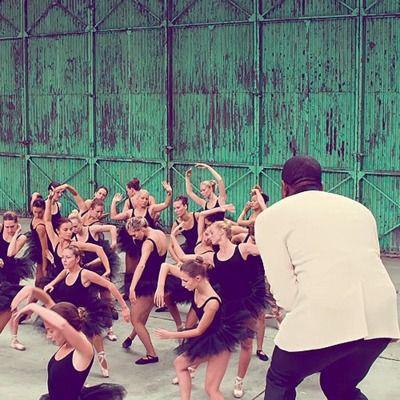
Kenye West, Runaway, ballet scene
fictional world
Republic of Heaven, His Dark Materials
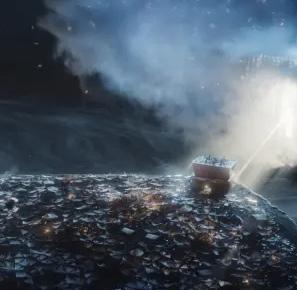
76

77
Profile 3
shoes dress
Dr Martens Adrian Virginia Leather
Tassel Loafer Pink
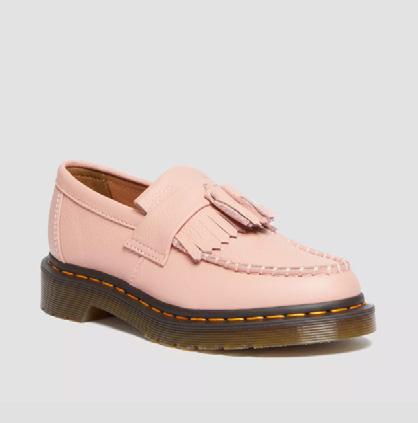
street facades
Valparaiso, Chile
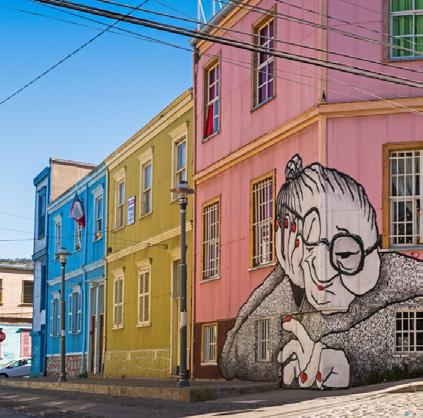
building
National Library of Kosovo
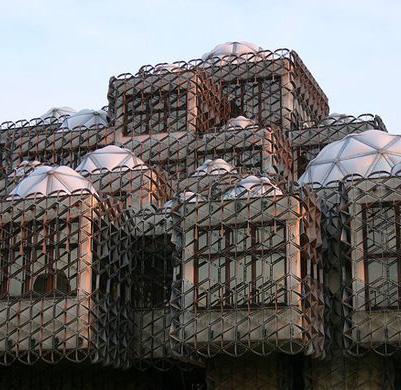
Dua Lipa in Giambattista Valli, Billboard Women in Music Awards 2020

fetish clothing
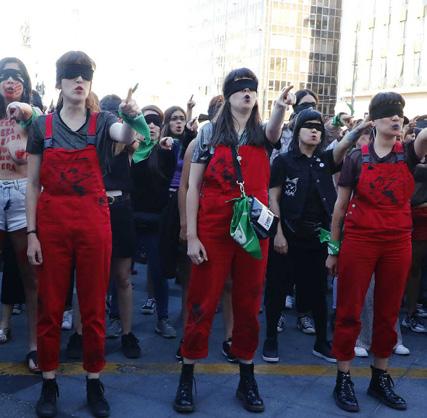
Regulation Grab it Body Harness White

restaurant decor

Drippy, Geneva
book cover TV series poster
Sophie K. Rosa, Radical Intimacy
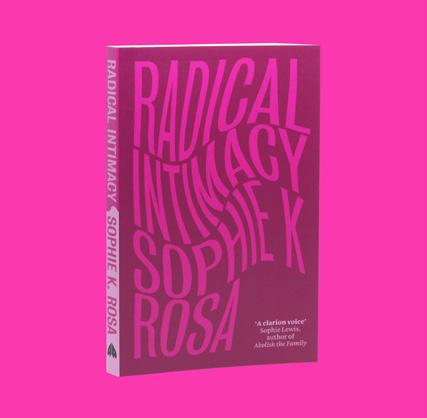
I May Destroy You (2020)

album artwork performance
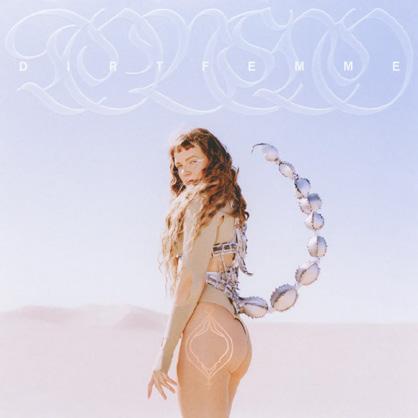
Tove Lo, Dirt Femme
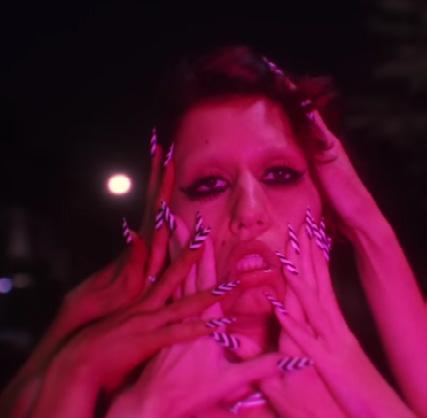
LASTESIS, Un Violador en Tu Camino
singer music video scene
Florence + the Machine
RAYE, Escapism, car sunroof scene
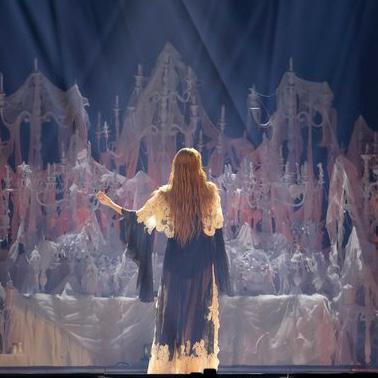
78

79
Profile 4
film scene
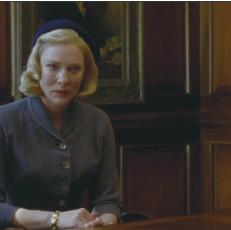

Carol (2022), fighting for custody scene
interior design style
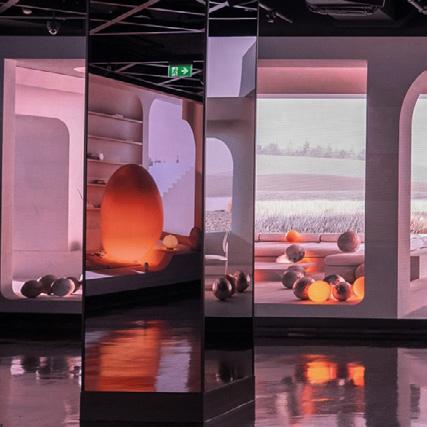
Casa Filipe Instagram post, bright and airy

fashion look building
Cate Blanchett’s suits in Tár (2022)

Pena Palace, Sintra, Portugal

music video scene pattern
Paramore, This Is Why, shots exposing the camera
clothing item
oversized white cotton shirt
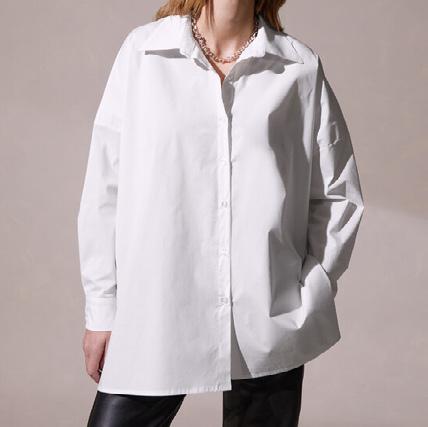
Vigeland Sculpture Park
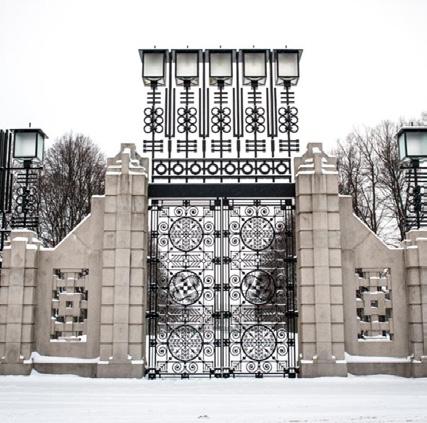
song artwork

Victoria Monet ft. Lucky Daye, Smoke
colour combination shoes
iridescent pastel rainbow
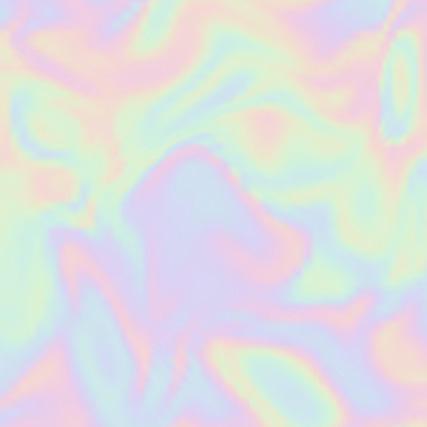
Dr Martens Adrian Smooth Leather
Tassel Loafer Black

exhibition hat
Six N. Five, Cycles (Flannels, 2023)
Carhartt bucket hat mint green

80

81
Profile 5
art installation
Robert Henke, Thin Air (The Beams, 2023)

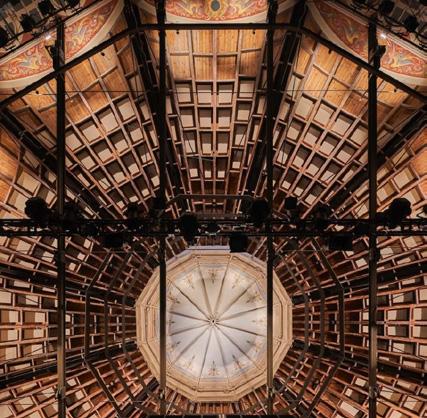
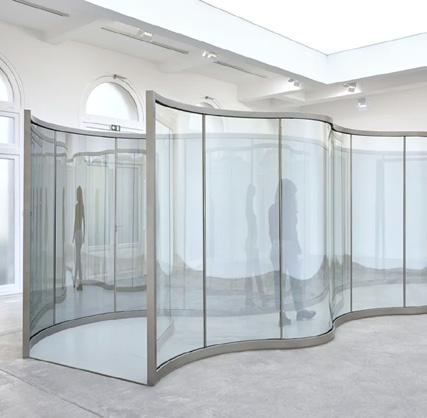

fictional world
Westeros, Game of Thrones
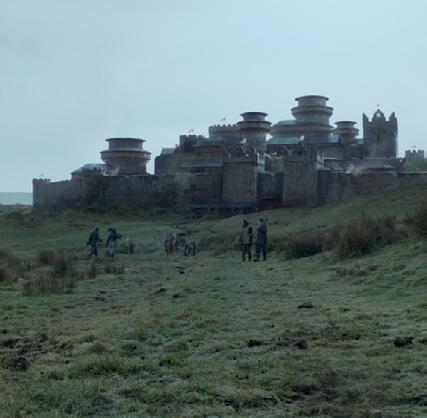
building sci-fi series
Malmö Stadsteater Hippodromen
Black Mirror, San Junipero (S3 E4)
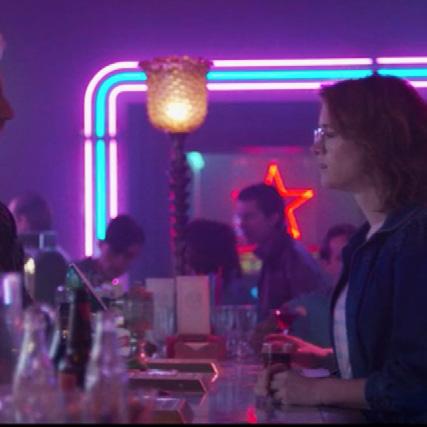
film element
Nope (2022), the inflatable alien/UFO
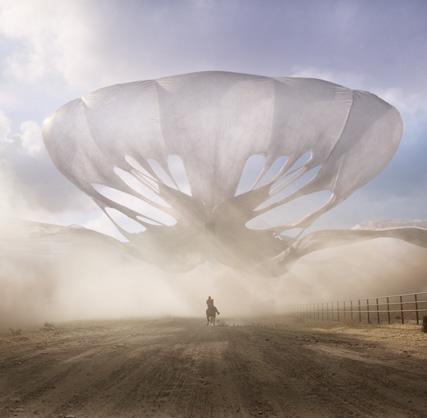
clothing item
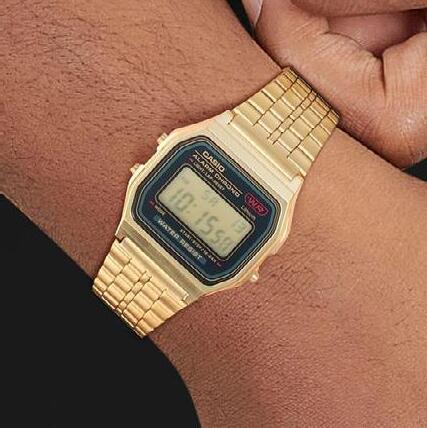
All Saints black leatehr jacket

animal
album artwork
Siamese cat SZA, SOS
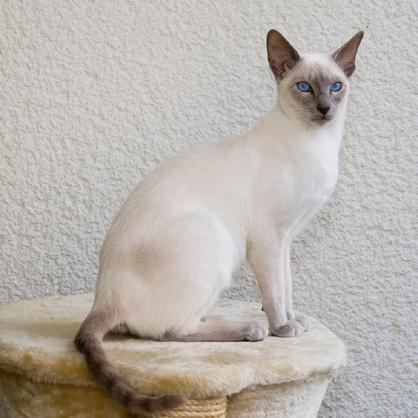
flower watch
campanula Casio gold

interior space
Starfield Library, South Korea

pavilion
Dan Graham, NeoBaroque Walkway (2019)
82

83
Choreographing Interaction and Space

The project proposes to inform the spatial quality of the metavese through the disembodied personalities’ movement. This allows for the creation of a space that is not static but is instead responsive to the users’ evolving personality. A dancer has the ability of influencing its surroundings, creating a new dynamic space.
There are several existing case studies situated in the intersection between choreography and architecture, as both are spatial practices. These works are often about translating body motion into space, turning a subjective dance experience into an objective architectural reality, and translating personal space into temporal space. Architecture is traditionally opposed to the temporality that is inherent in movement and dance, and this is also true of the current architecture of the metaverse. Instead, through using the practice of dance, we can choreograph the metaverse to be an ever evolving space that reflects the ever evolving personalities of its users.
This new space typology can not only be
informed by individual movement but also by interactions between multiple users. Space can be informed by different types of interaction, differing in number of dancers, rhythm, and scale of movement. Within these interactions, there could be moments of synchronicity or also moments of tension and contrast between the different elements of each disembodied personality. There could be moments where the elements of an individual’s personality may dominate the other, highlighting the difference in personality and thus space. There could also be moments of harmony, where a new combined space is created from the elements that make up each personality.
With these things in mind, I choreographed a series of interactions between the five disembodied personalities, from the point of view of a sixth user. Each interaction changes based on the number of personalities present, and the mood which is created by the music. This user experiences the interactions at first hand, and navigates through the different choreographed spaces.
84
PLAY VIDEO

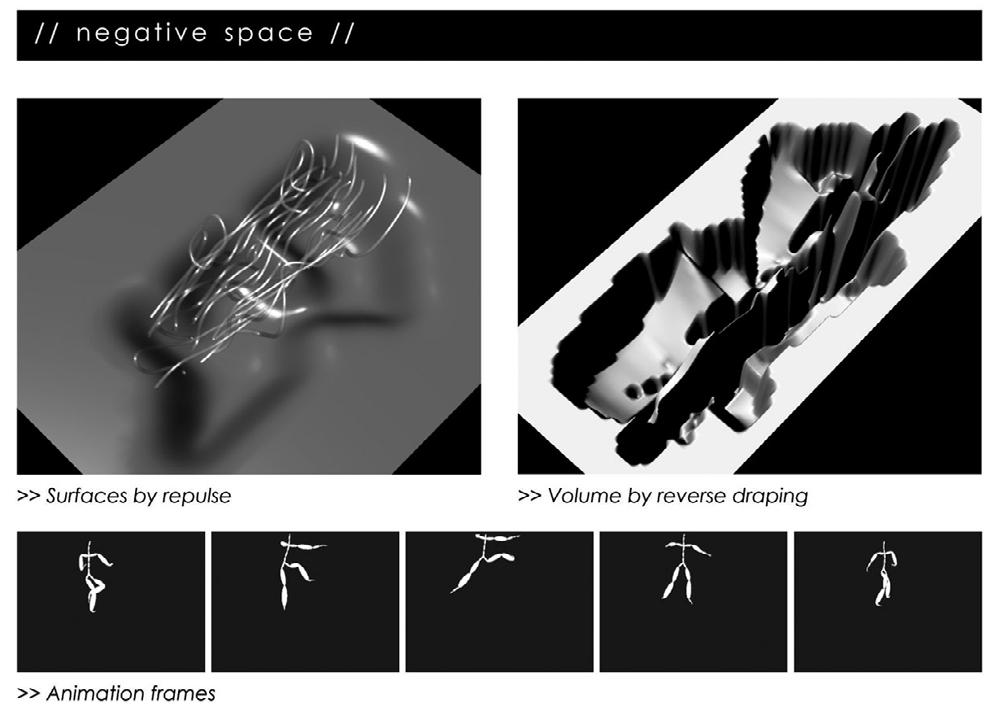


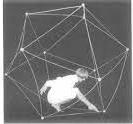

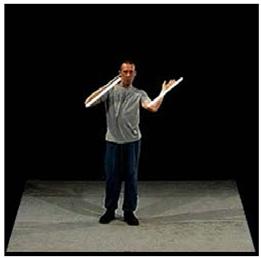


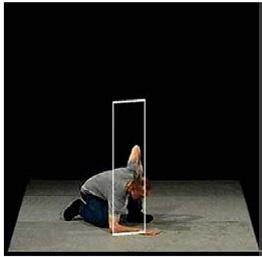

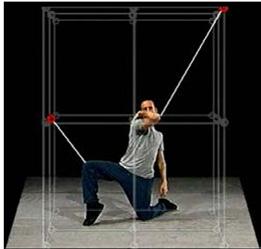




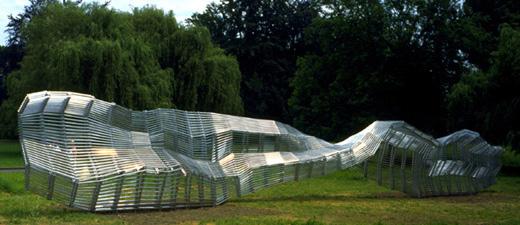
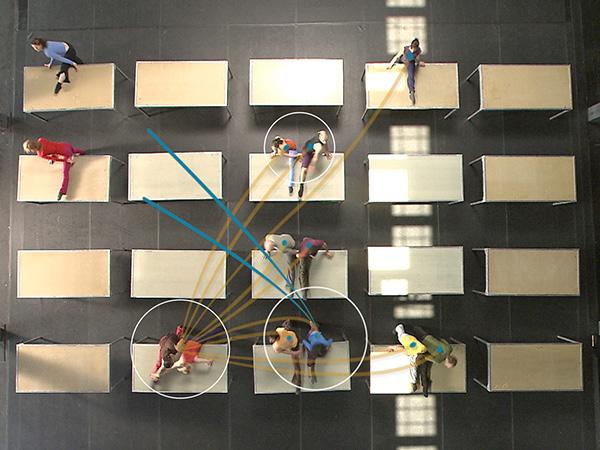



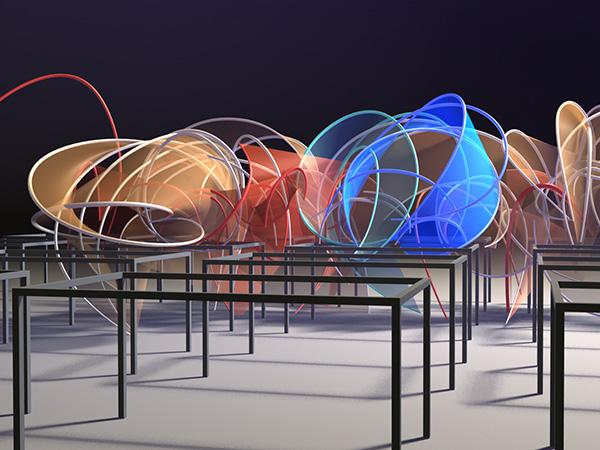
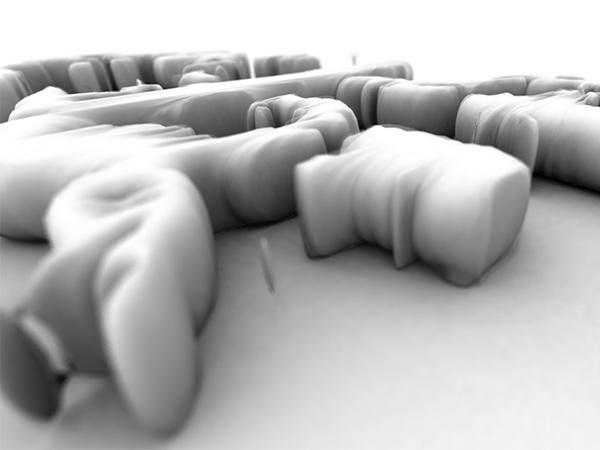
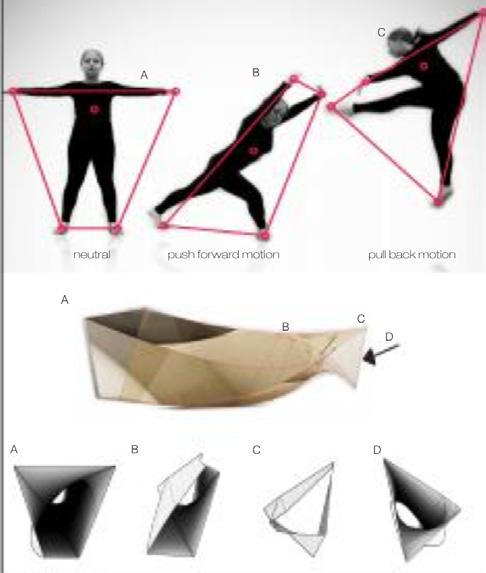

85
Rudolf von Laban, Space Harmony, 1920s
William Forsythe, Improvisation Technologies, 1949
William Forsythe & dECOi, Either/I, 1995 Ashley Biren, Designing with Dance, 2012
Dimitra Stathopoulou, From Dance to Movement to Architectural Form, 2011
William Forsythe & dECOi, Either/I, 1995
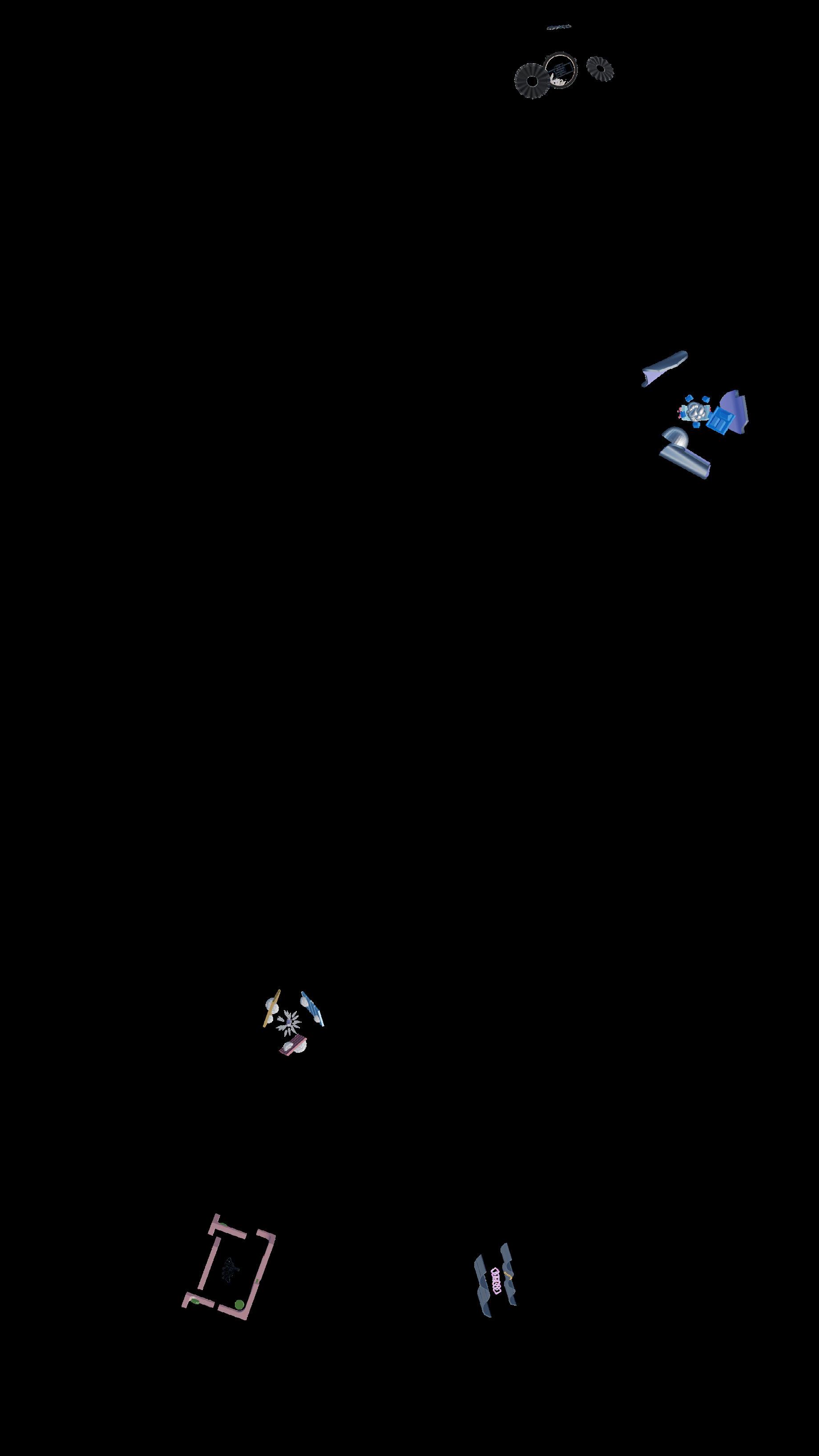
86
Entering the Metaverse
The choreography begins with a user entering the metaverse platform. Whilst navigating through a three dimensional black space it encounters five other users, or disembodied personalities, each slowly moving on their own path.

87
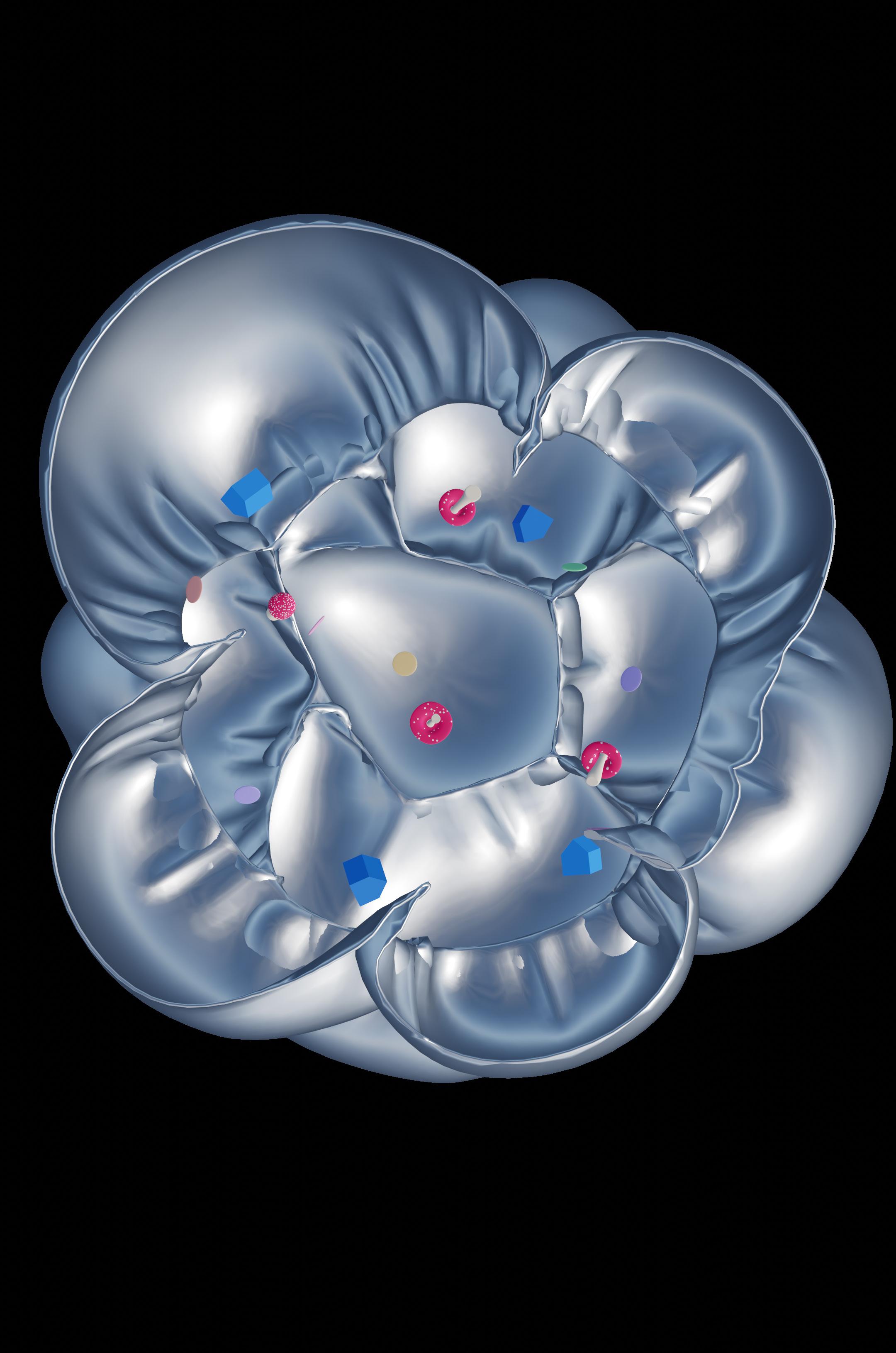
Solo Space
The user then travels into one of the disembodied personalities, exploring its interior. In choreographic terms, the user is essentially inside a solo, a space created by a single disembodied personality dancing on its own.

89

The user then leaves the solo, and a new disembodied personality joins the space as the music speeds up in tempo. The user witnesses the start of a duet between two disembodied personalities in a moment of tension between the two personalities.
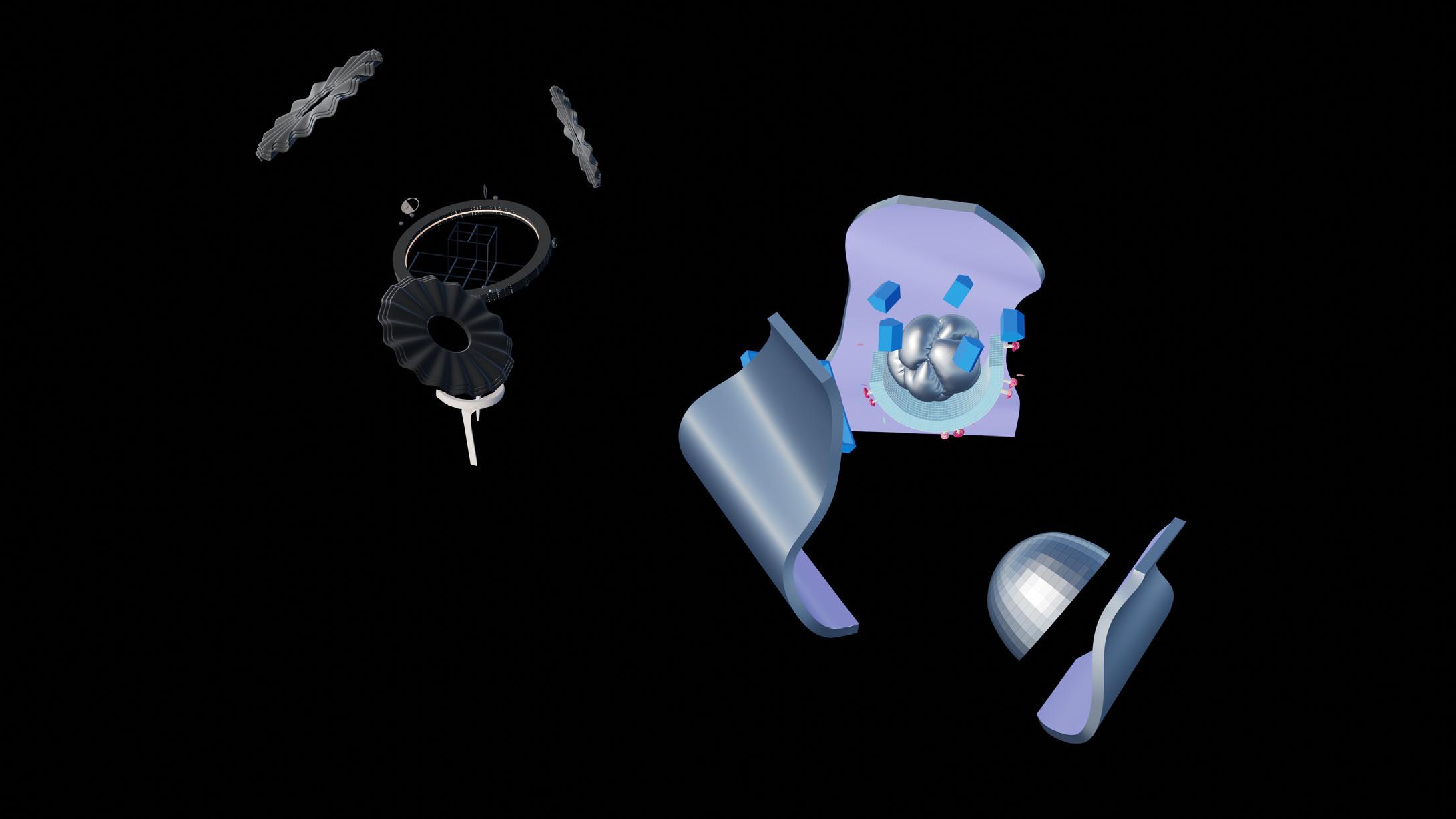
91
Duet
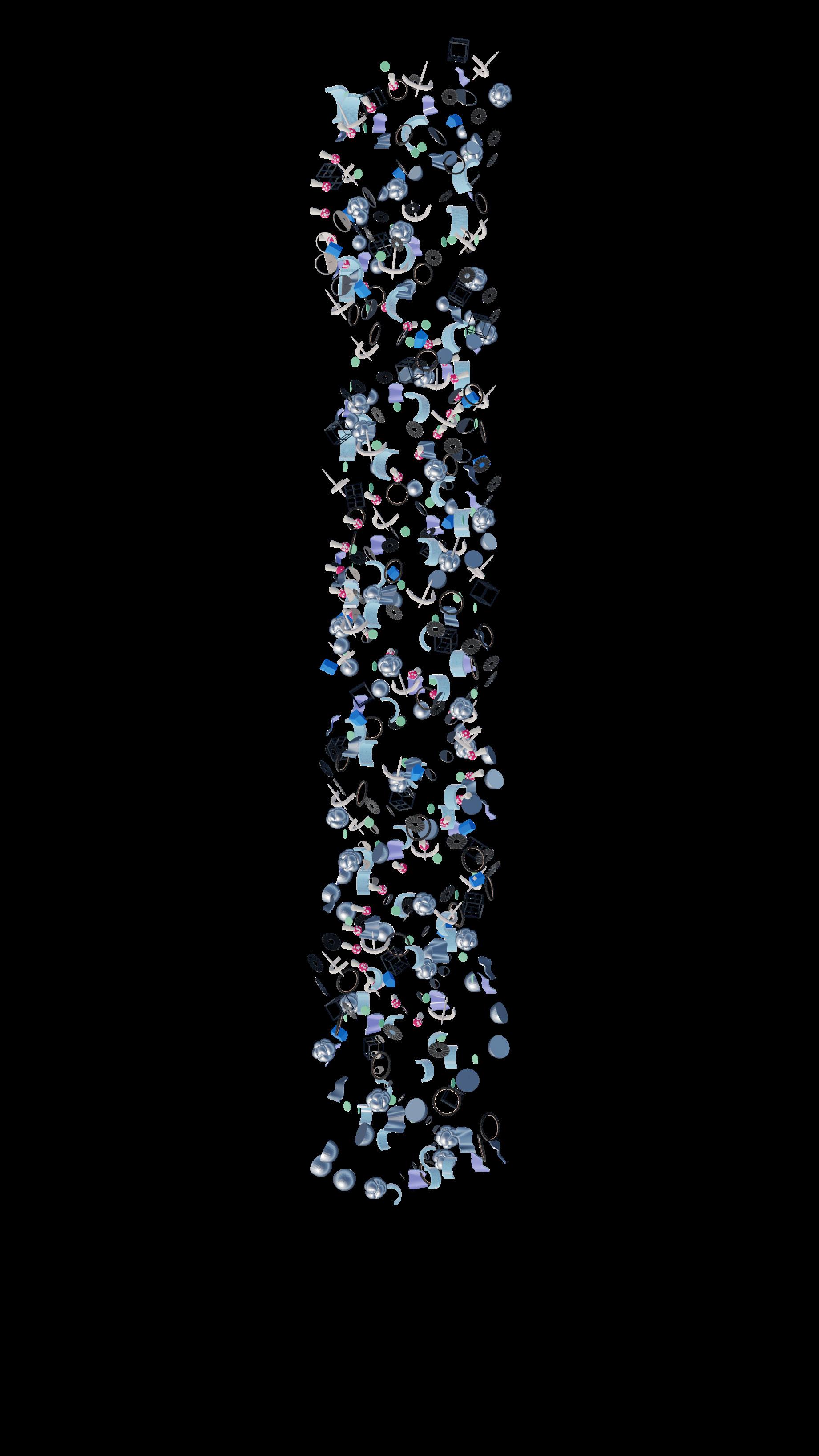
92
A space is then formed by the duet, with the two disembodied personalities in harmony. The user slowly navigates through this new space, filled with multiplied elements from each disembodied personality, circling the user. A moment of unison is created, and this is emulated in the music.

93
Duet Space
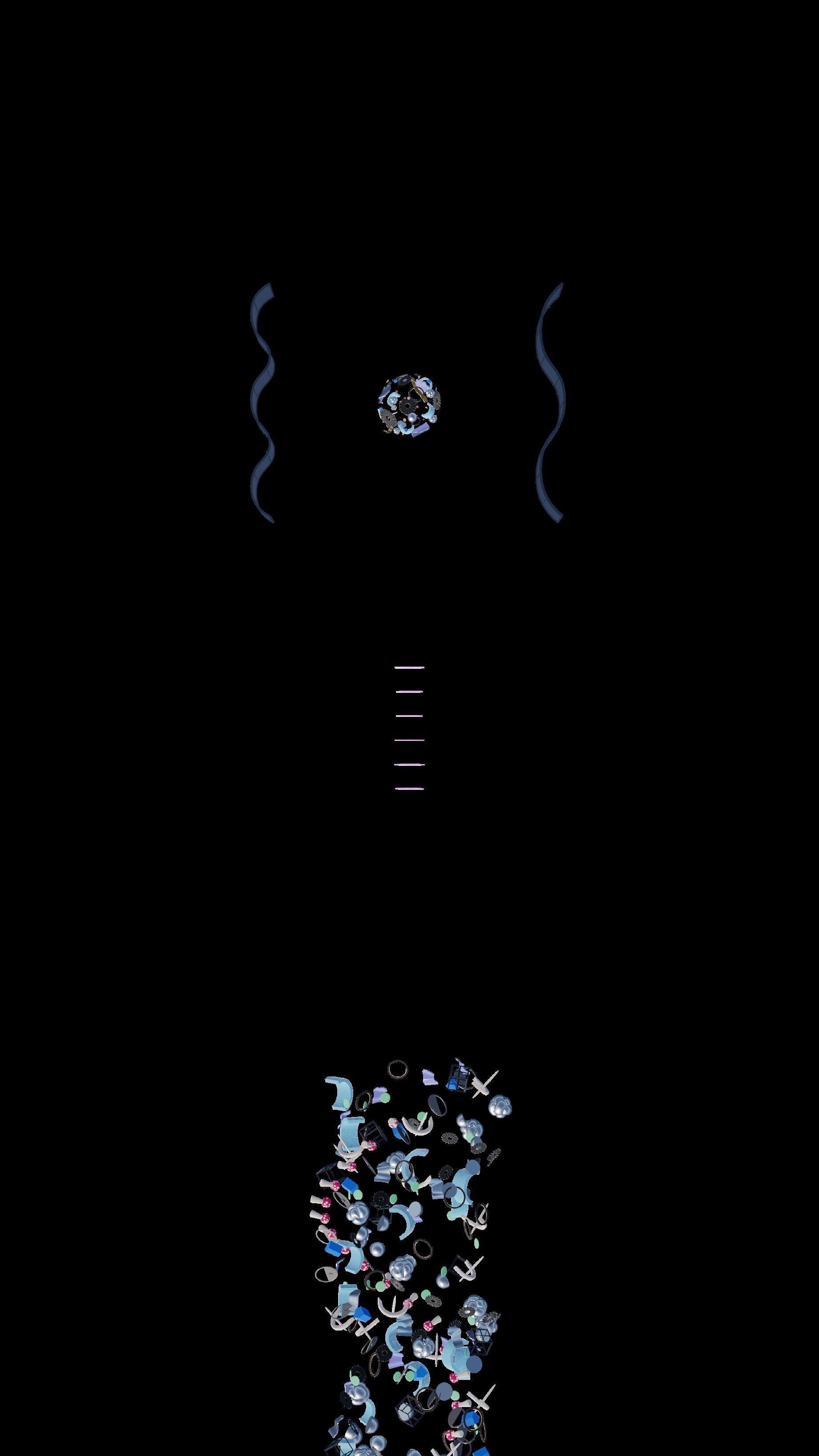
94
Suddenly, a turn in the music suggests a change is to come. A third disembodied personality, completely different in scale, enters, tentatively trying to perforate the united duet. The user is slowly pulled in by this new third disembodied personality that it is introduced to.
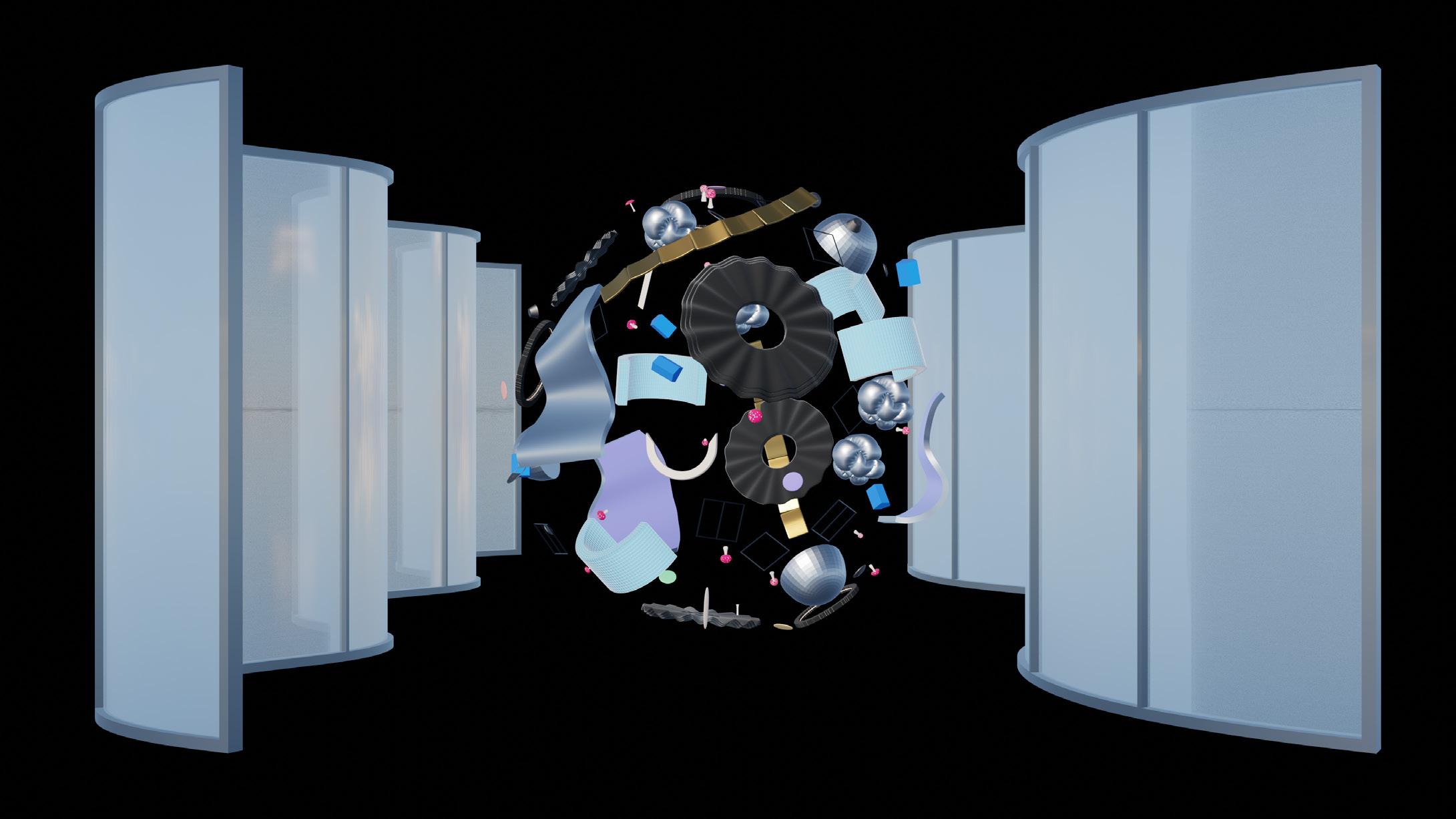
95
Solo + Duet
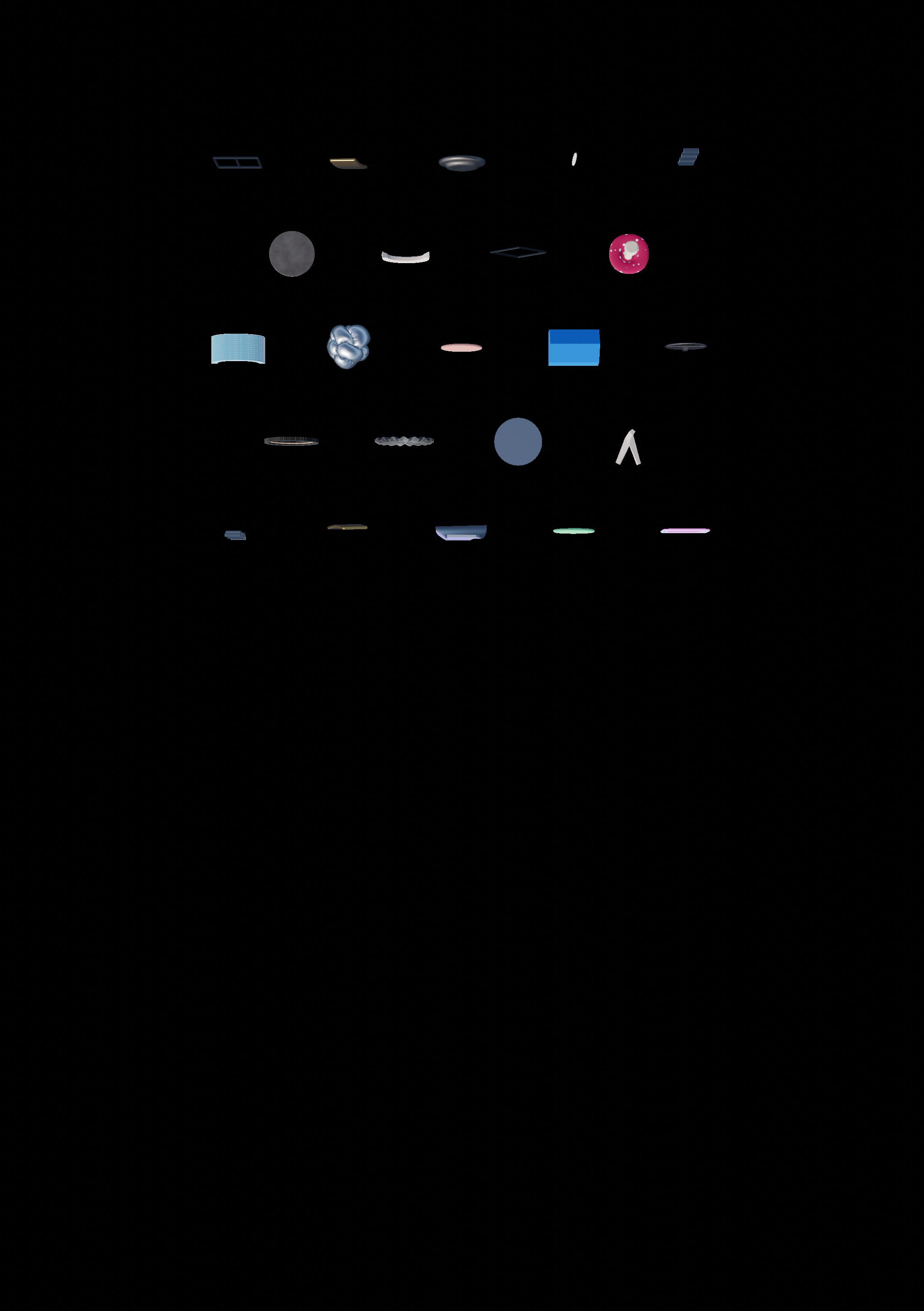
The new disembodied personality eventually succeeds in breaking through the duet space and rhythm between the elements of each disembodied personality begins to take place. The elements dance in synchronicity, through linear movements and are all at the same scale. The user slowly observes and begins to travel through the linear formation of elements.

97
Trio

98
The user then navigates through a wave like space created by the elements of the disembodied personalities; a trio is created. The wave like movements correspond to the wave like quality of the music.
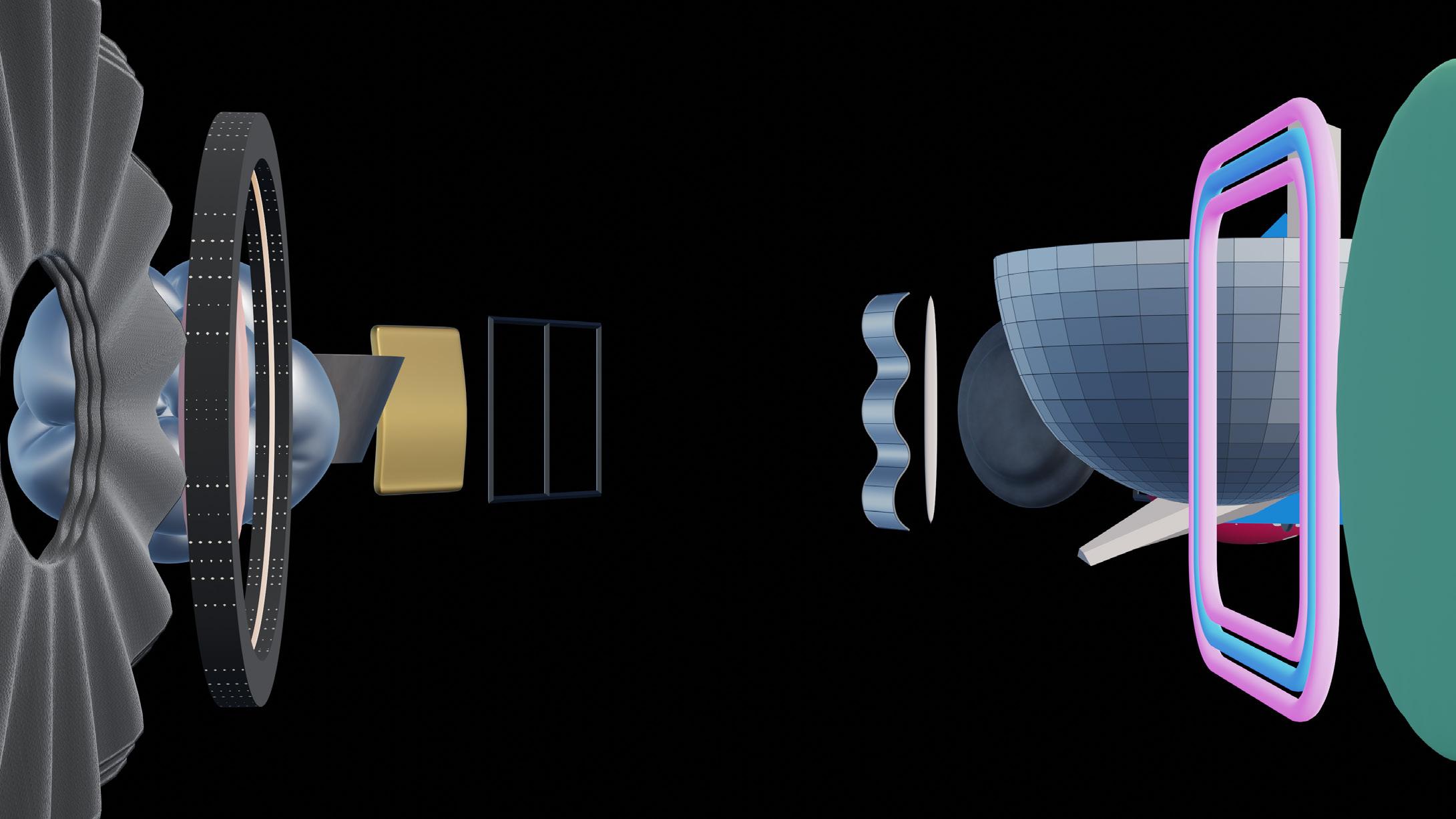
99
Trio Space
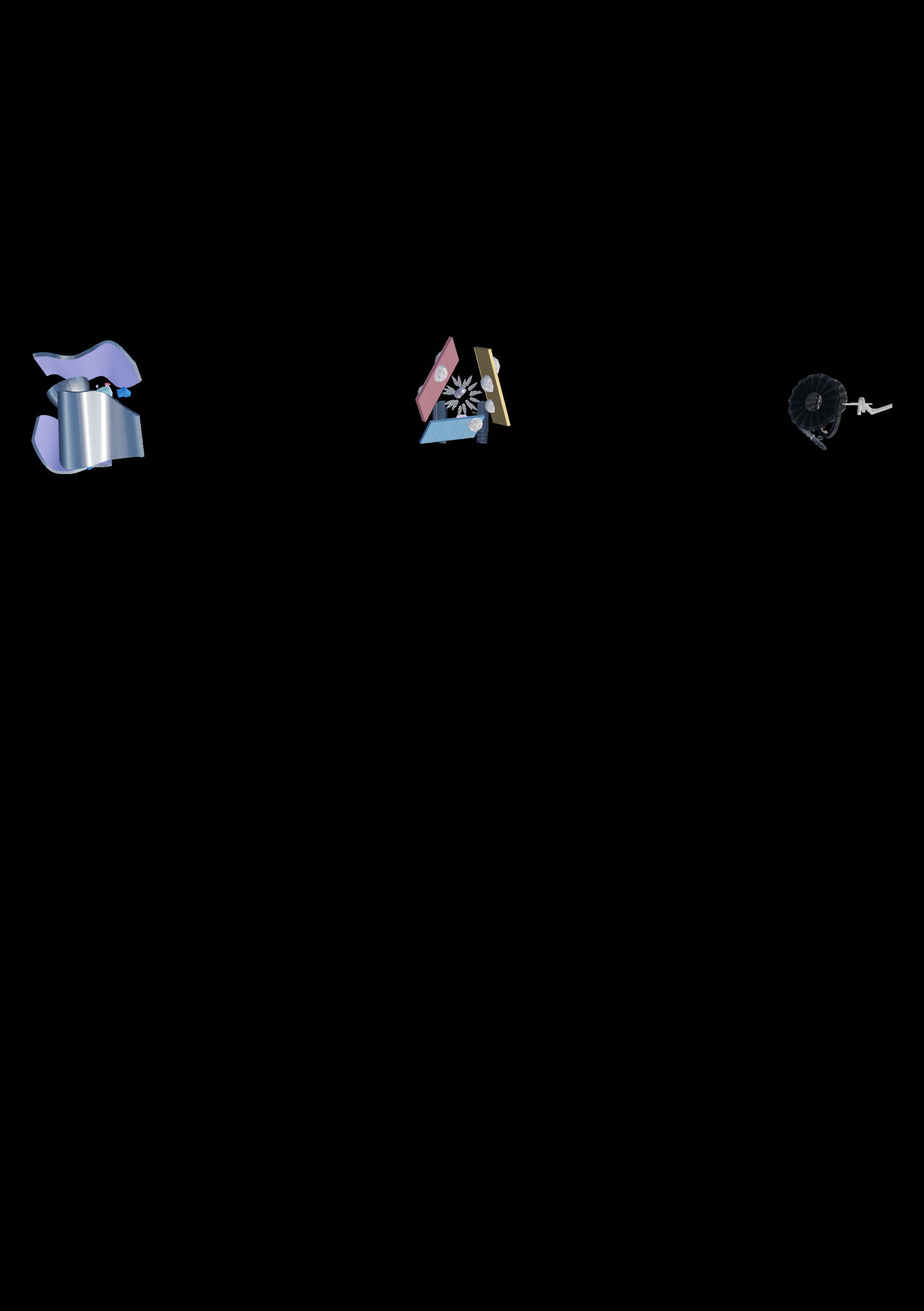
Quartet
A fourth disembodied personality enters the space, and a quartet begins to form as the four personalities move towards each other, whilst the user watches from a distance.
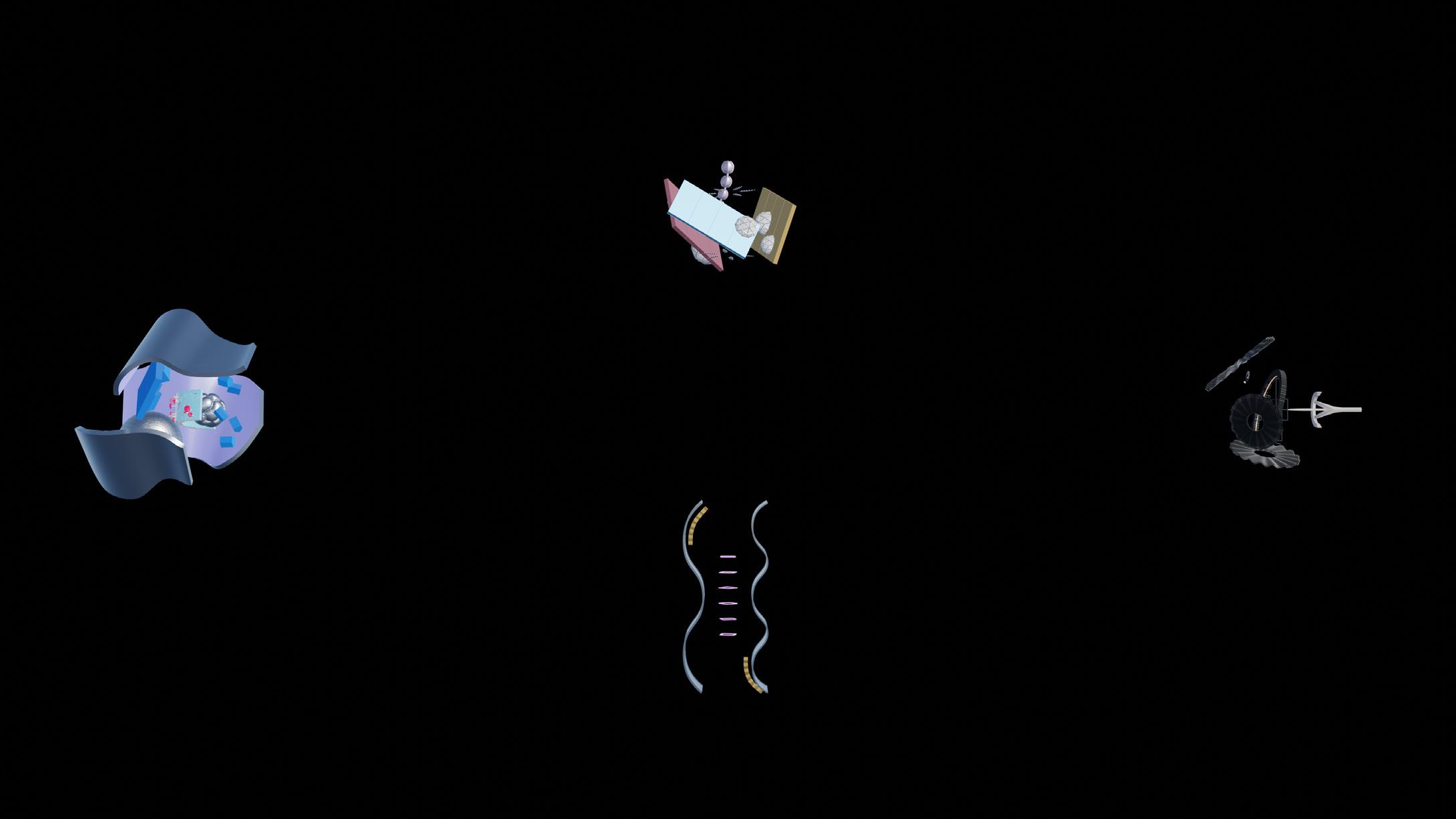
101
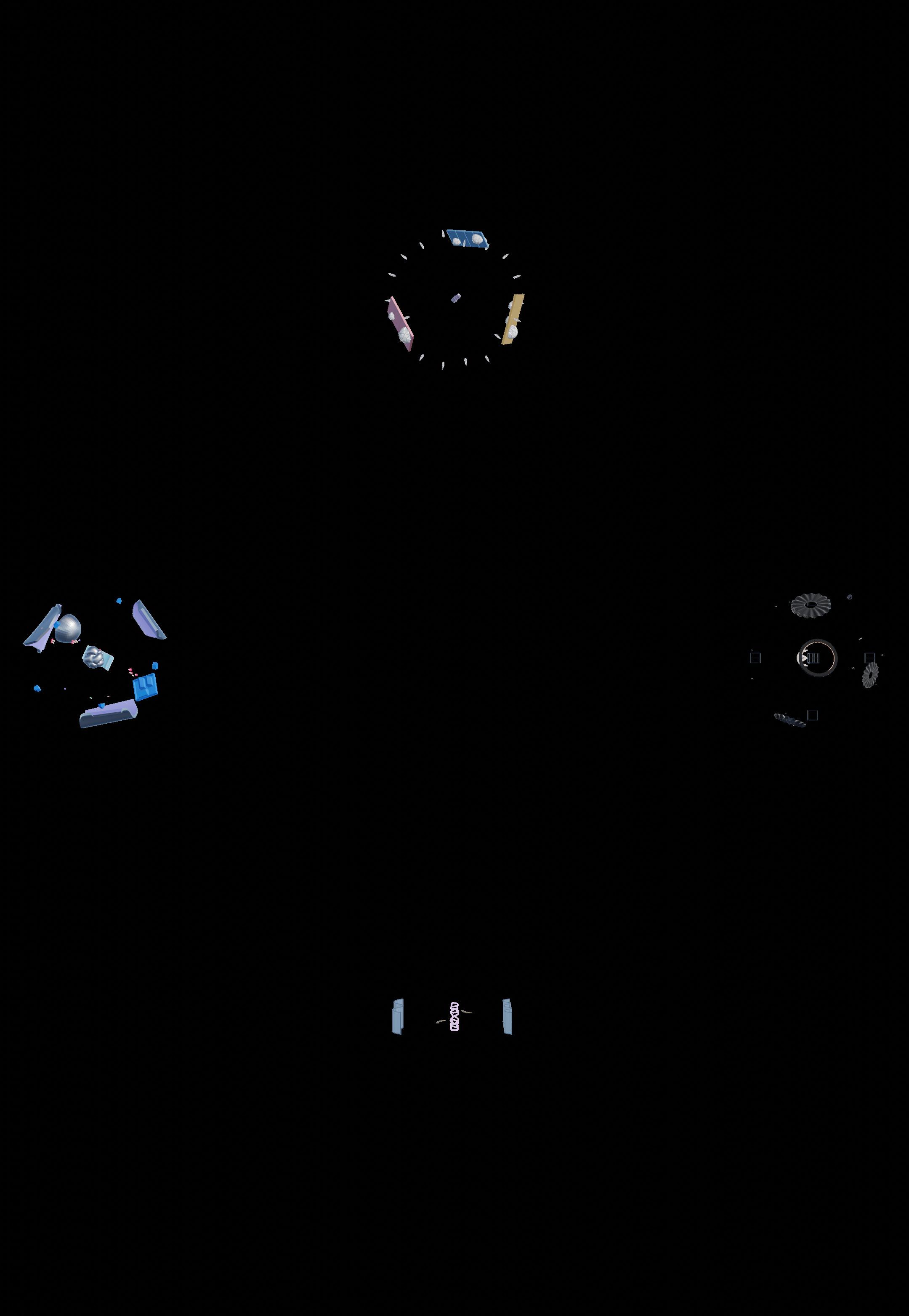
Quartet
The user is then pulled in by the other disembodied personalities, and is circled by them. The music indicates moments of tension and competition, each disembodied personality is trying to show itself off to the user, growing in scale on each musical accent.
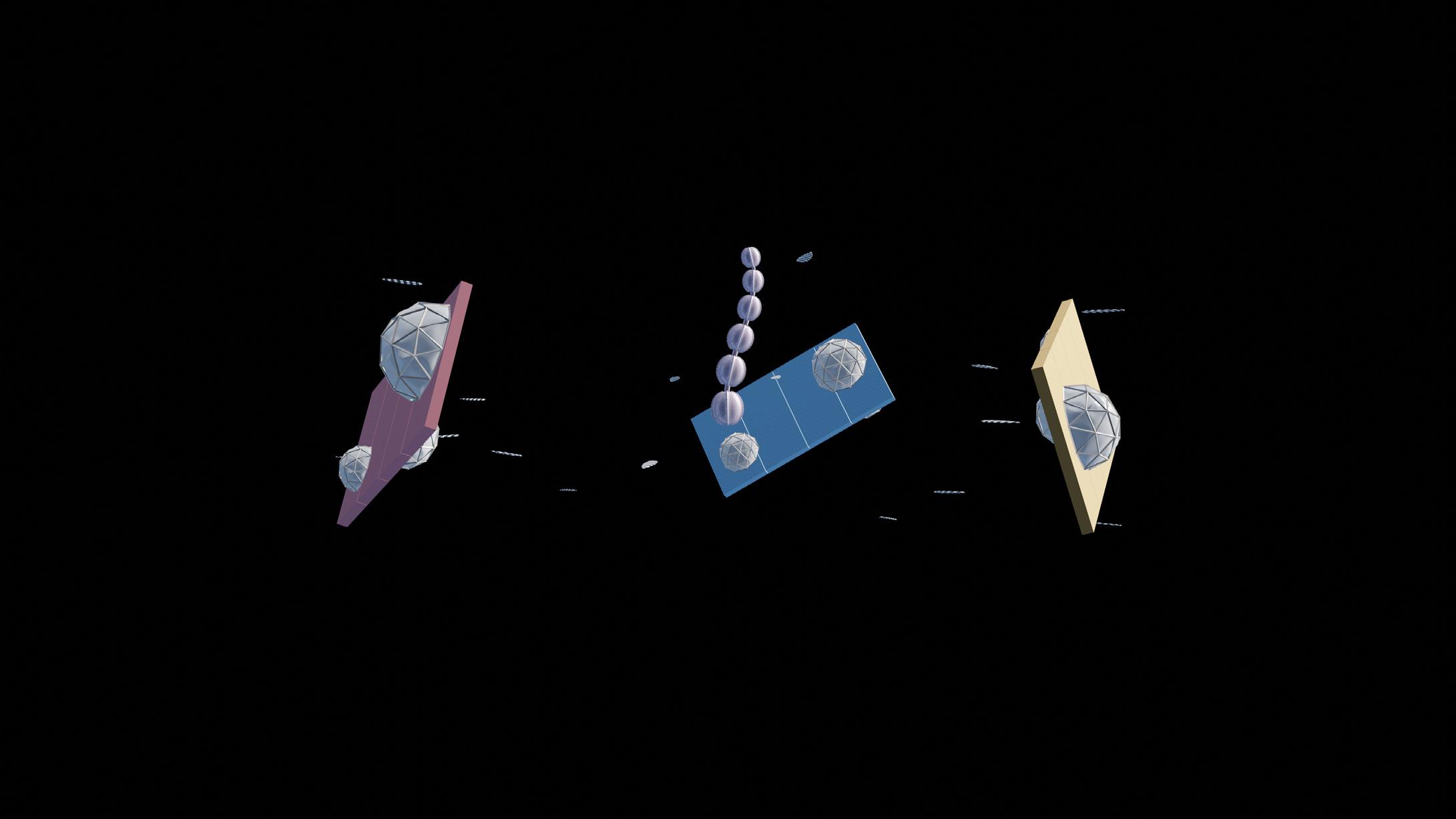
103

104
A new space is created out of the elements from the four disembodied personalities; the quartet. During a build up in the music, four wall-like structures appear, building the space before the user’s eyes. The user slowly travels through the space, and elements from the quartet jump out interacting with the user.
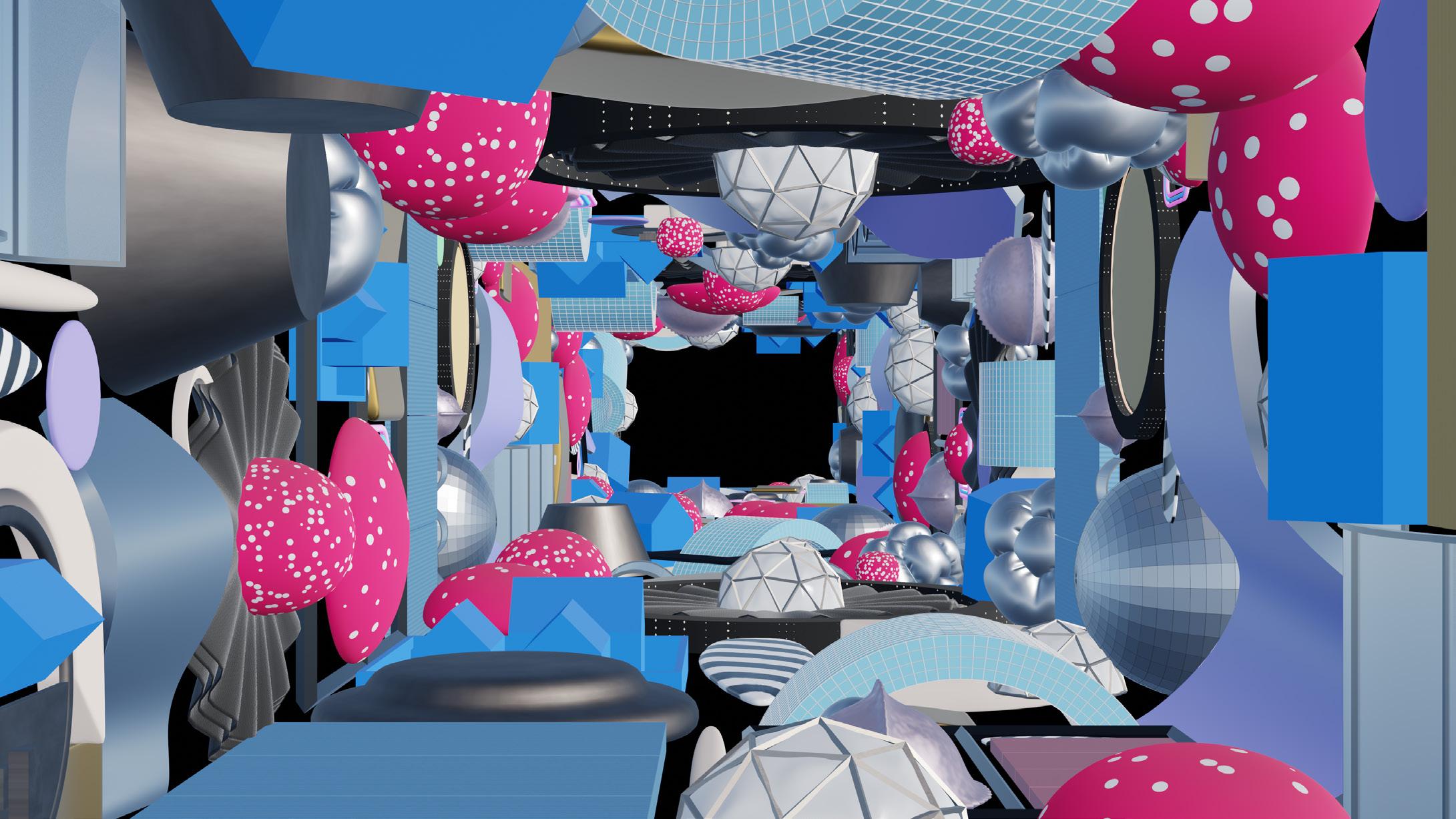
105
Quartet Space
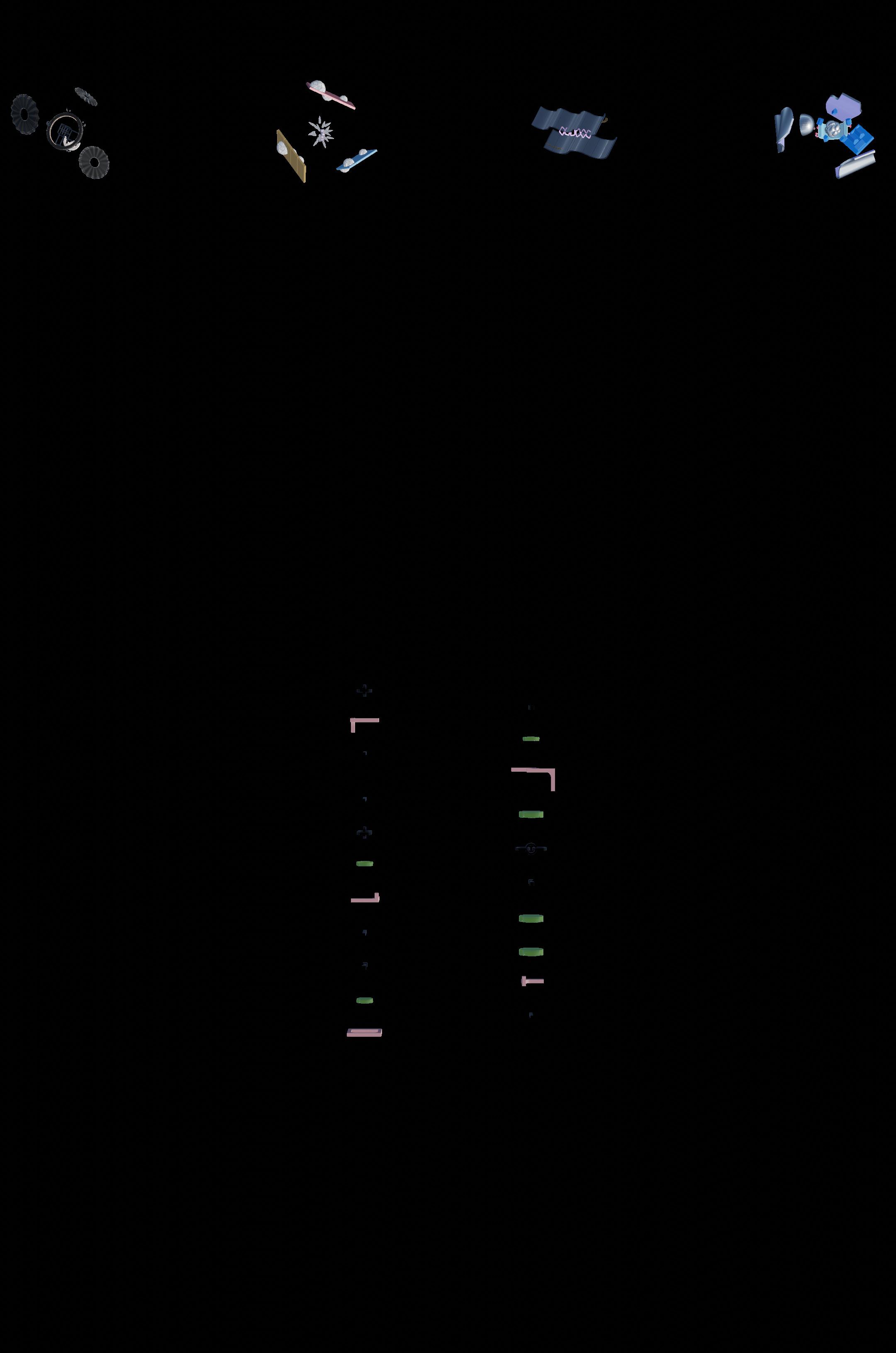
106
Solo + Quartet
A fifth disembodied personality enters the space through slow linear movement in like with the quiet accents of the music, approaching the user. At the same time, the other disembodied personalities slowly float in the space at a small scale, whilst the new personality is dominating the scene.
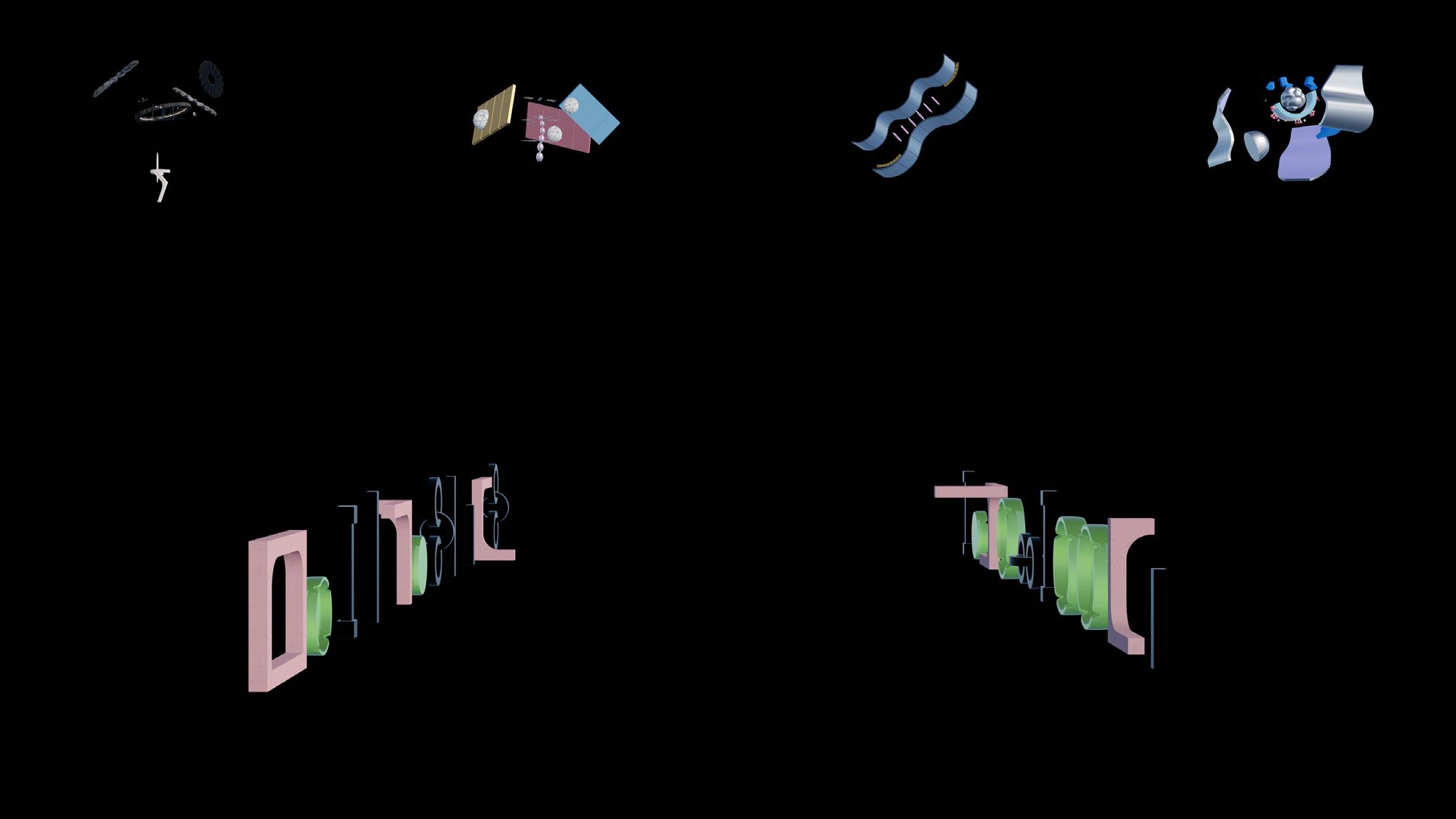
107
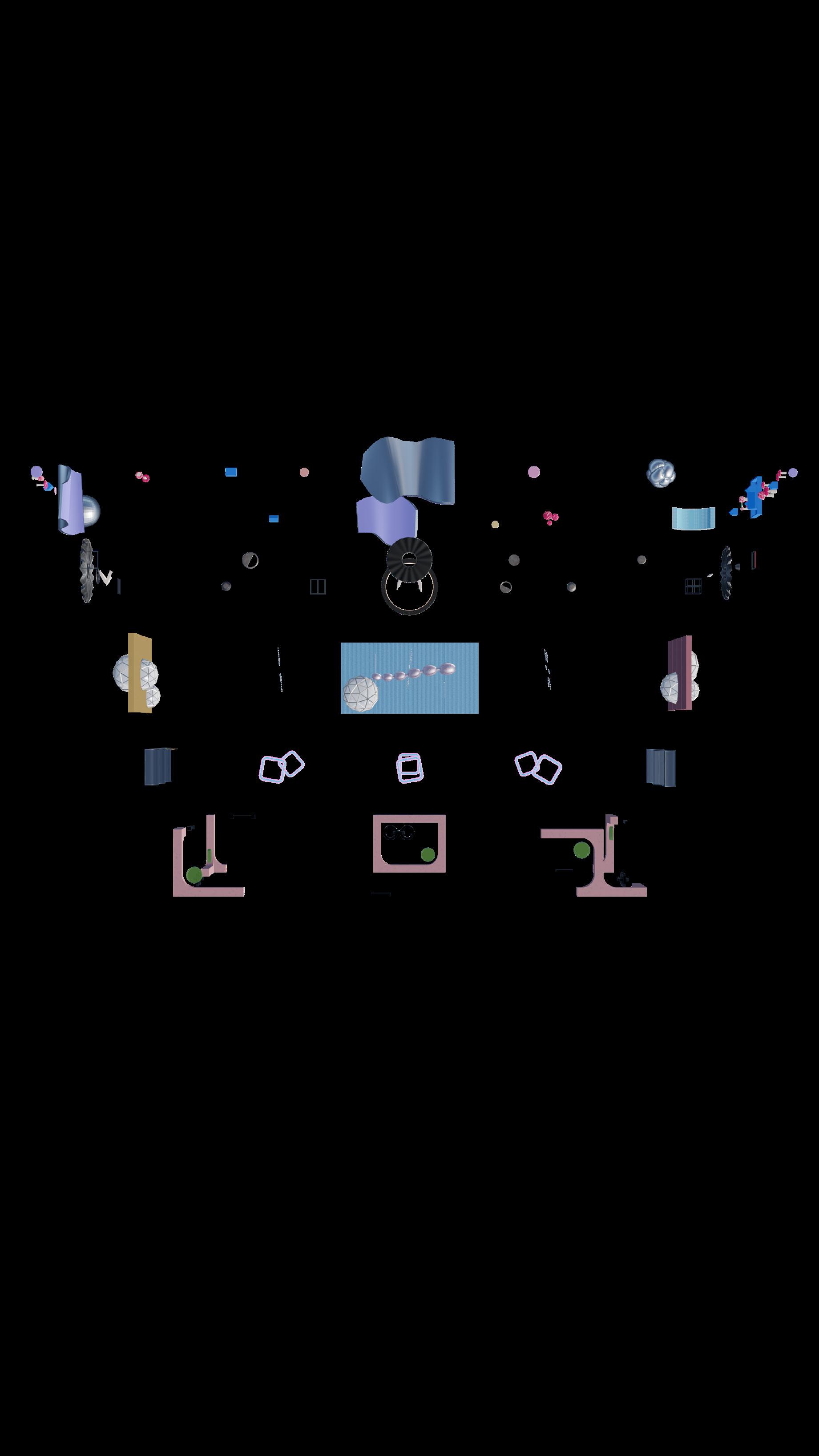
108
Quintet
The five disembodied personalities line up and explode towards the user, in line with an accented staccato in the music, indicating a change to come.
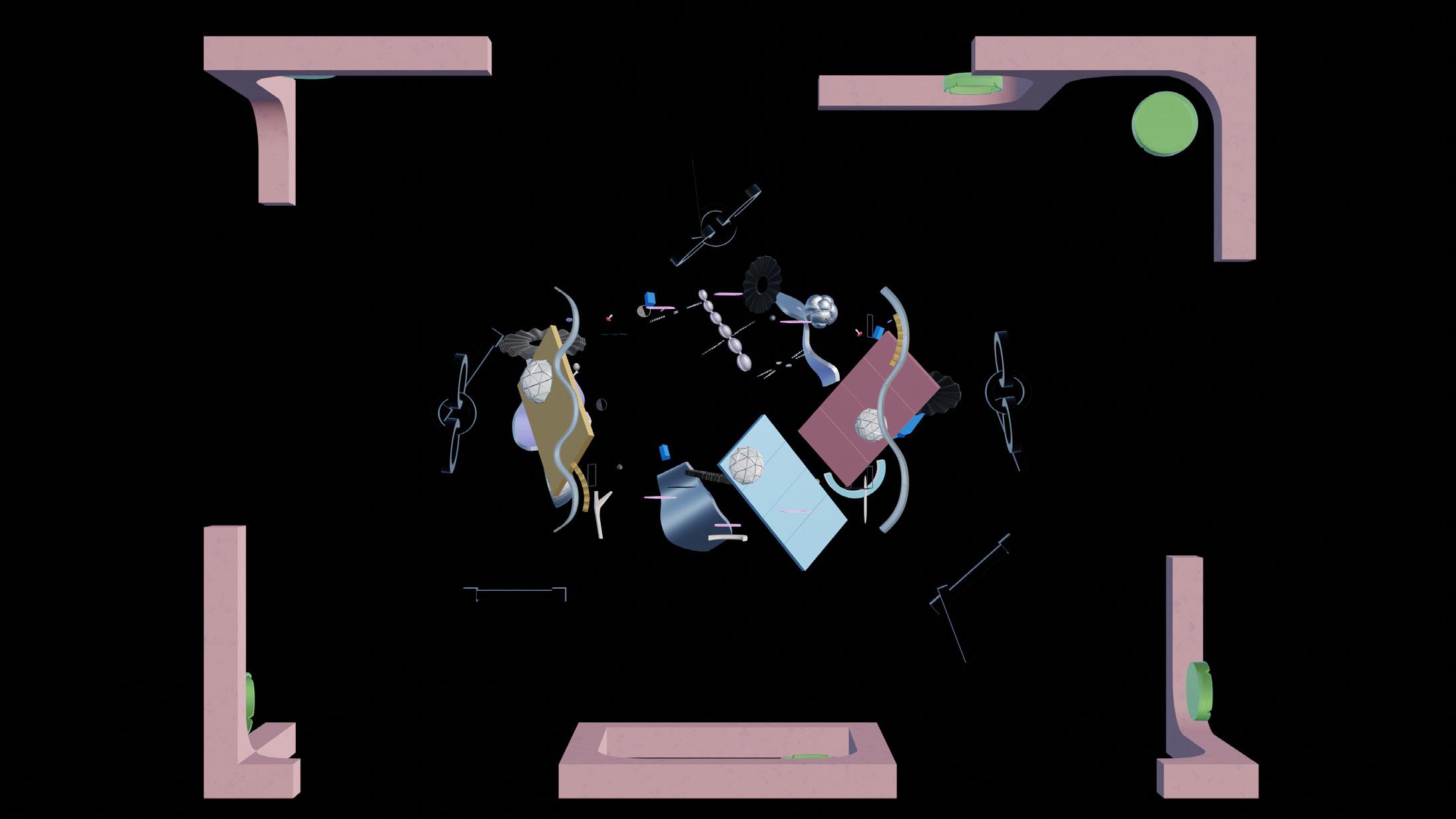
109

110
The final space is created, the quintet. The space is built before the eyes of the user, where different elements from the five disembodied personalities assemble themselves into place. The user then navigates through the quintet, in a fly through manner, whilst seeing the five disembodied personalities moving around the new structure, each on their own path.
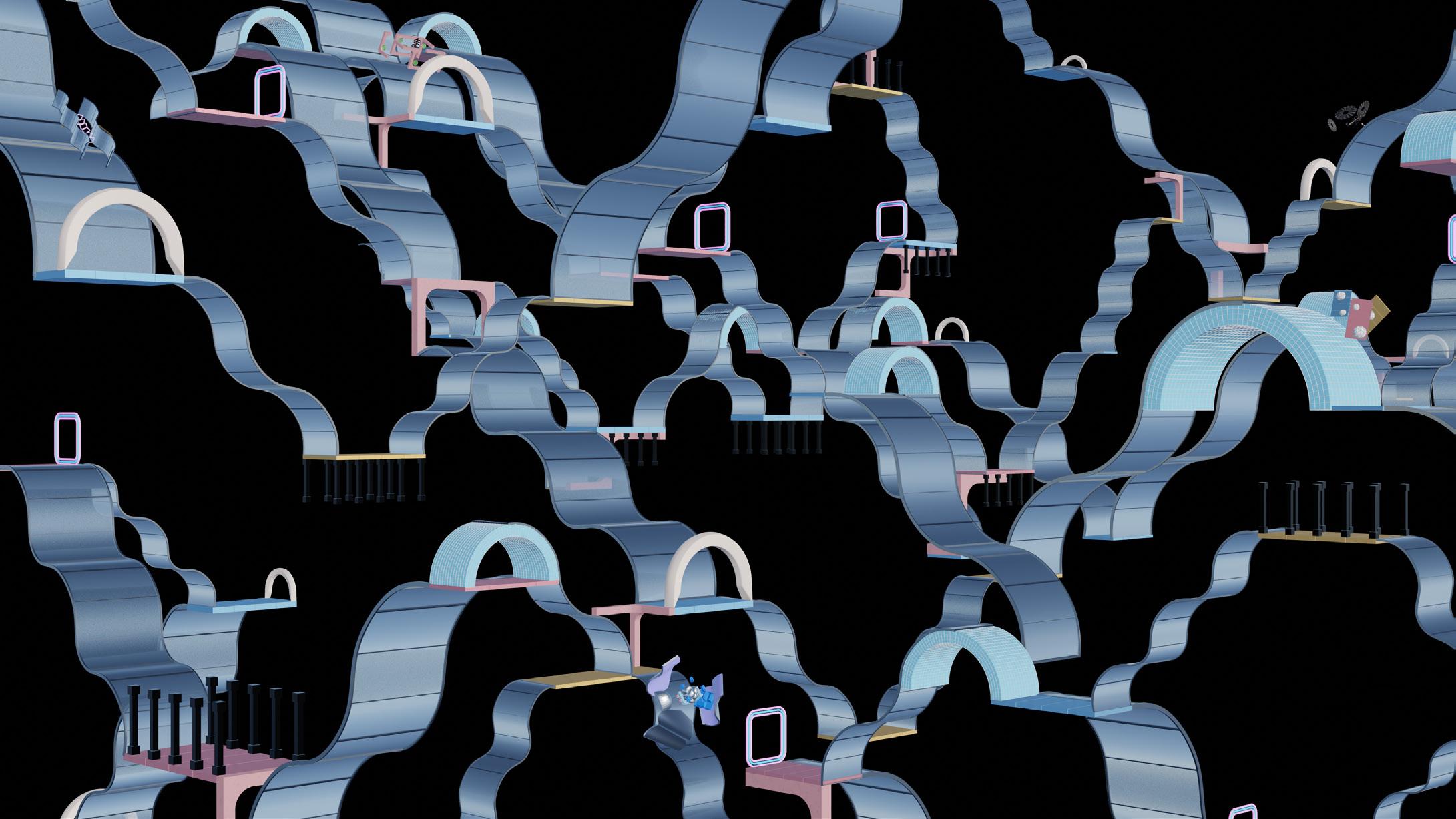
111
Quintet Space
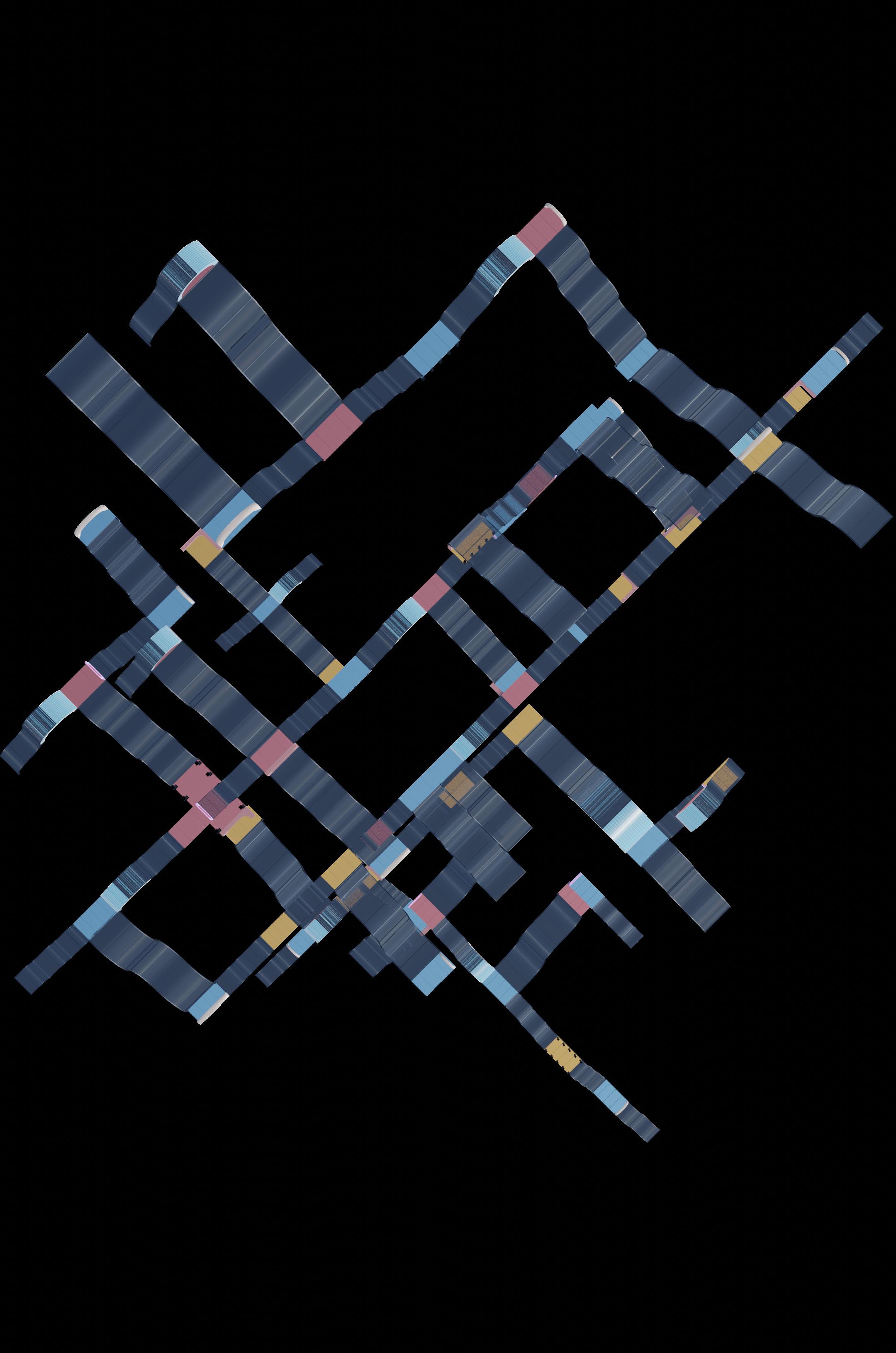
112
The user then immerses itself into the quintet, exploring the space. The movement of the user is emulated by a crescendo in the music, the peak of the choreography. The user has arrived in this final fifth space, exploring every twist and turn, navigating freely. The choreography ends with the user completing its path and exiting the metaverse platform.
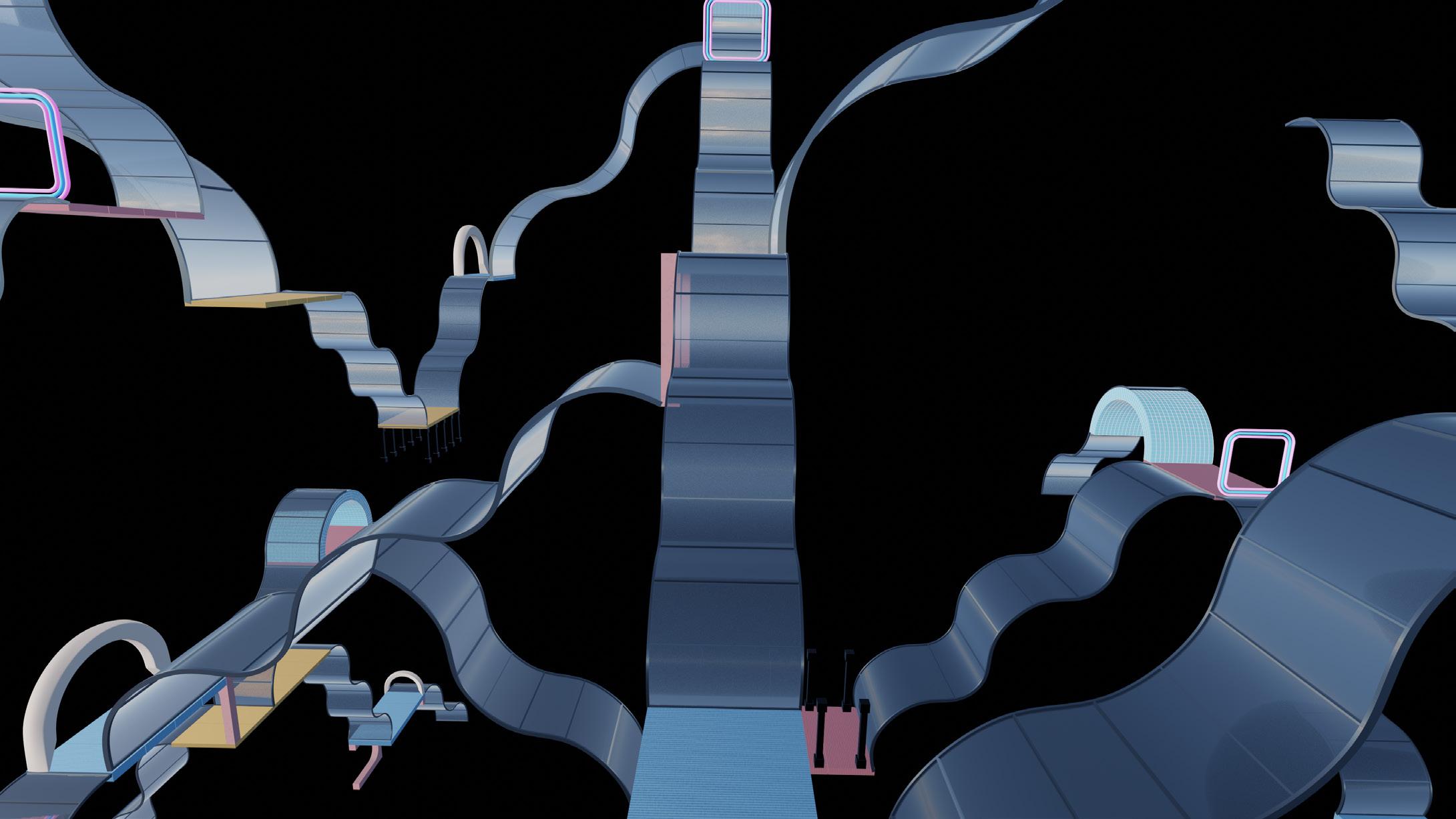
113
Quintet Space
PART 1: CREATING A DISEMBODIED PERSONALITY
Disembodied
Questionnaire Mood
PART 2: MUSIC SELECTION
PART 3: MATCHING WITH OTHERS (OPTIONAL)
PART 4: DANCE
114
Match
Personality
INPUT INPUT OUTPUT OUTPUT Individual Group
Music
A New Metaverse Platform
Whilst the choreography I have produced is staged, this concept could apply to how a real metaverse platform operates. There would be four main steps in which a user would engage with the platform:
Part 1: Creating a Disembodied Personality
Build your multilayered abstract avatar through a questionnaire that relates your identity to personal preferences.
An AI will generate an avatar defined by the aesthetics of your personal preferences which represent the different layers of your personality. Each time you do this, your results might change as identity is mutable.
Part 2: Music Selection
Input a mood, feeling or experience that resonates with you in this moment and a song or playlist will be generated for you.
Part 3: Matching with Others
(optional)
An algorithm will match you with other individuals based on musical compatibility, by linking to your Spotify.
Part 4: Dance
You will then either dance by yourself, exploring your own movements, or if you have chosen to match with others you will dance and interact with others. Different scales of interaction will create different choreographed spaces.
A user would access the metaverse platform using a smart phone, to be used as a remote for operating the movement, and either a computer, tablet, or TV screen, to be used to visualise the virtual reality. This would make the interface of the platform accessible to most people, as only simple technology is required instead of having to use suits and headsets which are not widely available or affordable.
115
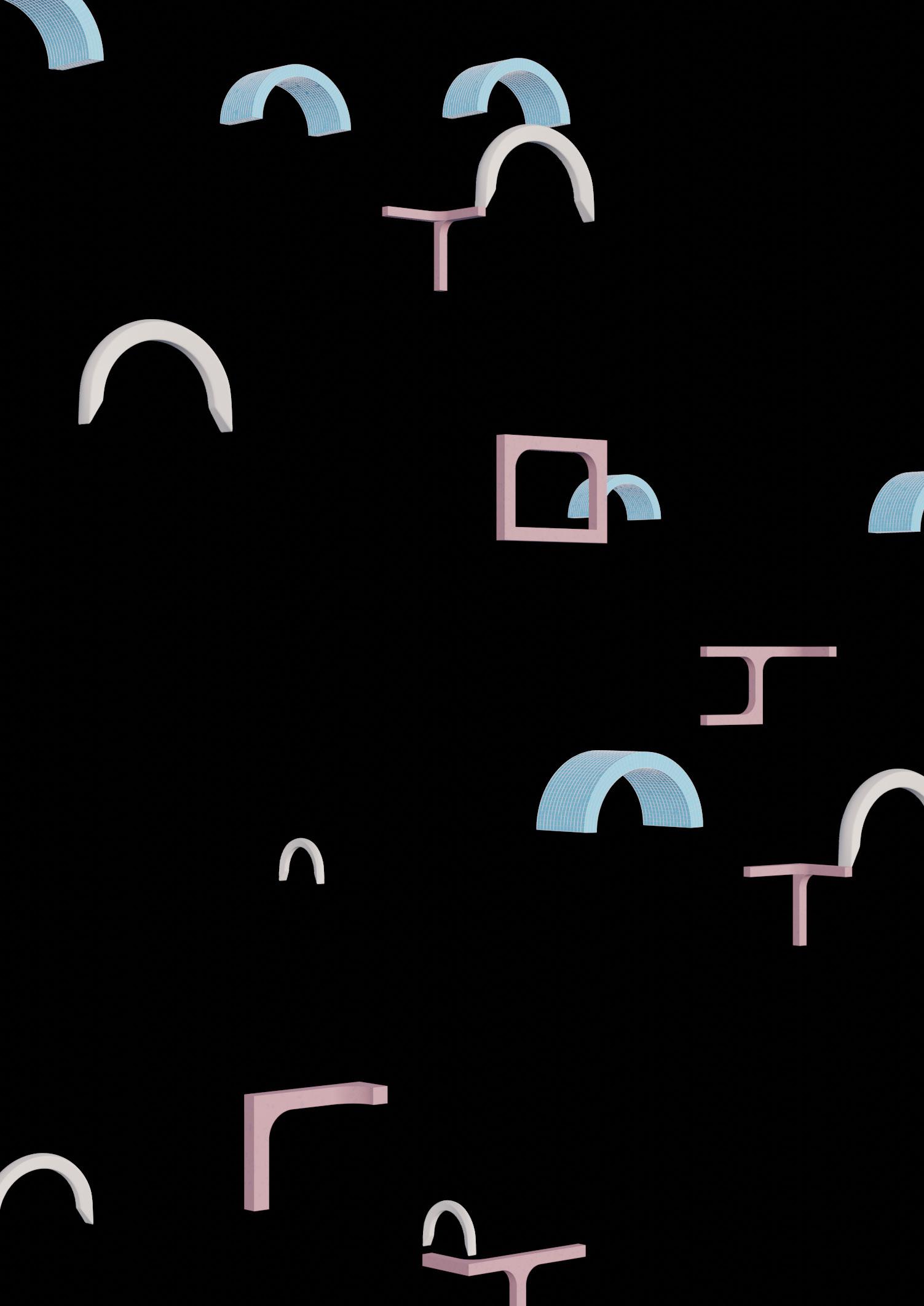
Bibliography
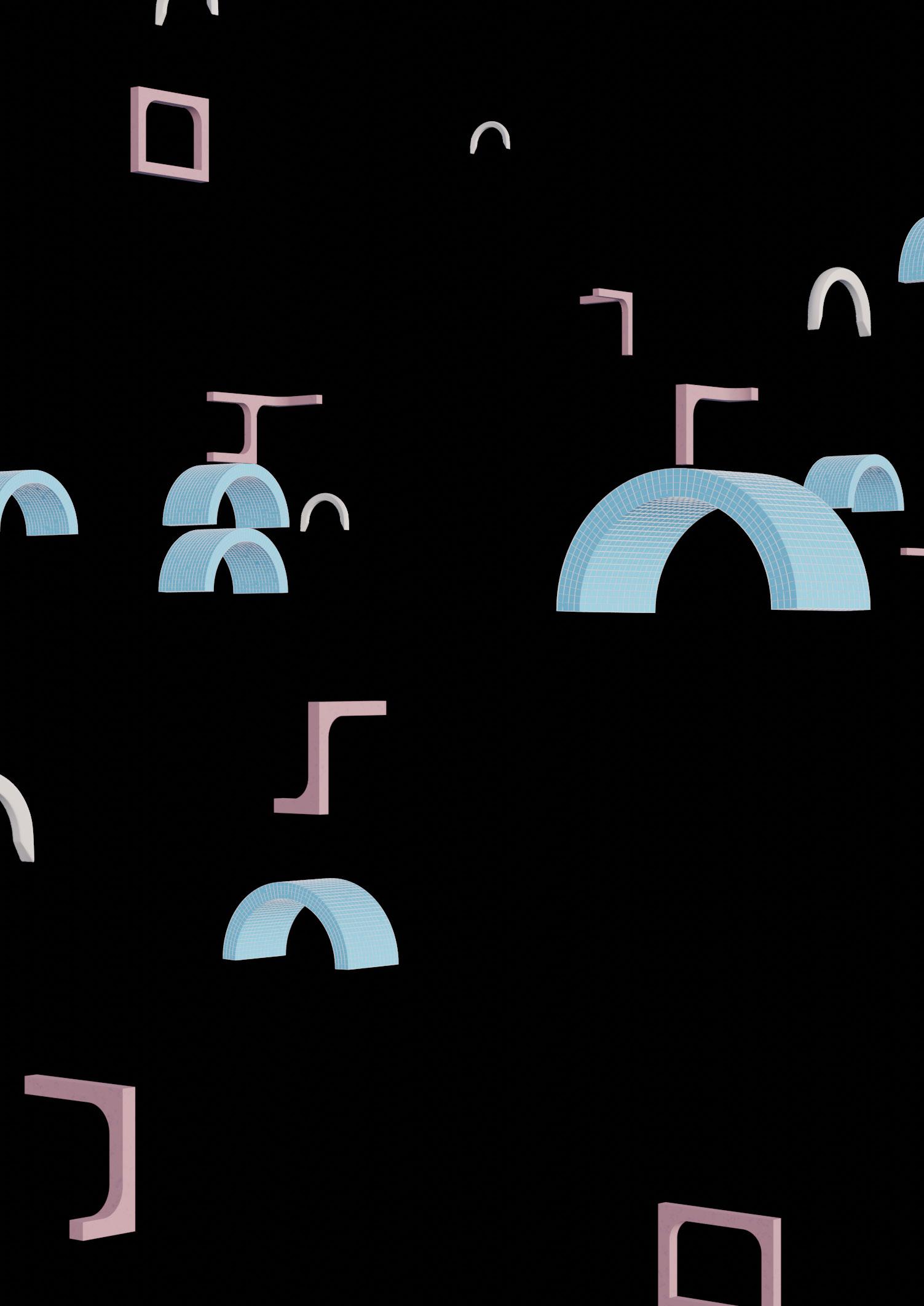
Books
Dixon, Steve, Digital Performance: A History of New Media in Theater, Dance, Performance Art, and Installation, (Massachusetts: The MIT Press, 2015)
Herhuth, Eric, Pixar and the Aesthetic Imagination, (California: University of California Press, 2017)
O’Donnell, Mark, Elementary Education: An Easy Alternative to Actual Learning, (Knopf, 1985)
Telotte, J. P., Animating Space: From Mickey to Wall-E, (Kentucky: The University Press of Kentucky, 2010)
Wolfk, Mark J. P., Building Imaginary Worlds: The Theory and History of Subcreation, (New York: Routledge, 2012)
Journals & Theses
Cohen, Dor, ‘How to dance nowhere: A pas de deux for dance and VR’, (unpublished postgraduate thesis, Royal College of Art, 2021)
Biren, Ashley, ‘Designing with Dance: The Link Between Architecture and Dance’, (Poster for the Academy of Neuroscience for Architecture’s First Annual Conference held at the Salk Institute for Biological Studies, 2012)
deLahunta, Scott, ‘Virtual Reality and Performance’, PAJ: A Journal of Performance and Art, 24.1 (2002), 105-114
Fung, Enrica, and Kristof Crolla, ‘Choreographed Architecture – Body-Spatial Exploration’, Learning, Adapting and Prototyping – Proceedings of the 23rd CAADRIA Conference, 1 (2018), 101-110
McKenzie, Jon, ‘Virtual Reality: Performance, Immersion, and the Thaw’, TDR (1988-), 38.4 (1994), 83-106
Pearson, Luke Caspar, and Sandra Youkhana, ‘World Games 2.0’, Perspecta: The Yale Architectural Journal, 54 (2022)
Pearson, Luke Caspar, ‘A machine for playing in: Exploring the videogame as a medium for architectural design’, Design Studies, 66 (2020), 144-143
Schiphorst, Thecla, ‘A case study of Merce Cunningham’s use of the LifeForms computer choreographic system in the making of Trackers’, (published postgraduate thesis, Simon Fraser University, 1993)
Stathopoulou, Dimitra, ‘From Dance Movement to Architectural Form’, (unpublished postgraduate thesis, University of Bath, 2011)
Tang, Rui, ‘The representation and re-imagining of the city in mainstream American animated feature films’, (doctoral thesis, University of Cambridge, 2020)
118
Films & Videos
Barbie, Barbie of Swan Lake, 2003
Barbie, Barbie in the Nutckracker, 2001
Cool 3D World, men in chairs, online video, YouTube, 2016, <https://www.youtube.com/ watch?v=aK_DHwH8Q-M> [accessed November 2022]
Diakur, Nikita, Ugly, online video, Vimeo, 2018, <https://vimeo.com/281529369> [accessed November 2022]
Disney, Big Hero 6, 2014
Disney, Lava, 2014
Disney, Luca, 2021
Disney, The Plausible Impossible, TV episode, 31 October 1956
Disney, Zootopia, 2016
Inspired by Iceland, Introducing the Icelandverse, online video, YouTube, 2021, <https://www. youtube.com/watch?v=enMwwQy_noI> [accessed November 2022]
MCCS Goldsmiths, Dancing into the Metaverse: a real-time virtual dance experience, online video, YouTube, 2021, <https://www.youtube.com/watch?v=aNg-gqZNYR0> [accessed November 2022]
Oscars, Deconstructing Big Hero 6: Creating San Fransokyo, online video, YouTube, 2015, <https://www.youtube.com/watch?v=sY5B11xbQ_c> [accessed October 2022]
Palazzo Grassi - Punta della Dogana, Art Conversation - intervista a Haim Steinbach, online video, YouTube, 2016, <https://www.youtube.com/watch?v=fRT1NOpGb8Y&t=23s> [accessed 29 November 2022]
Spielber, Steven, Ready Player One, 2018
Warburton, Alan, Goodbye Uncanny Valley, online video, Vimeo, 2017, <https://alanwarburton. co.uk/goodbye-uncanny-valley> [accessed 21 October 2022]
VentureBeat, Building the future of dance, expression and movement in games for the metaverse, online video, Vimeo, March 2022, <https://vimeo. com/699245704?embedded=true&source=vimeo_logo&owner=7894877> [accessed 14 November 2022]
119
Artworks
Bass Math, Body No Body Body, 2012, sculpture
Benning, Sadie, Transitional Effects, 2011, sculpture
Brown, Trisha, Walking on the Wall, 1971, performance
Cage, John, Theatre Piece No. 1, 1952, performance
Cassils, Heather, Monument Push, 2013, sculpture
Cunningham, Merce, Trackers, 1991, dance piece
Cunningham, Merce, CRWDSPCR, 1996, dance piece
Cunningham, Merce, and OpenEndedGroup, Biped, 1999, digital dance piece
Cunningham, Merce, Paul Kaiser, Shelley Eshkar, Hand Drawn Spaces, 1998, digital dance piece
Forsythe, William, Black Flags, 2014, sculpture
Forsythe, William, Choreographic Objects, 1990-Present, series of artworks
Forsythe, William, Improvisation Technologies, 1949, dance piece
Forsythe, William, and dECOi, Either/I, 1995, dance piece & pavilion
Forsythe, William, and Ohio State University’s Advanced Computing Centre for Arts and Design, Synchronous Ibjects for One Flat Thing, reproduced, 2009, 3D animation, dance, data, objects
Gober, Robert, Untitled, 1984, sculpture
Groeneboer, Jonah, bent hip, 2014, sculpture
Groeneboer, Jonah, Untitled (still of a 4D object #3), 2014, sculpture
Gormley, Antony, Still Standing: A Contemporary Intervention in the Classical Collection, exhibition, 23 September 2011 – 15 January 2012, The State Hermitage Museum, St. Petersburg. Russia
Hall, Gordon, SET (V), 2014, sculpture
Hall, Gordon, Sitting (Brick Object) (III), 2019, sculpture
Huyghe, Pierre, UUmwelt, 2018, still images created using AI
Jones, T. Bill, and OpenEndedGroup, Ghostcatching, 1999, digital dance piece
Laric, Oliver, Metamorphosis, 2021, sculpture
120
Landerer, Felix, I contain multitudes, 2023, dance piece
Lee, Jan, and Tim Murray-Browne, Movement Alphabet, 2016, digital dance piece
Muller, Urike, Curls, 2017, sculpture
McLaren, Norman, Pas de Deux, 1968, dance film
Ping, Wong, Fables 1 & 2, 2018-2019, animation
Podgórska, Natalia, Garden is an Island, 2021, animation
Podgórska, Natalia, VR Garden, 2020, animation
Robertson, Ro, birth, build, shift, 2022, sculpture
Sahib, Prem, You & Me Both II, 2013, sculpture
Sato, Masahiko, and Euphrates, Ballet Rotoscope, 2011, digital dance piece
Steinbach, Haim, exuberant relative #2, 1986, sculpture
Whiteley, Alexander, Chaotic Body 2: Liminal Phase, 2021, VR dance piece
Williams, Ben Cullen, Cold Flux, 2021, AI art
Universal Everything, Communion, 2020, digital art
Universal Everything, Future You, 2018, digital art
Universal Everything, Transfiguration, 2020, digital art
von Laban, Rudolf, Space Harmony, 1920s, dance theory & performance
Websites
Papamargariti, Eva, Eva Papamargariti, <https://evapapamargariti.com/> [accessed November 2022]
Pelletier, Mike, mike pelletier nl, <https://mikepelletier.net/> [accessed November 2022] pussykrew, pussykrew, <https://hybrid-universe-emulation.net/> [accessed November 2022]
McLeod, Alex, Environments - Alex McLeod Forever, <https://www.alxclub.com/> [accessed November 2022]
Monaghan, Jonathan, Jonathan Monaghan, <https://jonathanmonaghan.com/> [accessed November 2022]
Nakama, Kouhei, Kouhei Nakama, <http://kouheinakama.com/> [accessed November 2022]
121
Omoss, Albert, Work - Albert Omoss, <https://omoss.io/> [accessed November 2022]
Terraform Studios, Terraform Studios, <https://terraformstudios.com/> [accessed October 2022]
ZEITGUISED, ZEITGUISED, <https://zeitguised.com/> [access November 2022]
#HYPERREALCG, <https://hyperrealcg.tumblr.com/> [accessed November 2022]
Online Articles
Jacobs, Ellen, ‘When Merce Cunningham Took On a New Collaborator: The Computer’, The New York Times, 1 September 2020, <https://www.nytimes.com/2020/09/01/arts/dance/mercecunningham-computer-LifeForms.html> [accessed November 2022]
Leitch, Luke, ‘Glitches, Glamour And Graphics Cards: Notes From Decentraland’s First Metaverse Fashion Week’, Vogue, 29 March 2022, <https://www.vogue.co.uk/fashion/article/metaversefashion-week-takeaways> [accessed November 2022]
Parkes, James, ‘Five video games where architecture creates a “lifelike and immersive experience”’, dezeen, 21 June 2022, <https://www.dezeen.com/2022/06/21/video-gameatlas-architecture-roundup/> [accessed November 2022]
Pearse, Justin, ‘How could the Metaverse affect our urban environments?’, NewDigitalAge, <https://newdigitalage.co/social-media/how-could-the-metaverse-affect-our-urbanenvironments/#:~:text=For%20urban%20planning%2C%20the%20metaverse,%2C%20 transportation%2C%20and%20community%20services.> [accessed October 2022]
Pearson, Luke Caspar, and Sandra Youkhana, ‘The metaverse doesn’t look as disruptive as it should, it looks ordinary – here’s why’, The Conversation, 1 April 2022, <https://theconversation. com/the-metaverse-doesnt-look-as-disruptive-as-it-should-it-looks-ordinary-heres-why-175866> [accessed October 2022]
Randell, Janet, ‘Dance and the Computer - Merce Cunningham’, Cedar Dance, 2019, <https:// cedardance.com/dance-the-computer-merce-cunningham/> [accessed November 2019]
Stouhi, Dima, ‘From Backdrop to Spotlight: The Significance of Architecture in Video Game Design’, ArchDaily, 16 June 2020, <https://www.archdaily.com/938307/from-backdrop-tospotlight-the-significance-of-architecture-in-video-game-design#:~:text=In%20gaming%20 design%2C%20architecture%20is,real%2C%20and%20what%20is%20imaginary.> [accessed November 2022]
Velimirović, Andreja, ‘How did Situationism Influence Art History?’, Wide Walls, 26 November 2016, <https://www.widewalls.ch/magazine/situationism-influence-history> [accessed November 2022]
Zeilinger, Julie, ‘The Disturbing Trend in Almost Every Female Pixar Character’, MIC, 20 March 2015, <https://www.mic.com/articles/113332/the-disturbing-trend-in-almost-every-femalepixar-character-br>
122
